Lebanon - Crossroads of Cultures
In July 2019, a wedding of one my best friends gave me the chance to visit another country in the Middle East: Lebanon. The history of the country and its natural setting result in a truly diversified experience. Assyrian, Hellenistic, Roman, Phoenician, Persian influences are evident throughout the country, which features everything from beaches, green mountains, nightlife, skiing in the winter, and some of the most impressive ancient sites in the world.
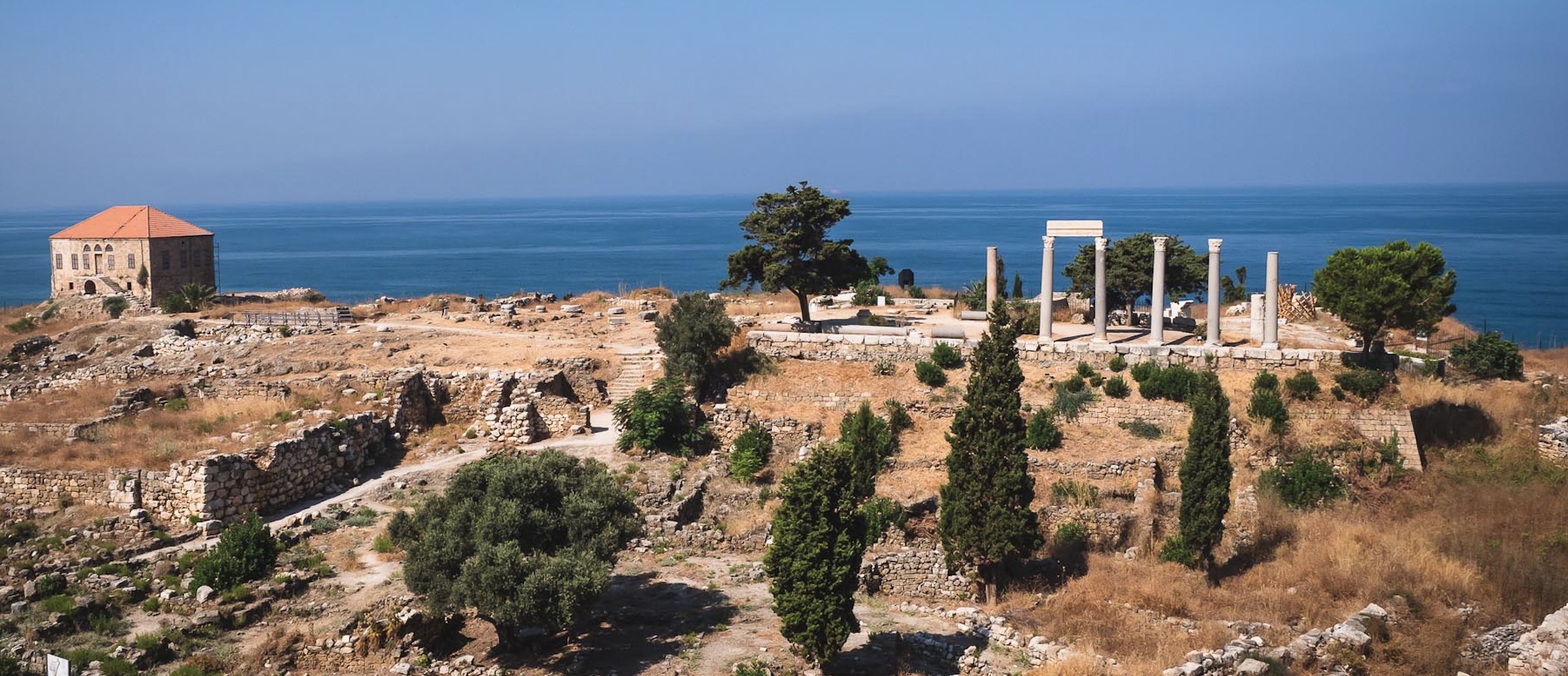
In July 2019 a wedding of one my best friends gave me the chance to visit another place in the Middle East: Lebanon. The history of the country and its natural setting result in a truly diversified experience. Assyrian, Hellenistic, Roman, Phoenician, Persian influences are evident throughout the country, which features everything from beaches, green mountains, nightlife, skiing in the winter, and some of the most impressive ancient sites in the world. While there is work to do to improve the traffic situation and general conditions of its major attractions, and the political situation remains challenging, it’s absolutely worth a visit (or two). During the 5 days, I visited Byblos, Harissa, the Jeita Grotto, Baalbek and explored parts of Beirut. Oh, and even passed by the Casino du Liban, once my mum told me my late grandfather and uncle had been there in the 1970s.
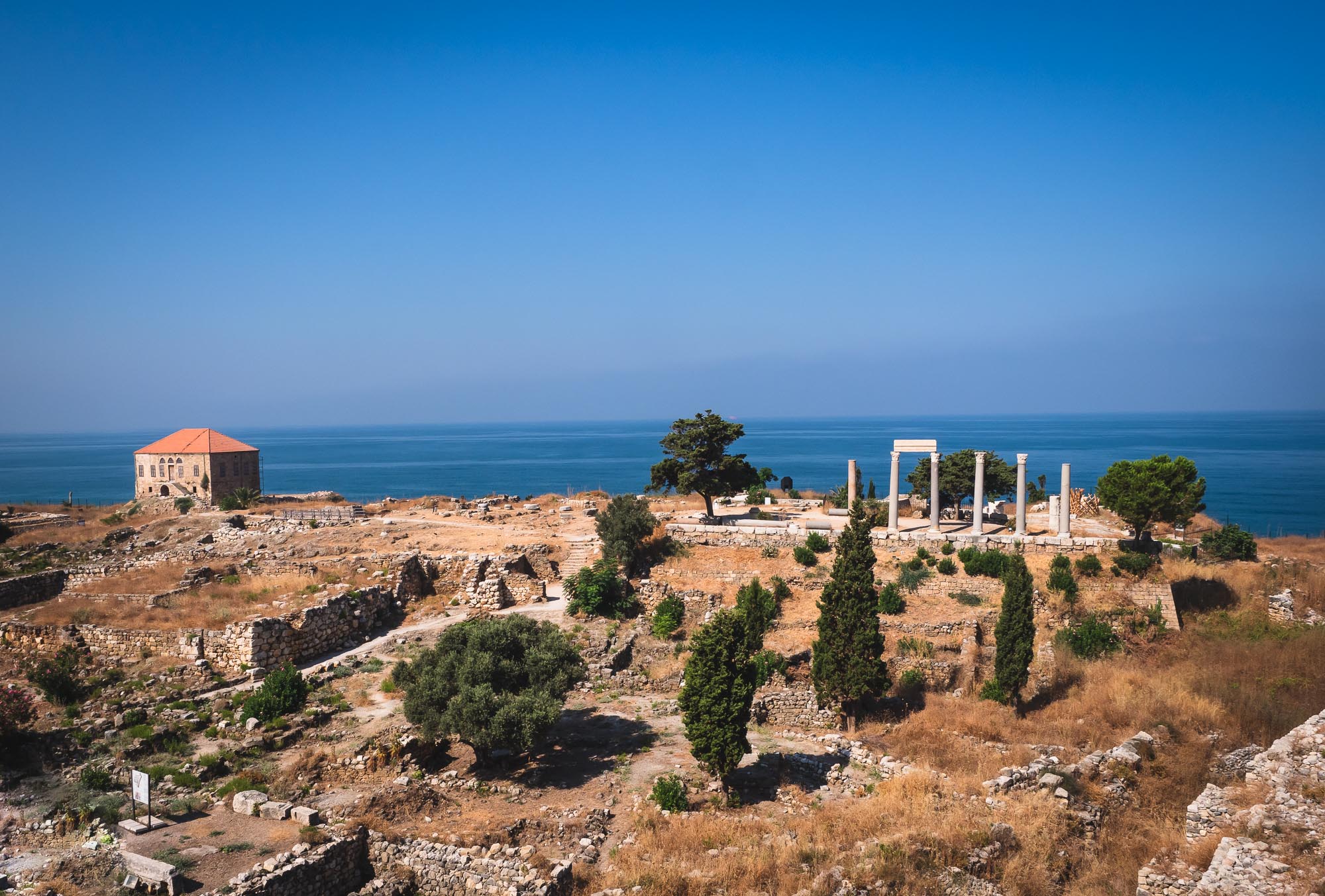
Contrasts
The traditional Lebanese house overlooking the Mediterranean sea is situated just next to the ruins of the Byblos castle area.
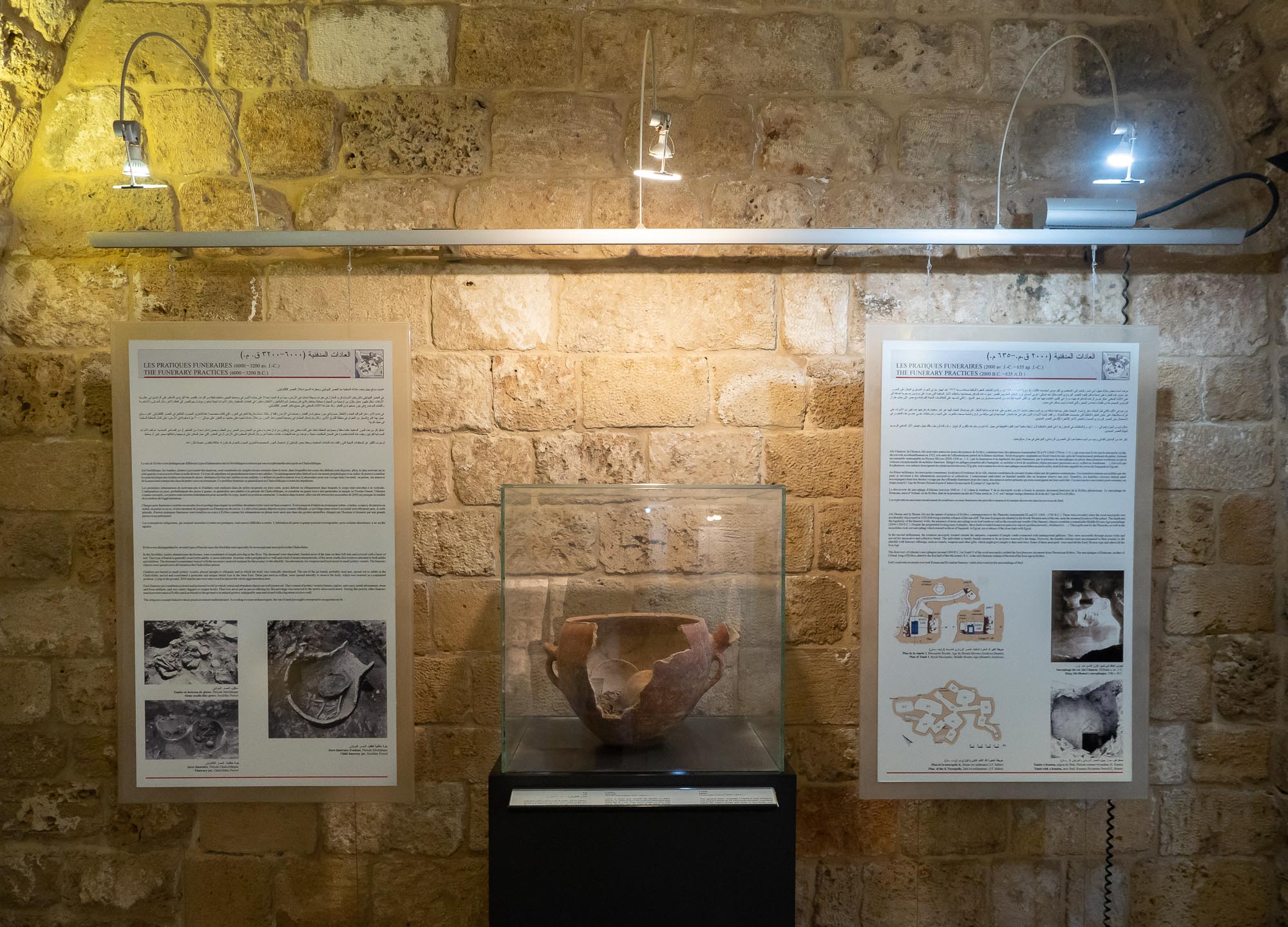
Artifacts
The museum in the castle features ornaments going back more than 5000 years. Byblos was first occupied in 7-8000 BC, and continuously inhabited since 5000 BC, making it one of the oldest continuously inhabited cities in the world.
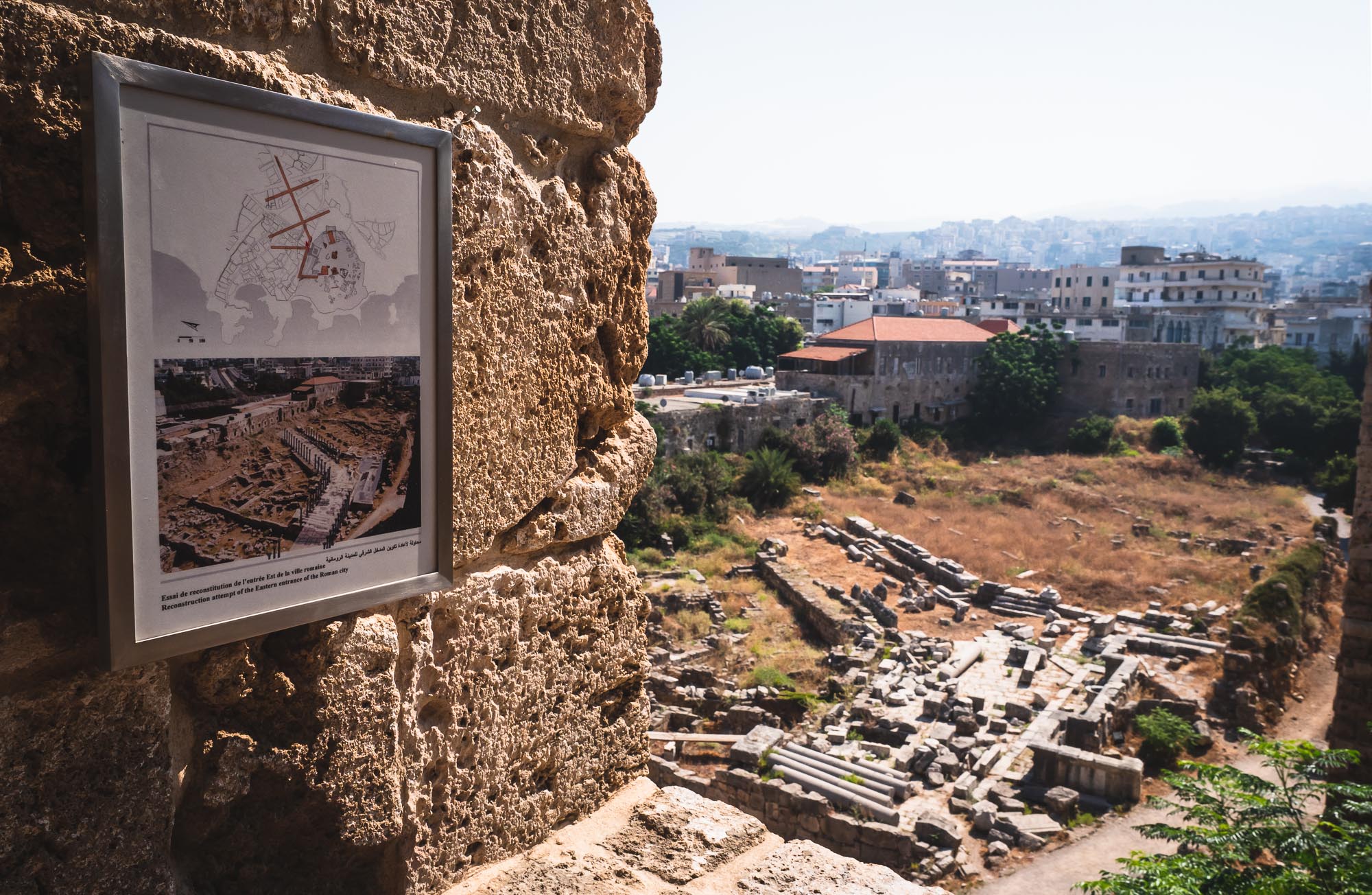
Ruins of the Roman City
The rendering on the left shows the eastern entrance to the Roman city, while the real ruins are currently undergoing reconstruction.
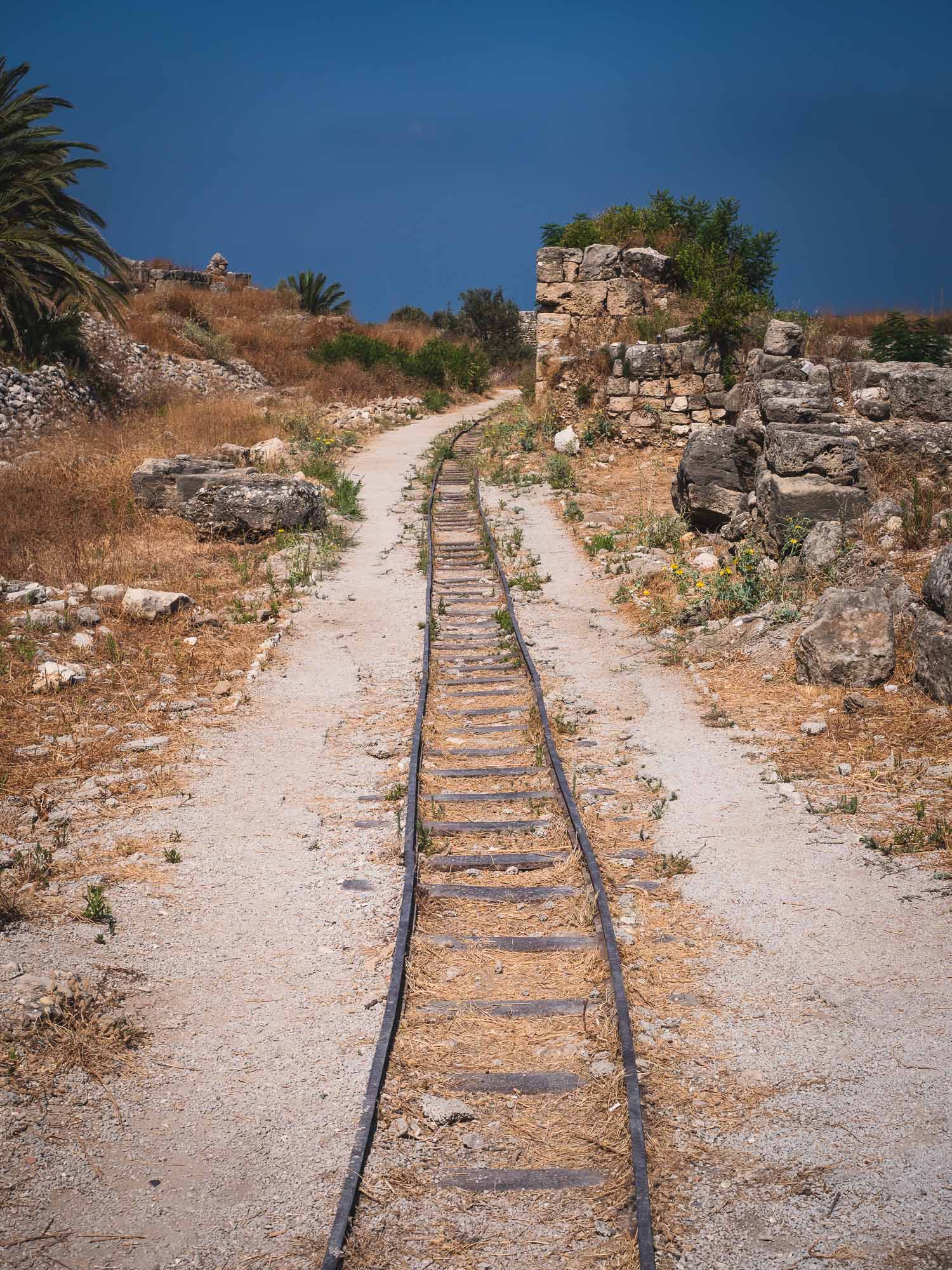
Trains
These tracks inside the castle district have not been used in a while - my guess is they were laid to transport stones and rocks during the excavations.
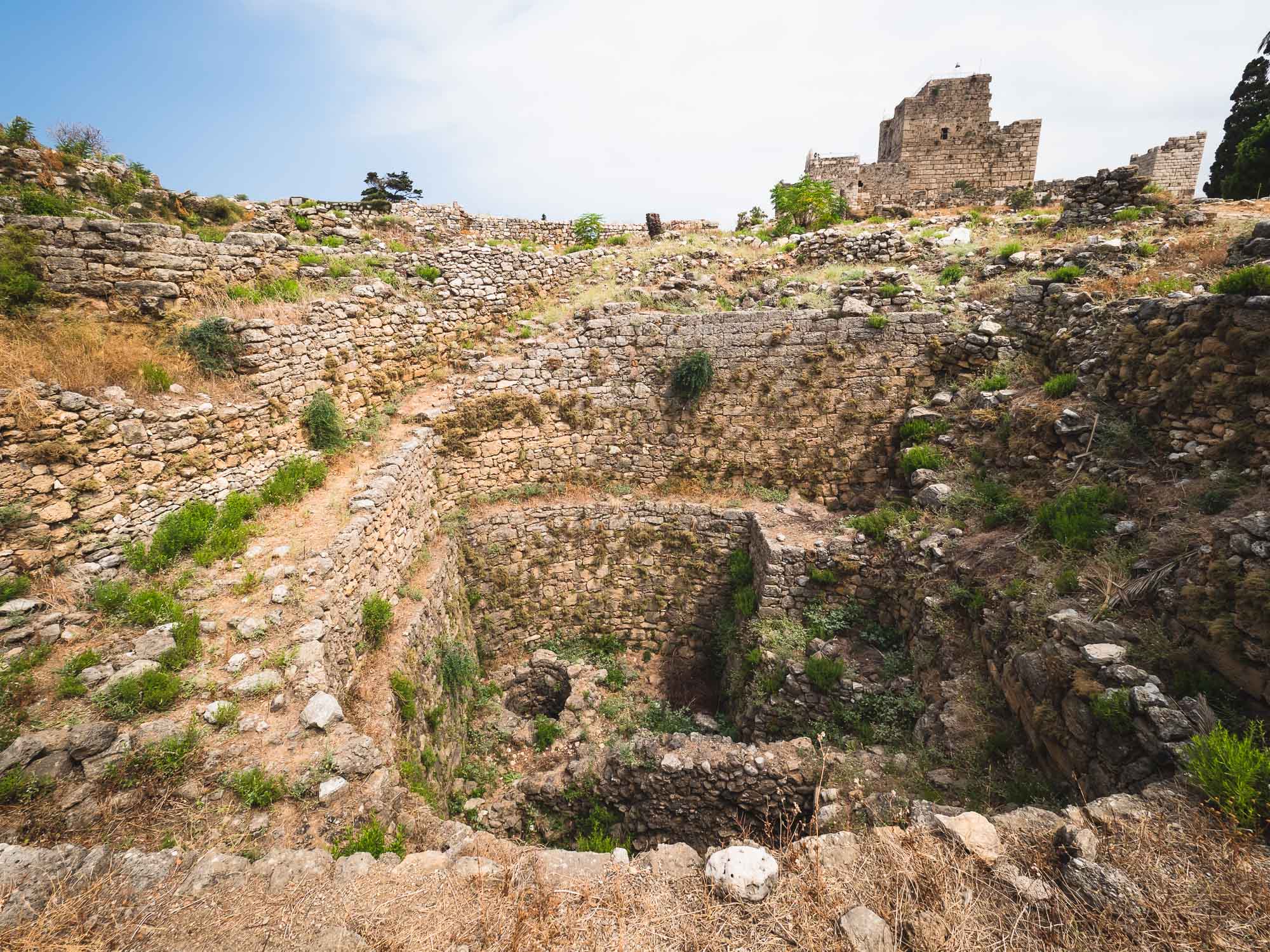
The King's Spring
Once the source of water for the city.
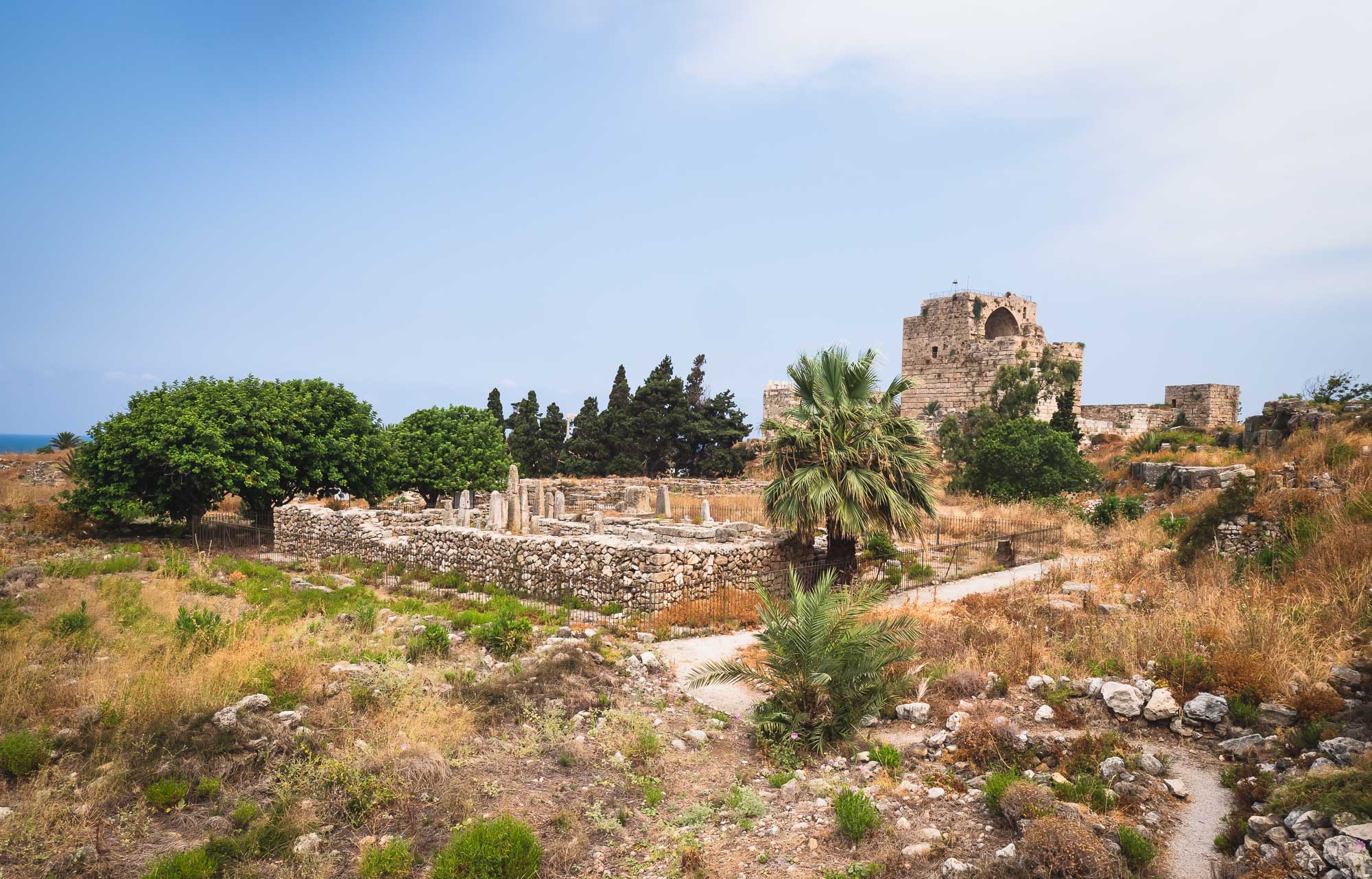
Temple of the Obelisks
Built over 3000 years ago, it was used for religious offerings.
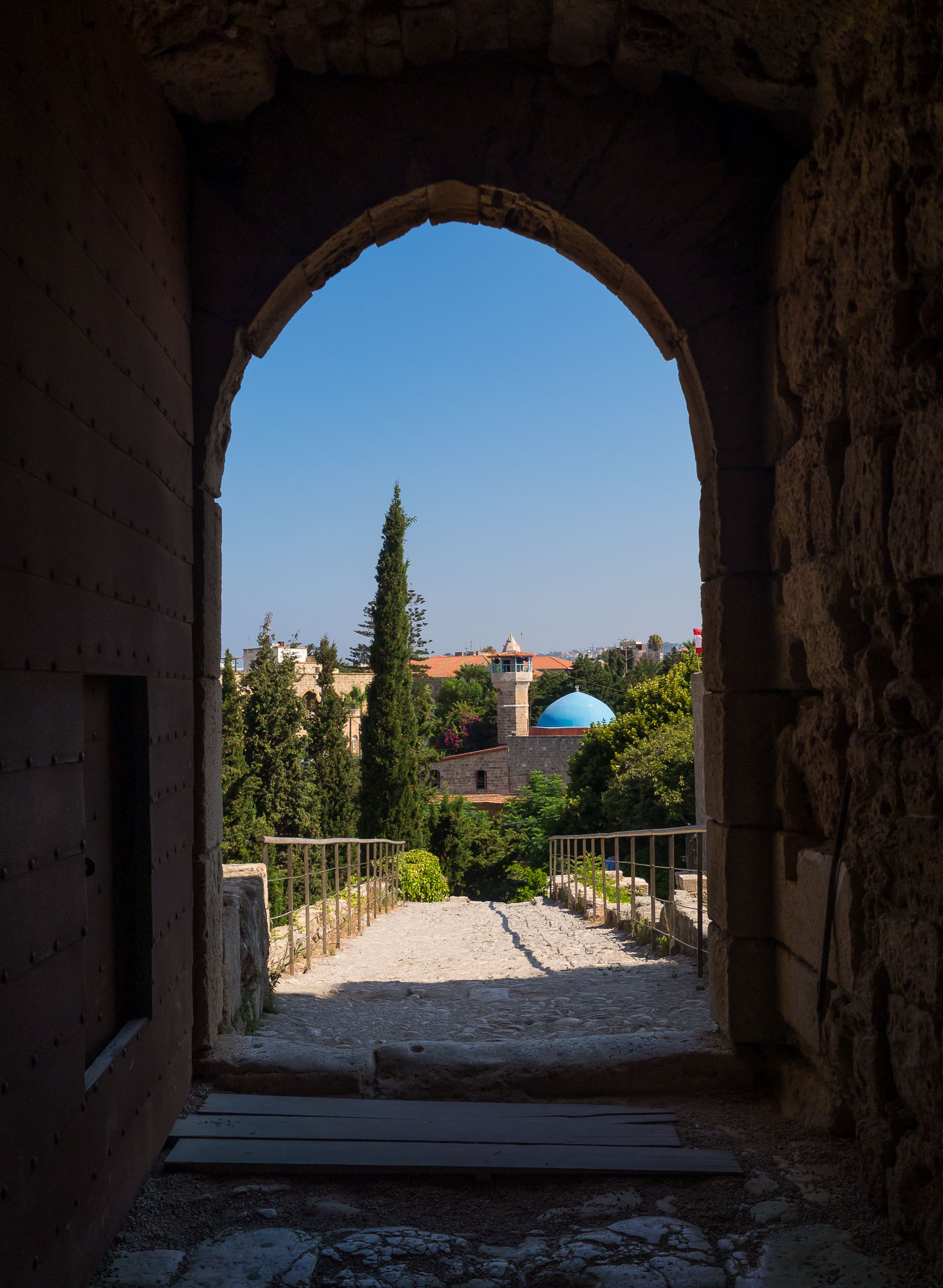
Entrance
Looking towards the Sultan Abdul Majid Mosque, built in the 1600s, at the exit of the Old Souk from the castle.
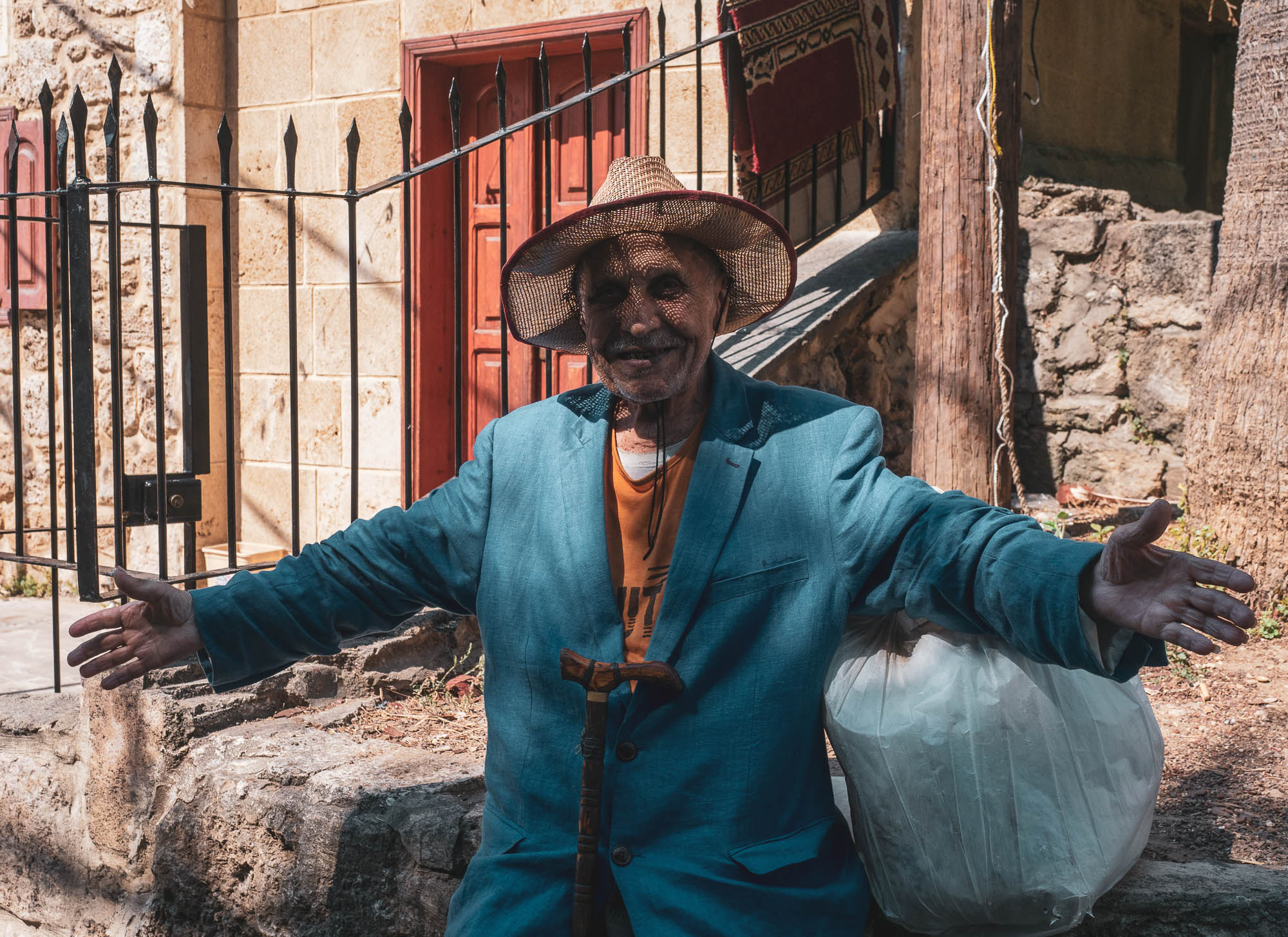
Open Arms
A local man was happy to have his photo taken.
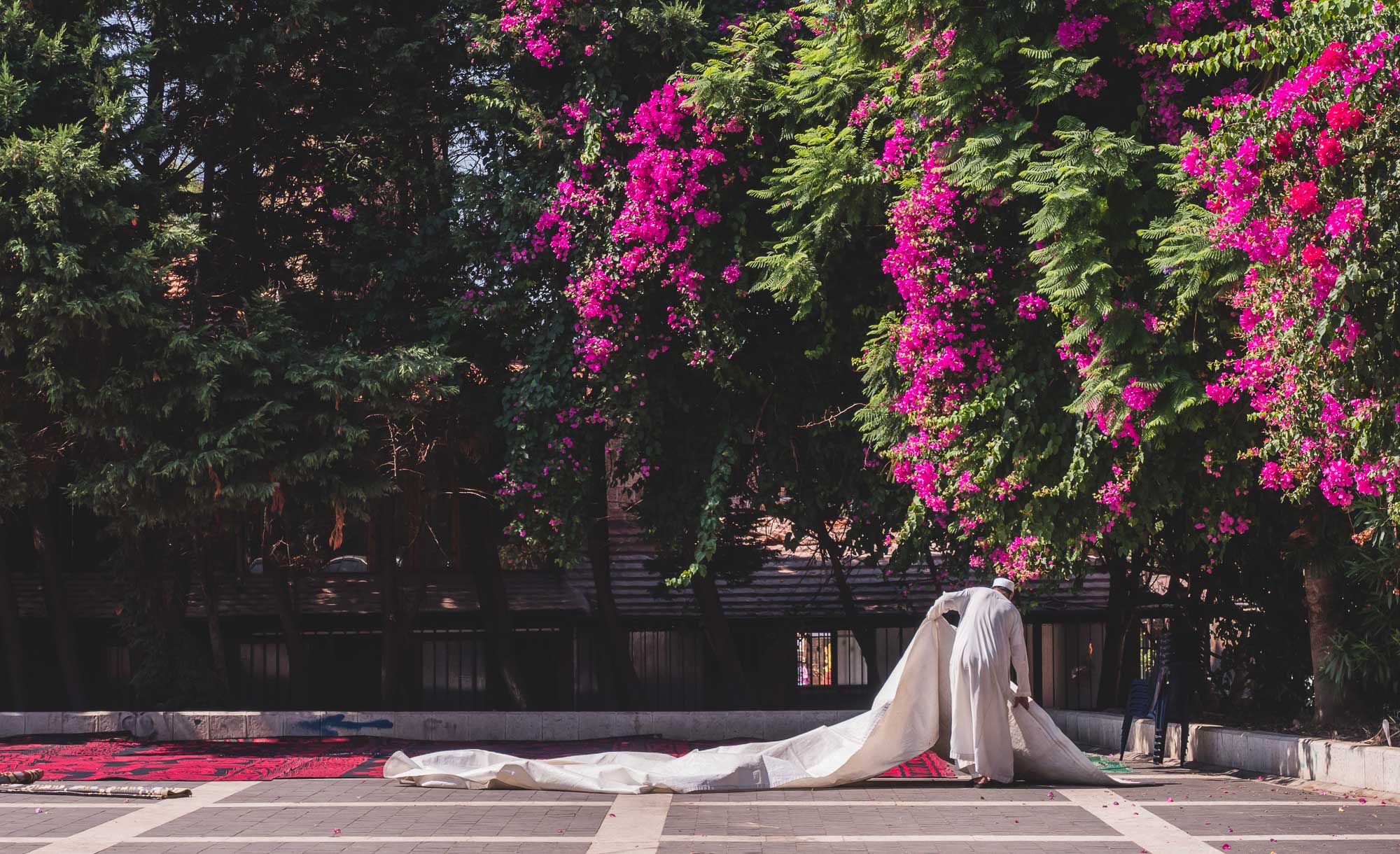
Preparations
A man - possibly the local Imam - preparing the area in front of the mosque for the Friday prayer.

St John the Baptist Church
The church was originally built during the crusades in the 1100s.

Interior
It isn't always open, but I was lucky to catch a glimpse at the sparse but imposing interior.
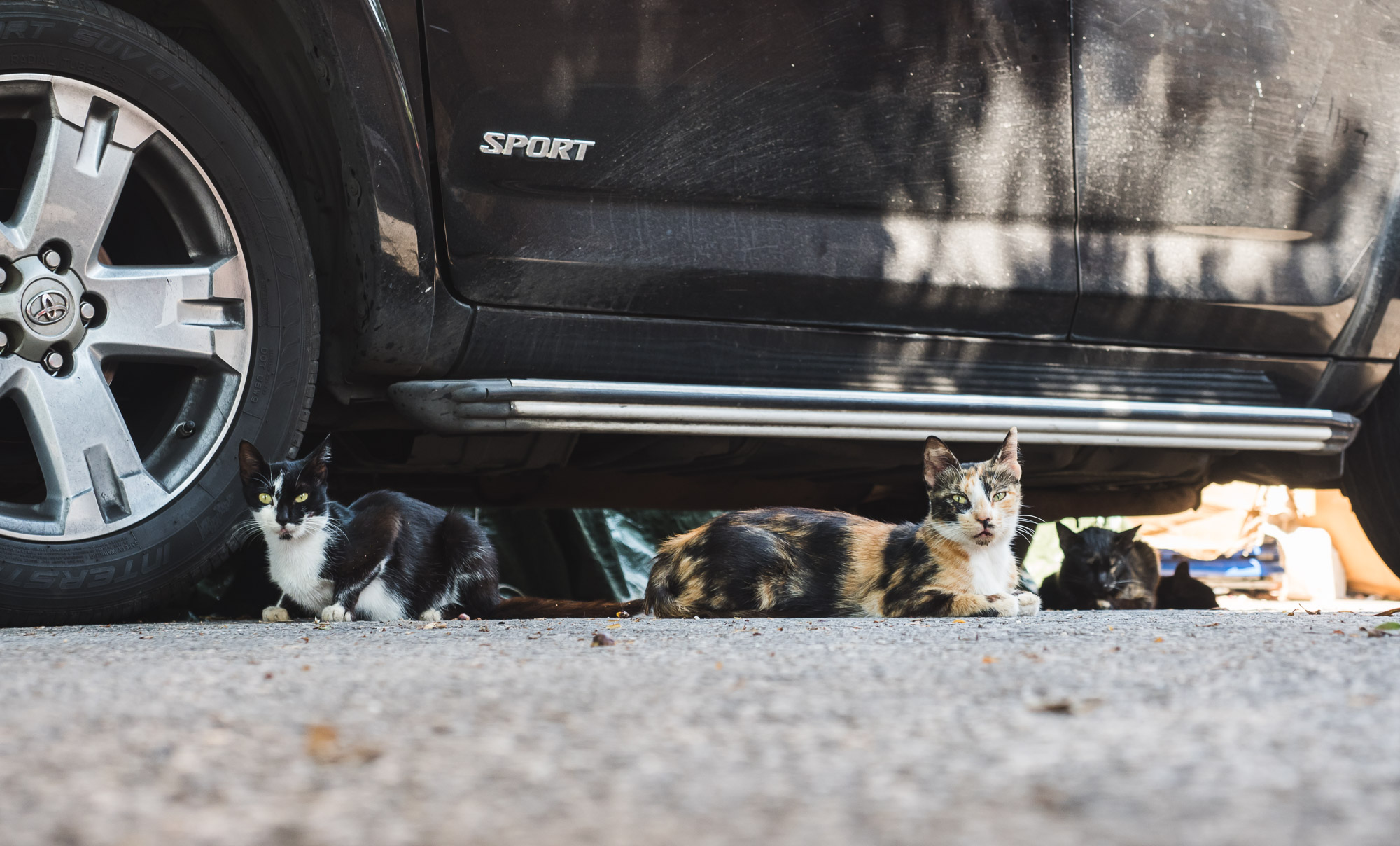
The Squad
Obligatory cat photo.
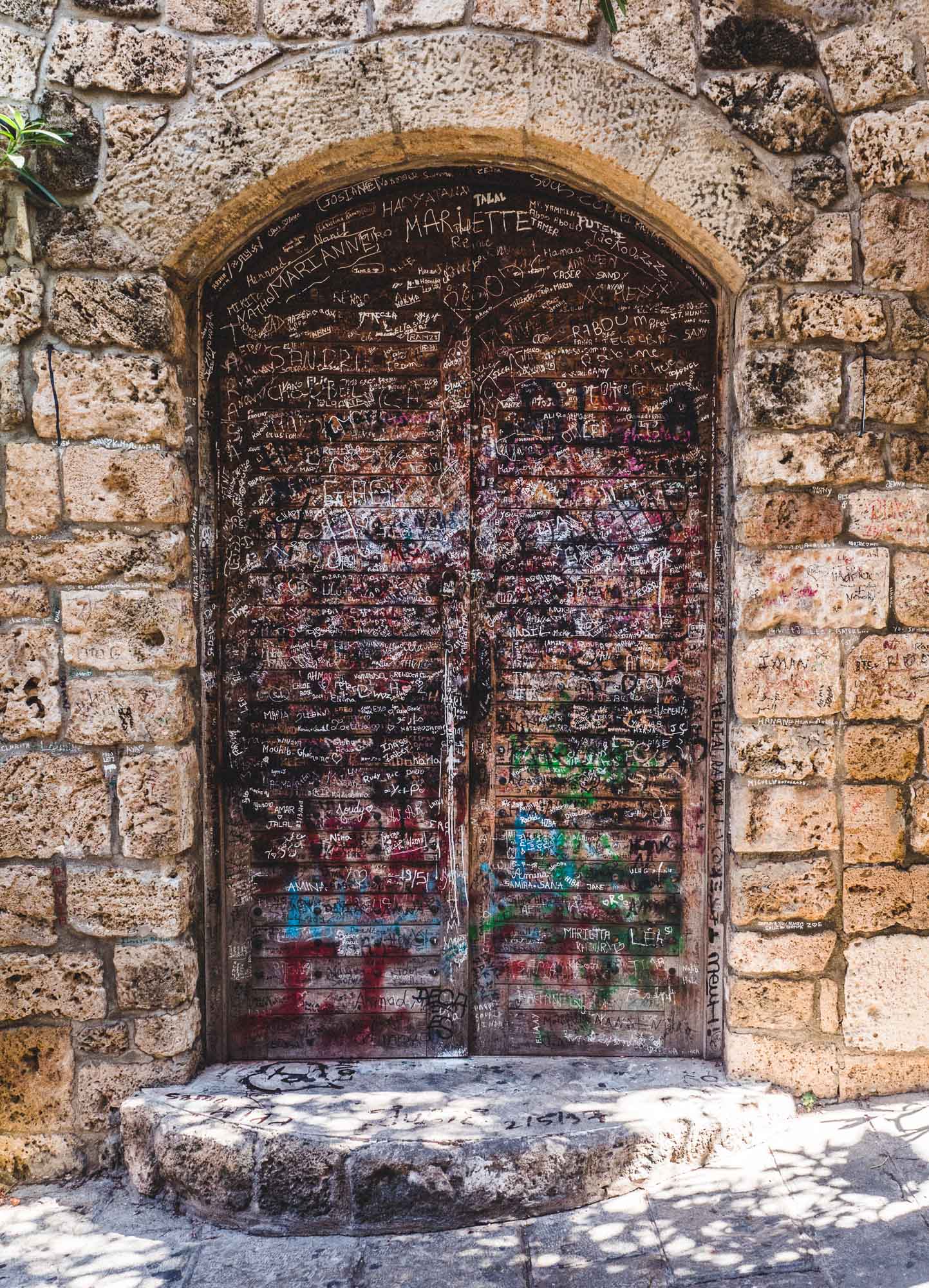
Messages
A door in the historic city quarters of Byblos.
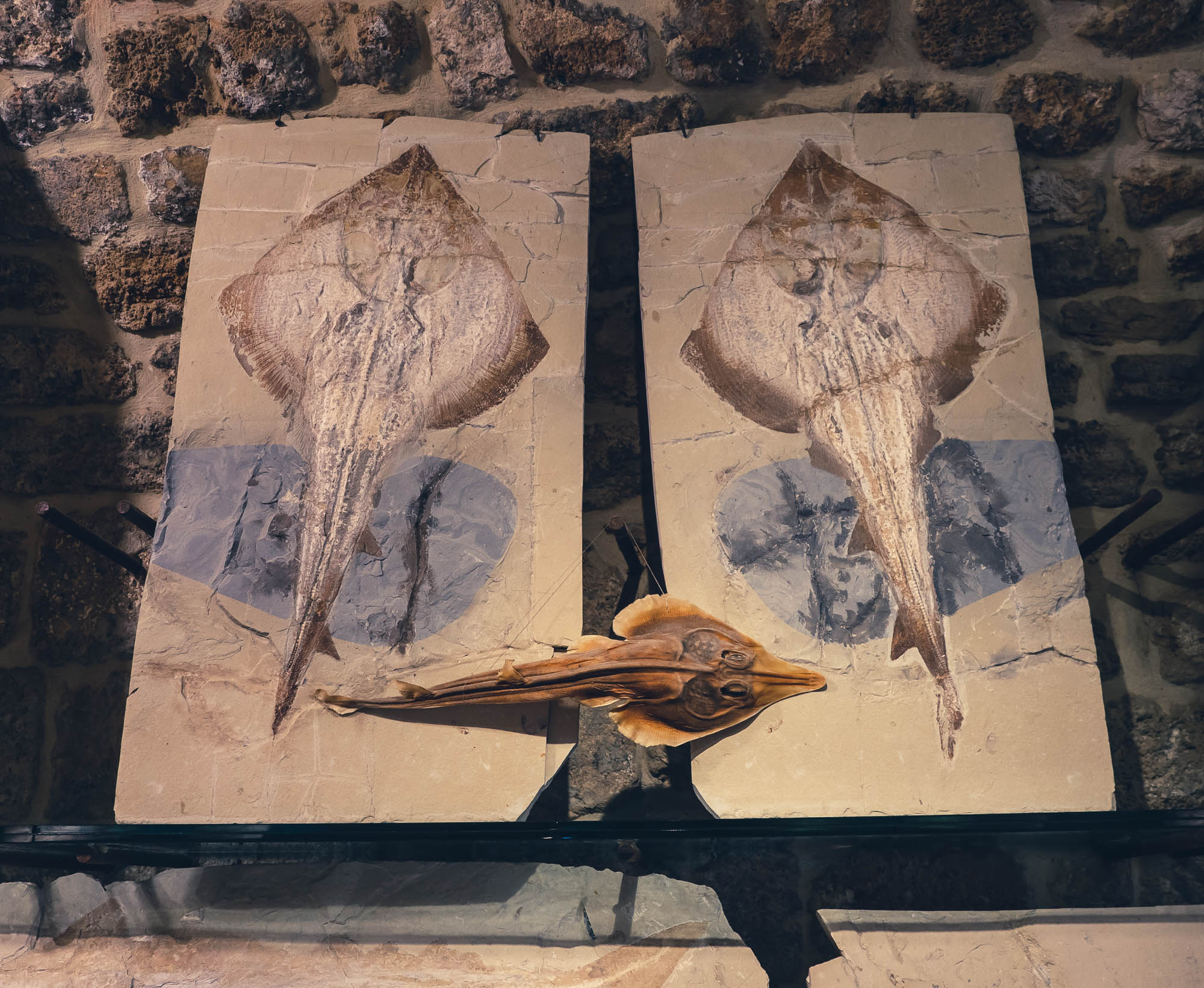
The Fossil Museum
The Lebanese mountains are home to many fossils from up to 100 million years ago, some of which are on display and even for sale in the local museum.
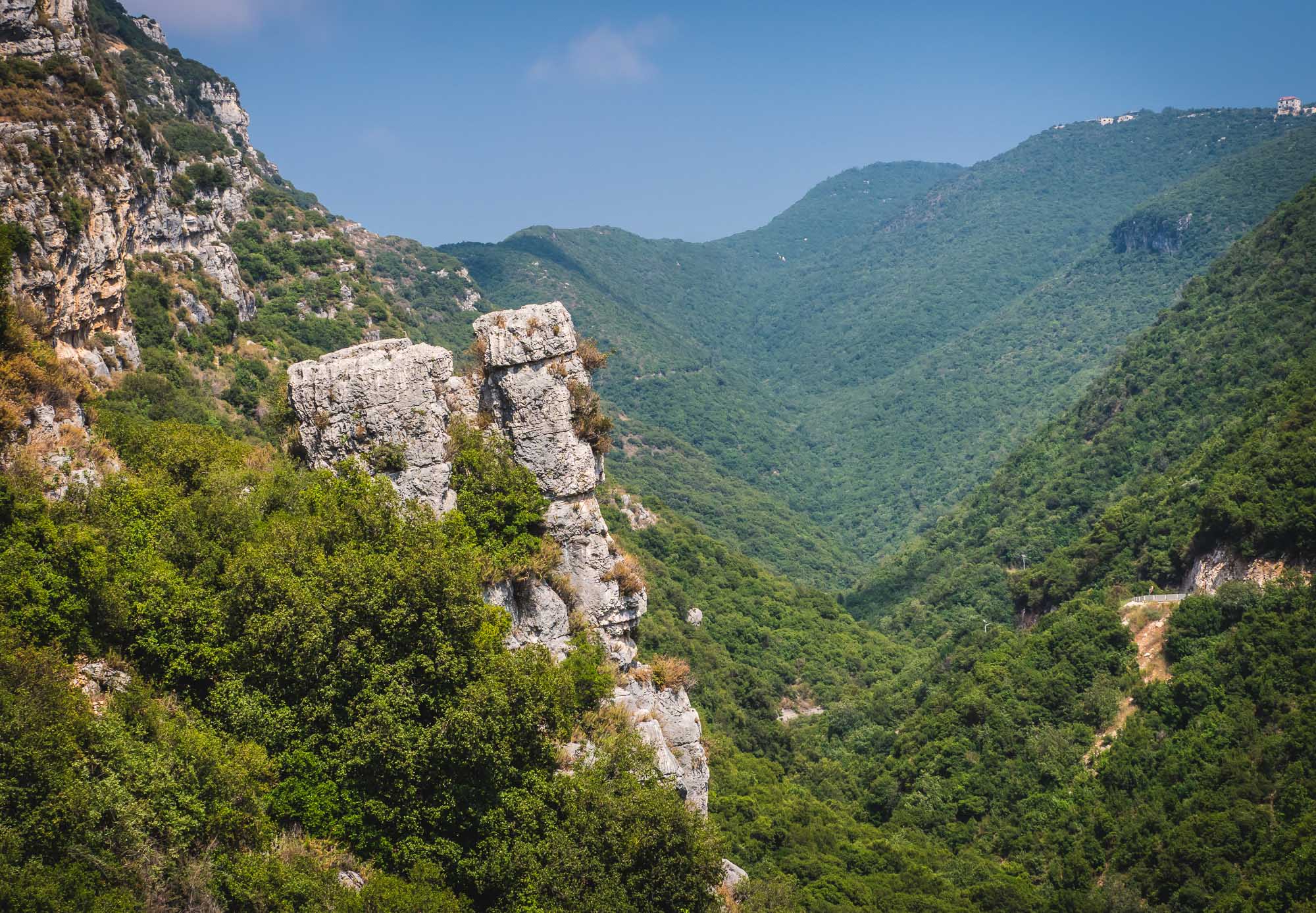
Hiking Trip
I took a few hours to explore the Lebanese mountain ranges, here in the Bentael Nature Reserve.

Greenery
The mountains of Lebanon are home to a wide range of Flora.
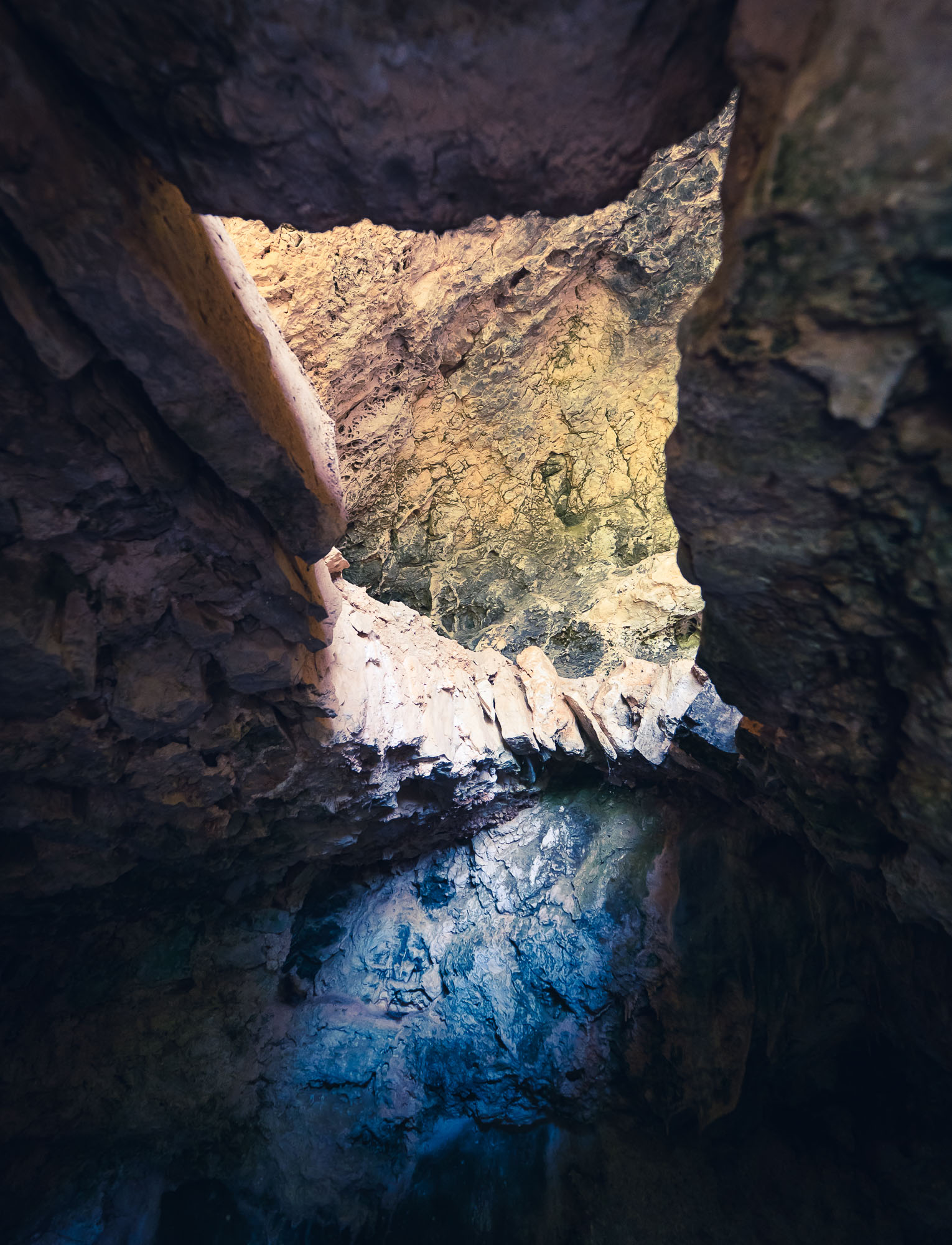
St. John’s Chapel
Inside the reserve, you can find this hidden 12th century chapel cut into the rock. This is one of the three caves.

Up
Another one is not reachable by foot, and most likely was used only for shelter.

Beaches
The coast to the south of Byblos.

Byblos Old Souk
At night, the old souk in Byblos turns into a street of bars and entertainment. (Taken on iPhone XS)

Wedding Fun
The primary reason for my visit? The wedding of these two amazing people. NB: Lebanese weddings are crazy.

Historic Quarters
Much of the central part of the city is now filled with restaurants and courtyards.

Bay Views
Moving southwards to Jounieh, and the view from the Harissa mountain area.

Notre Dame du Liban
The statue is a Marian shrine & pilgrimage site for Christians & Muslims alike.
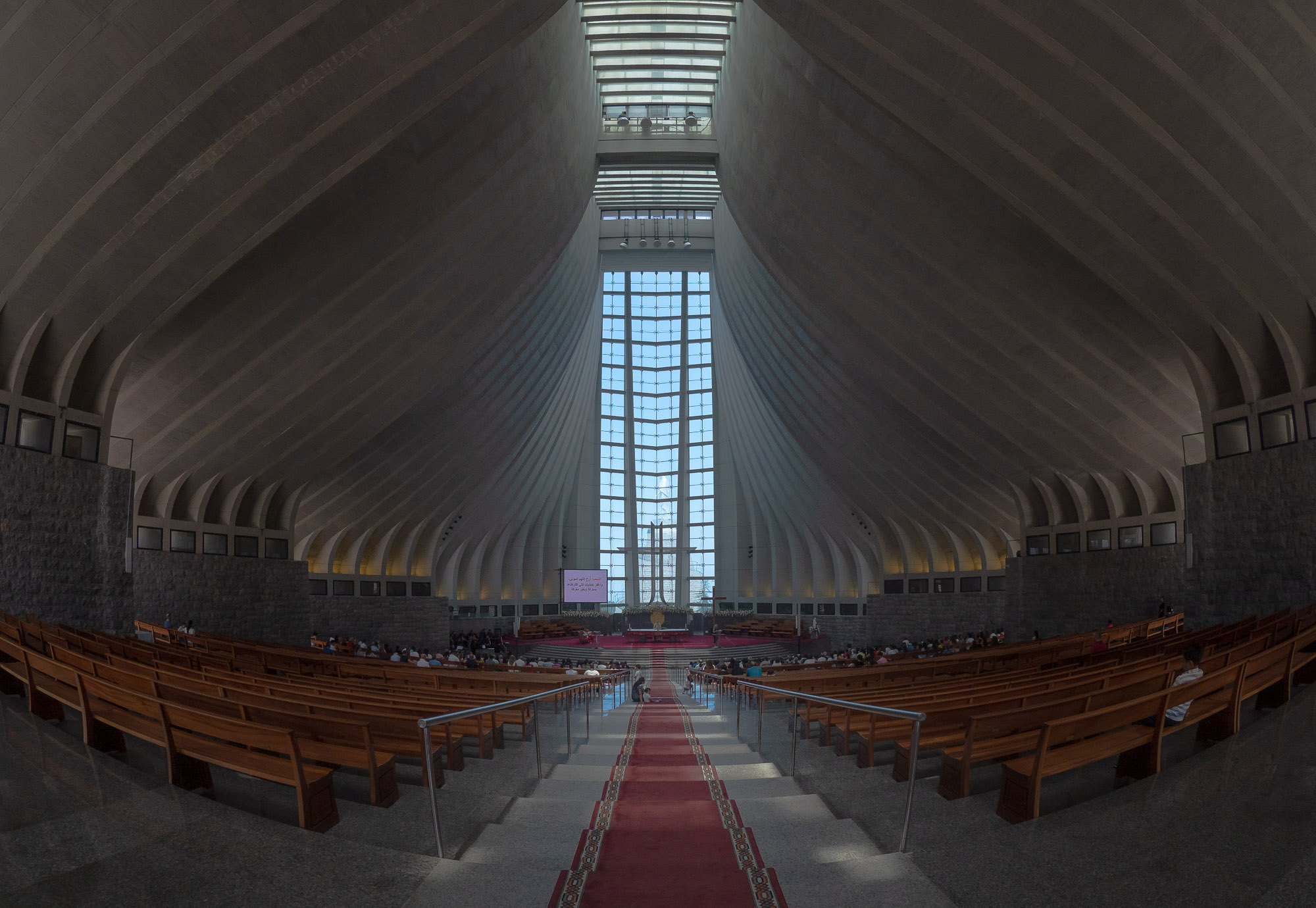
Modern Basilica
The moden cathedral next to the statue has a spare but impressive interior leaning on Brutalist architecture.
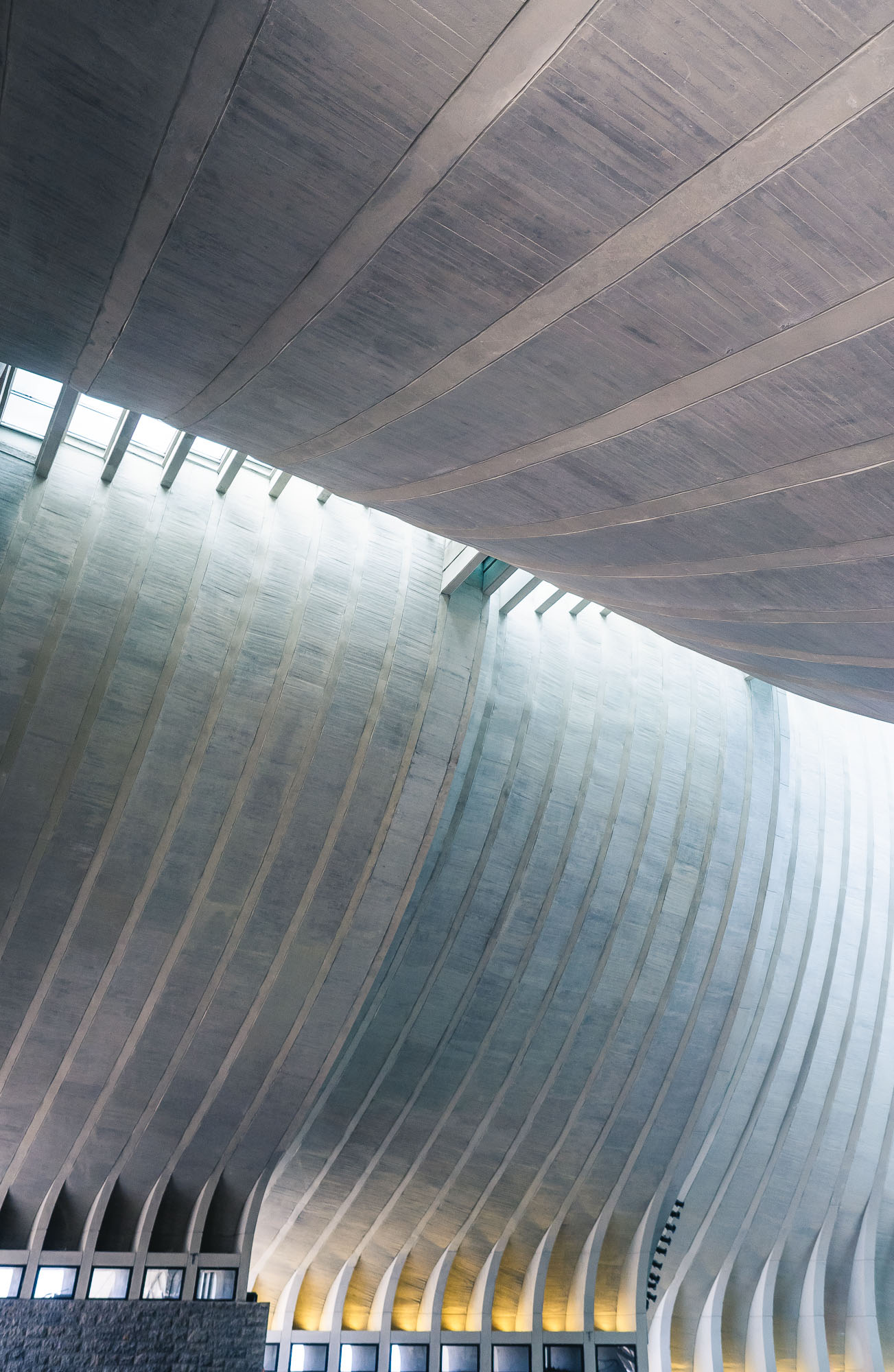
Echo
It produces amazing acoustics - I was lucky enough to hear a choir while visiting.
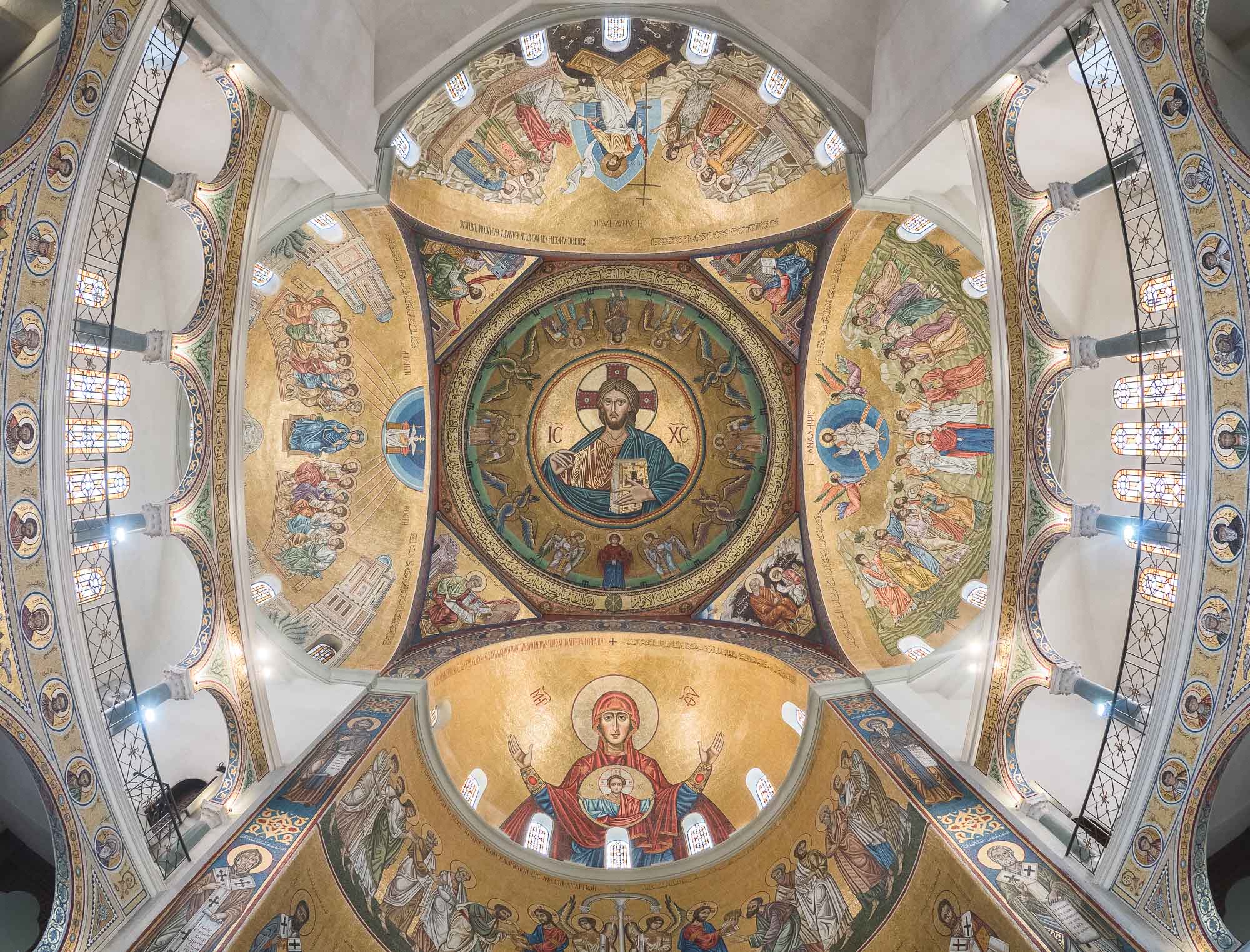
Basilica of Saint Paul
Just a few hundred metres away is the Basilica of Saint Paul, with its impressive mosaic lined walls and roof.
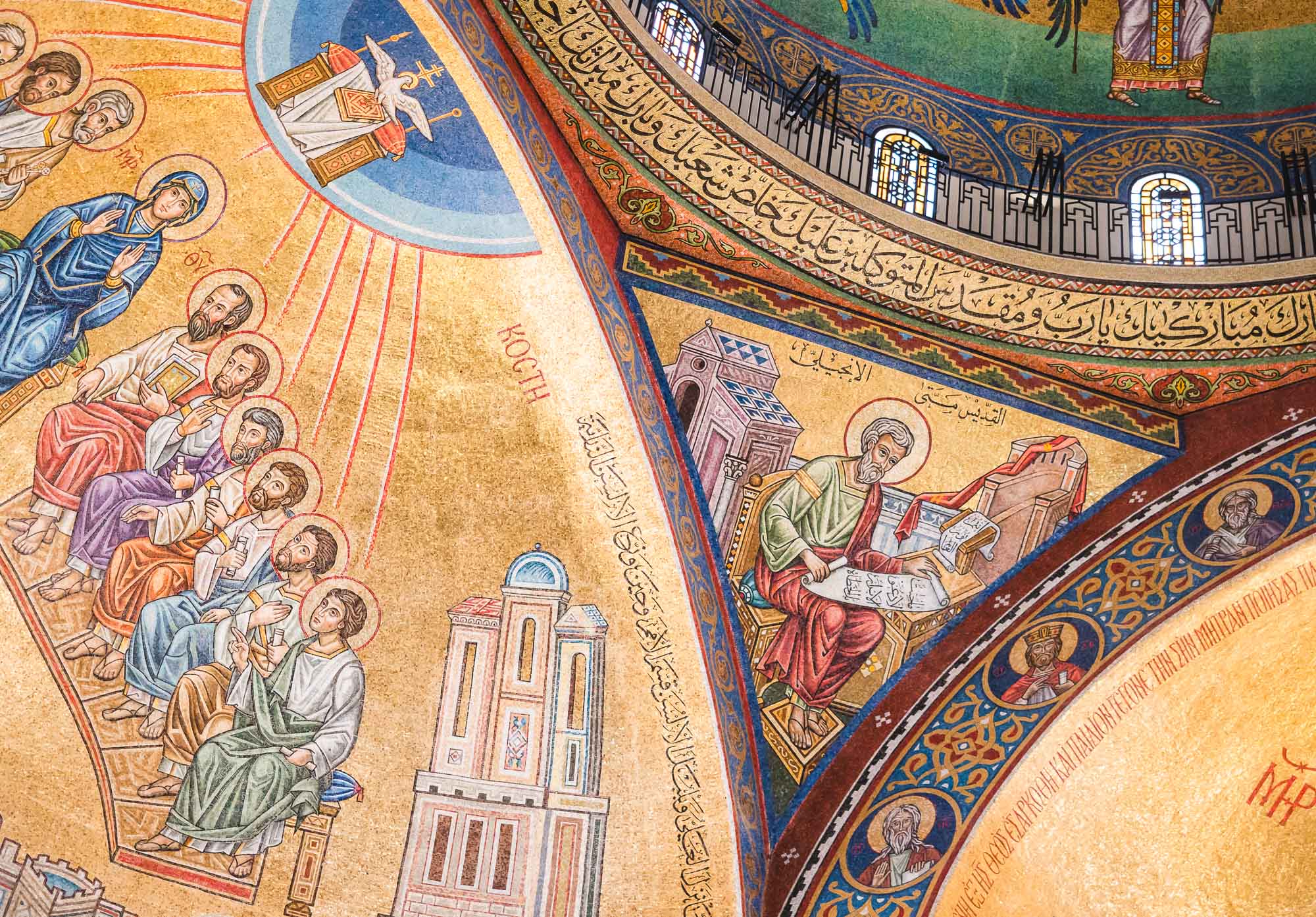
Detail
The decorative features of the illustrations in mosaic are incredible.
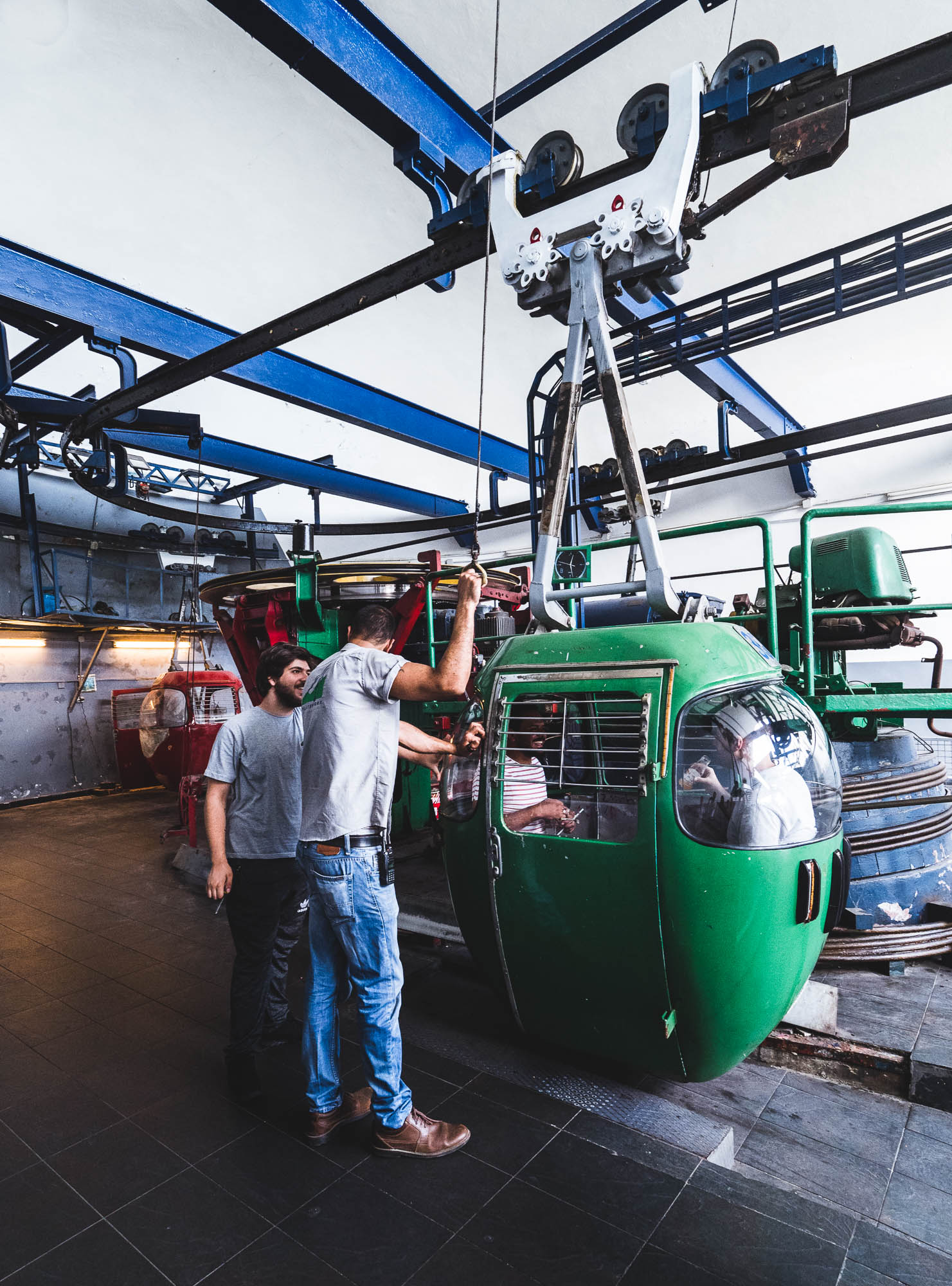
Téléphérique
The gondola lift taking you up and down the mountain. Note the manual release mechanism of the gondolas.
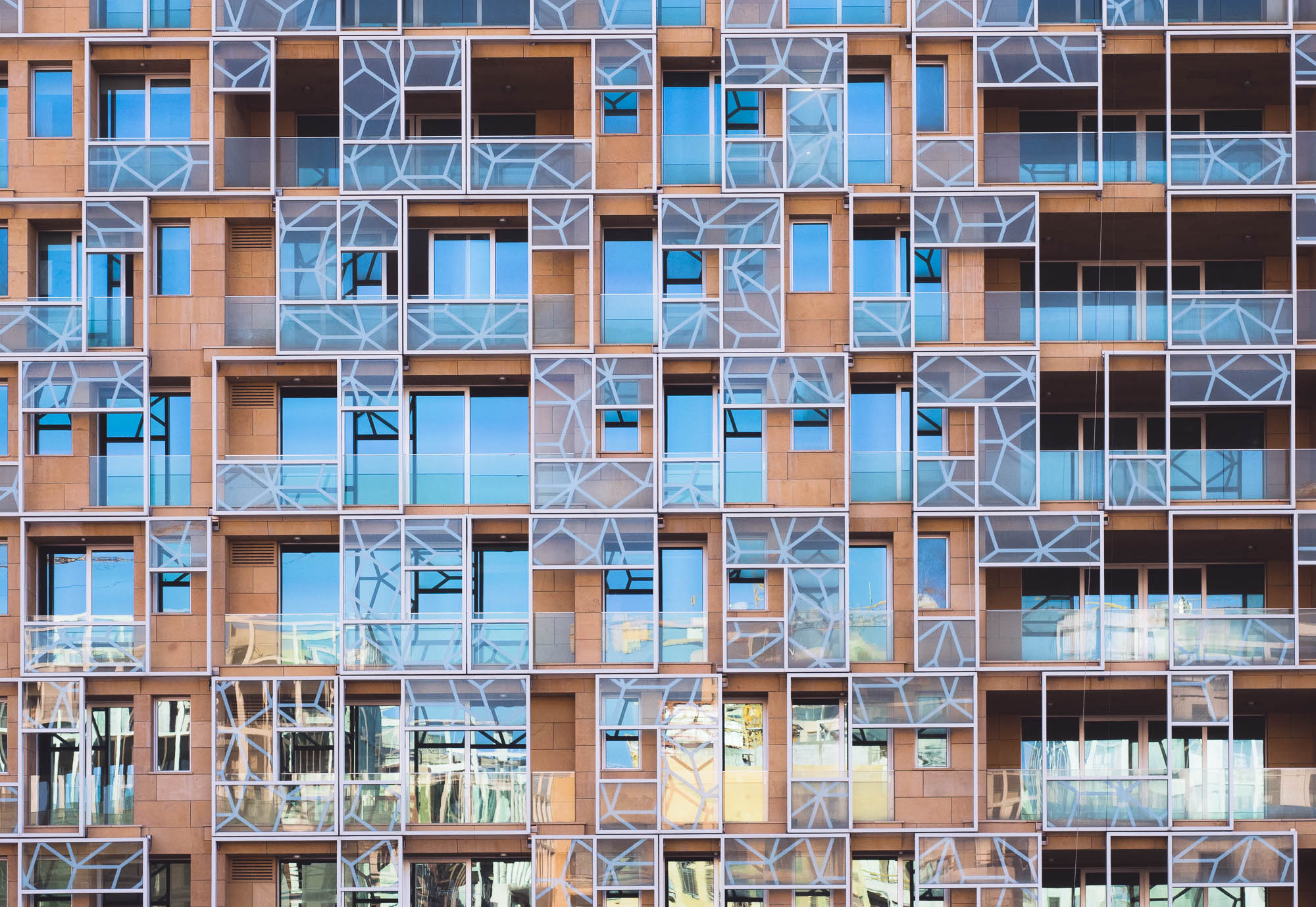
Squares
Beirut offers many interesting architectural details.
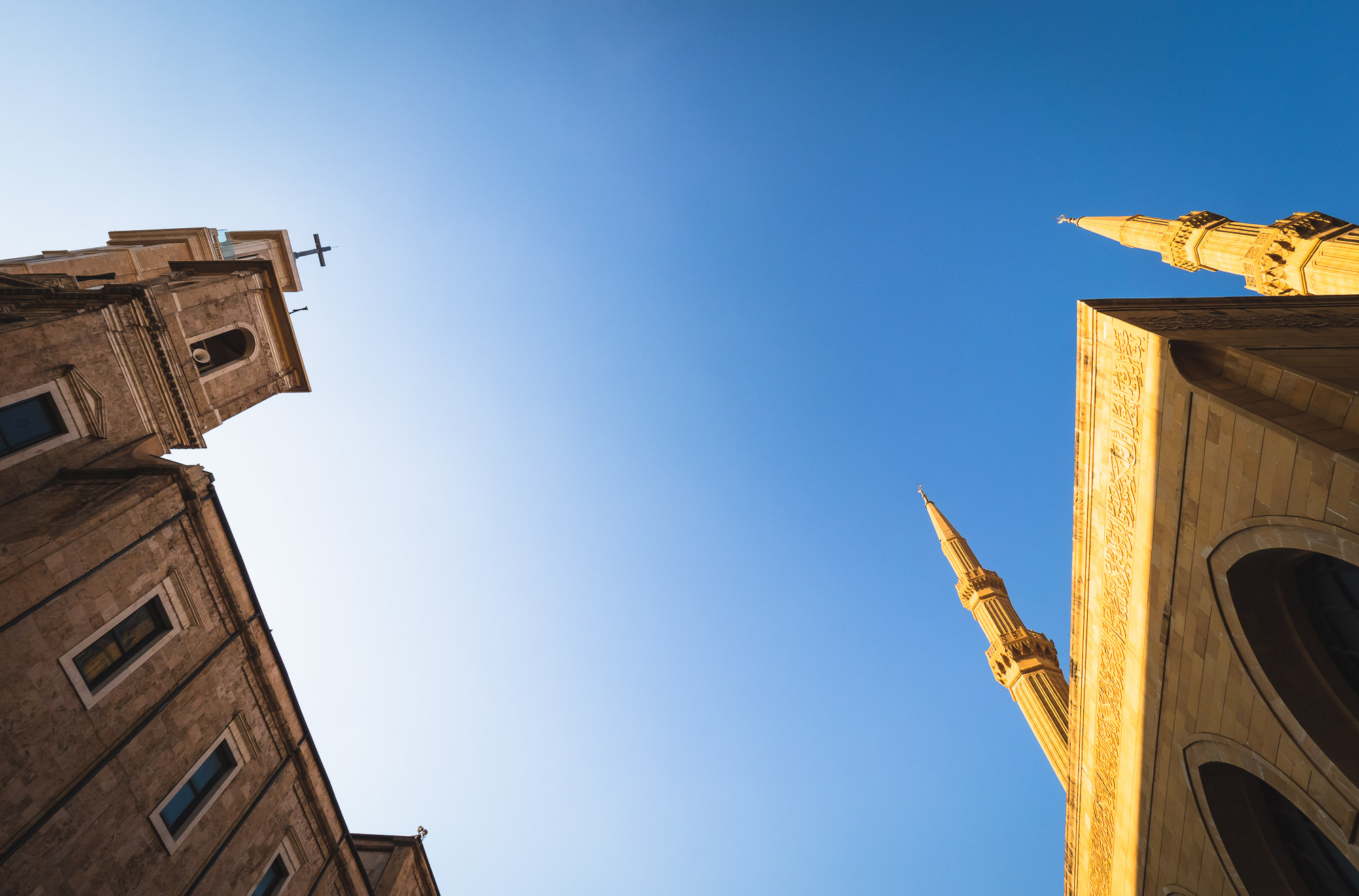
Crossroads
Lebanon's population is more or less half Christian, half Muslim. Churches are built side by side with Mosques.
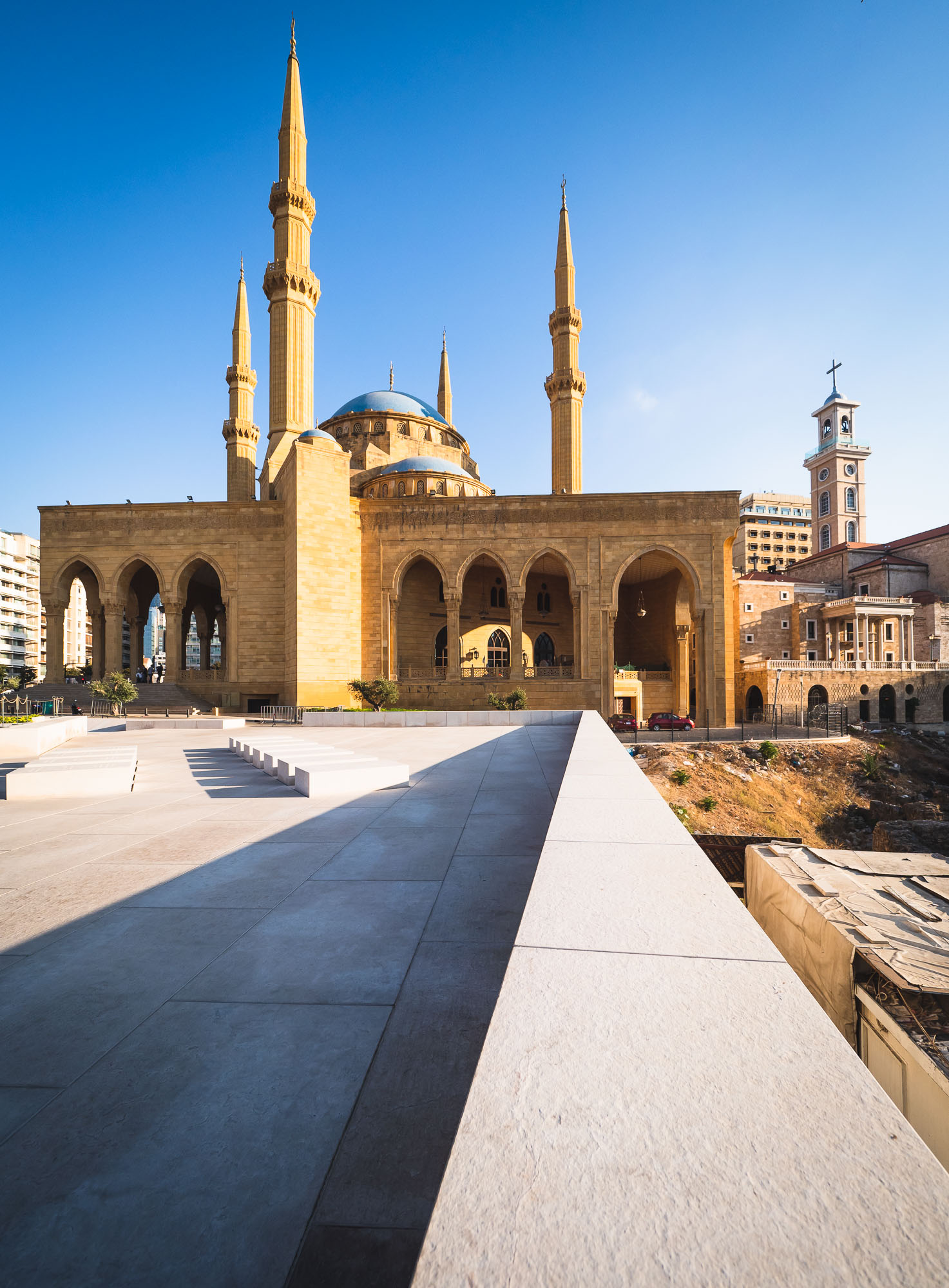
Mohammad Al-Amin Mosque
This modern mosque was built in 2008. During its construction, archeologists discovered Roman ruins just next to the site.
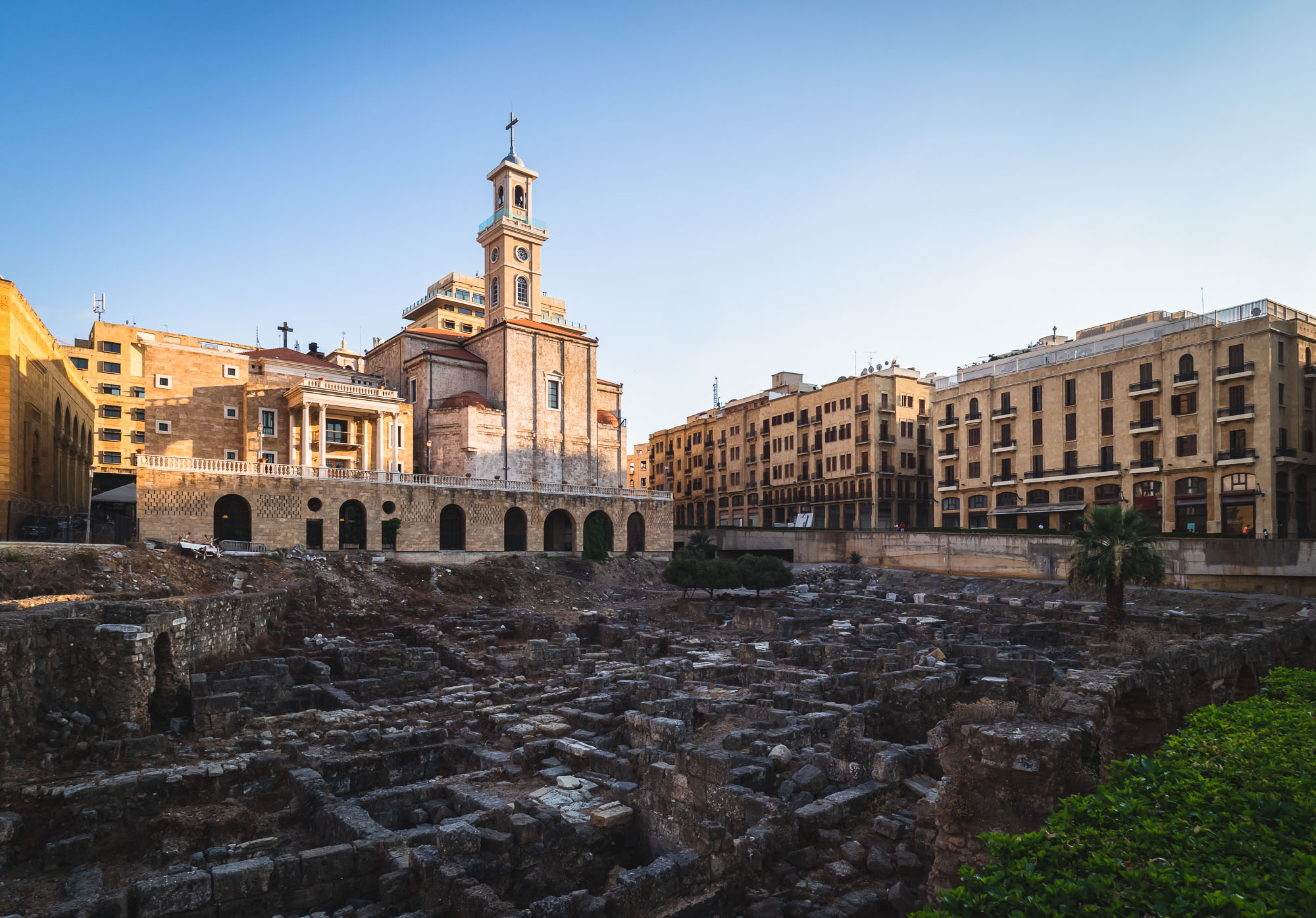
Saint Georges Maronite Cathedral
With the Roman ruins of the Beirut downtown area in the foreground.

Ottoman Style
The mosque follows the monumental Ottoman architecture.
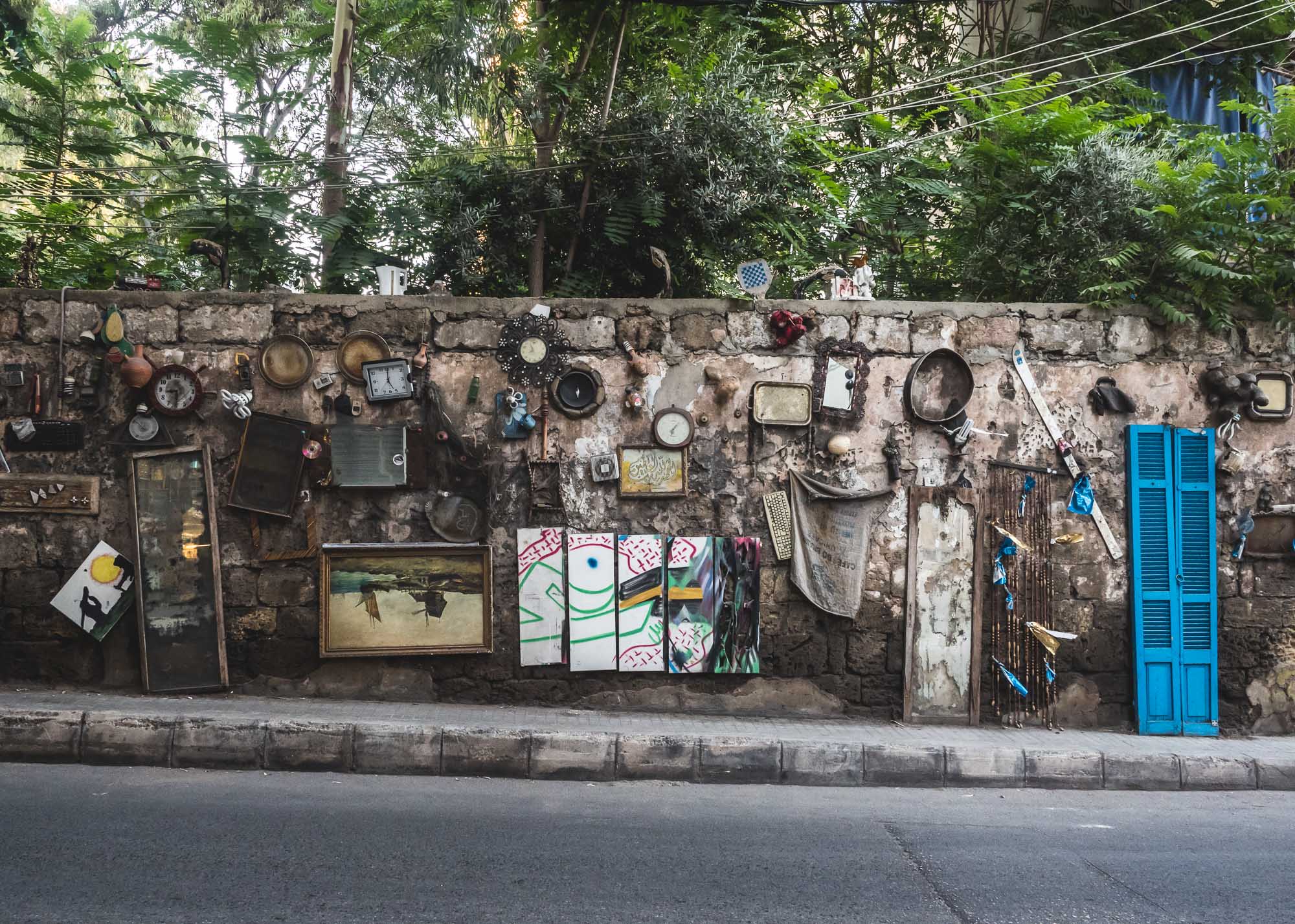
Artifacts
A decorated wall somewhere in downtown Beirut.
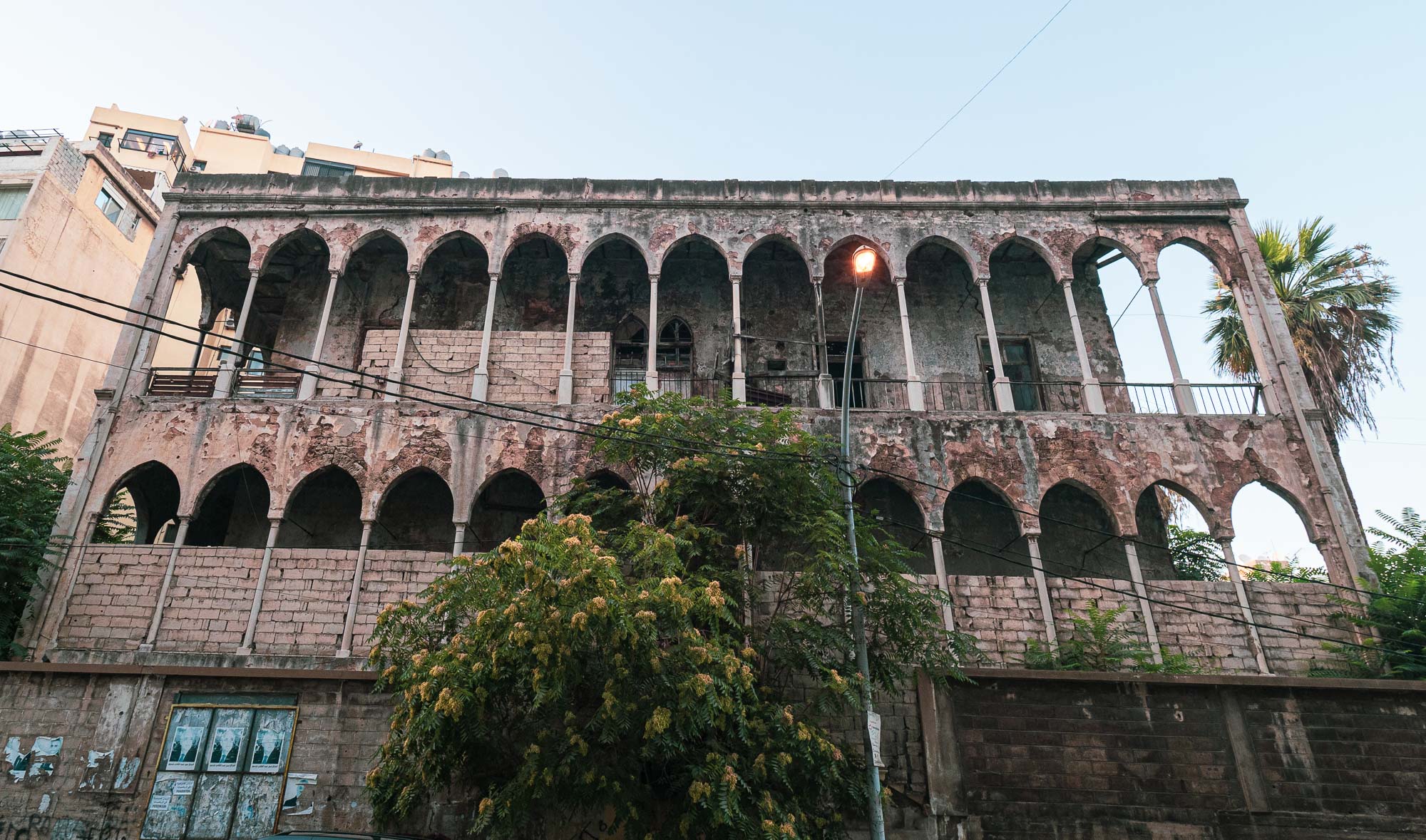
Bechara El Khoury
Zokak el-Blat was one of the more affluent Beirut areas, and home to many palaces, now abandoned, like this one.

Streets
The rarest thing in Lebanon? A helmet.

Parking
An empty lot between two buildings in Beirut.
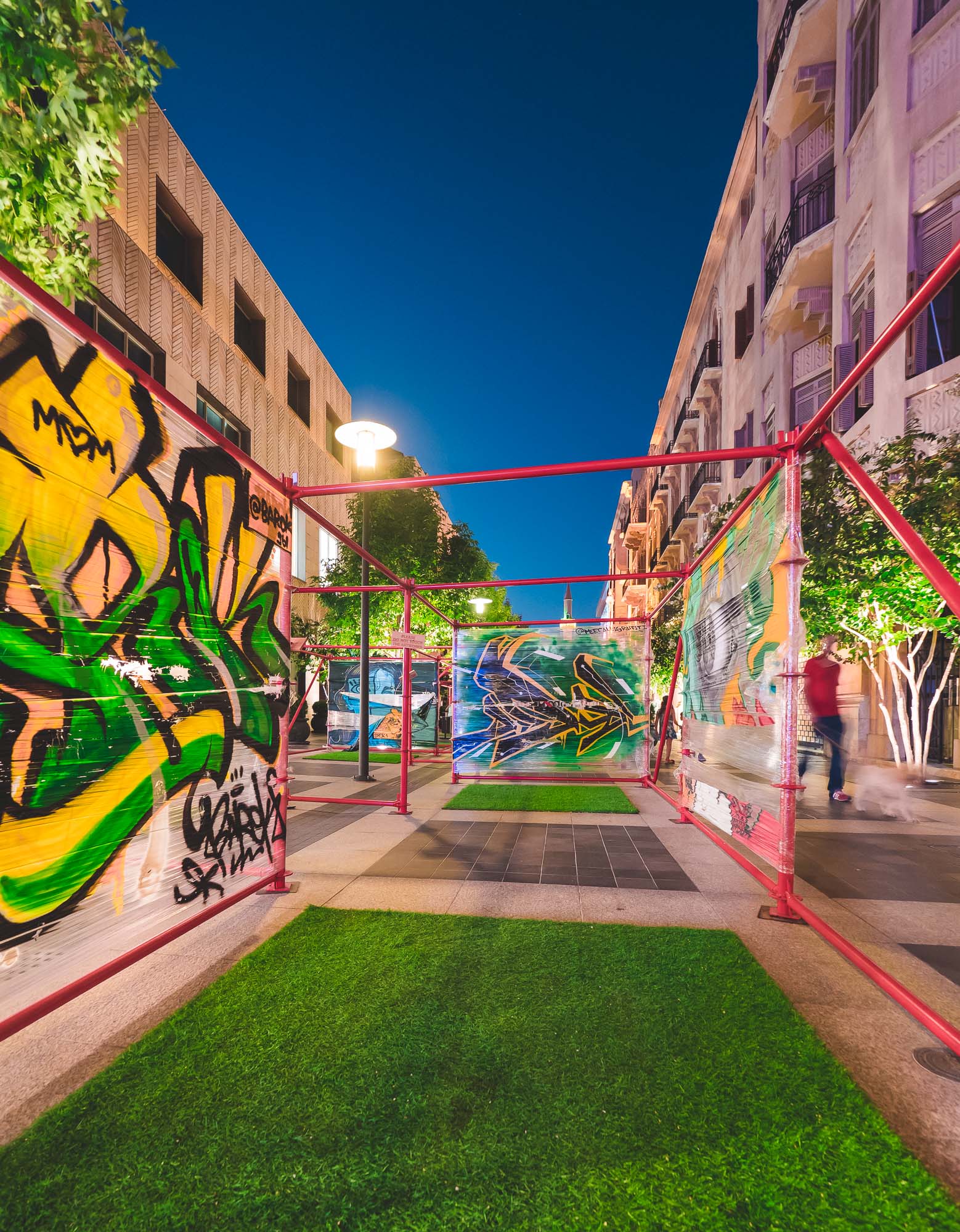
Exhibitions
The Beirut souk area features regular exhibitions and events.

Prince Monzer Mosque
Greenly lit at night.
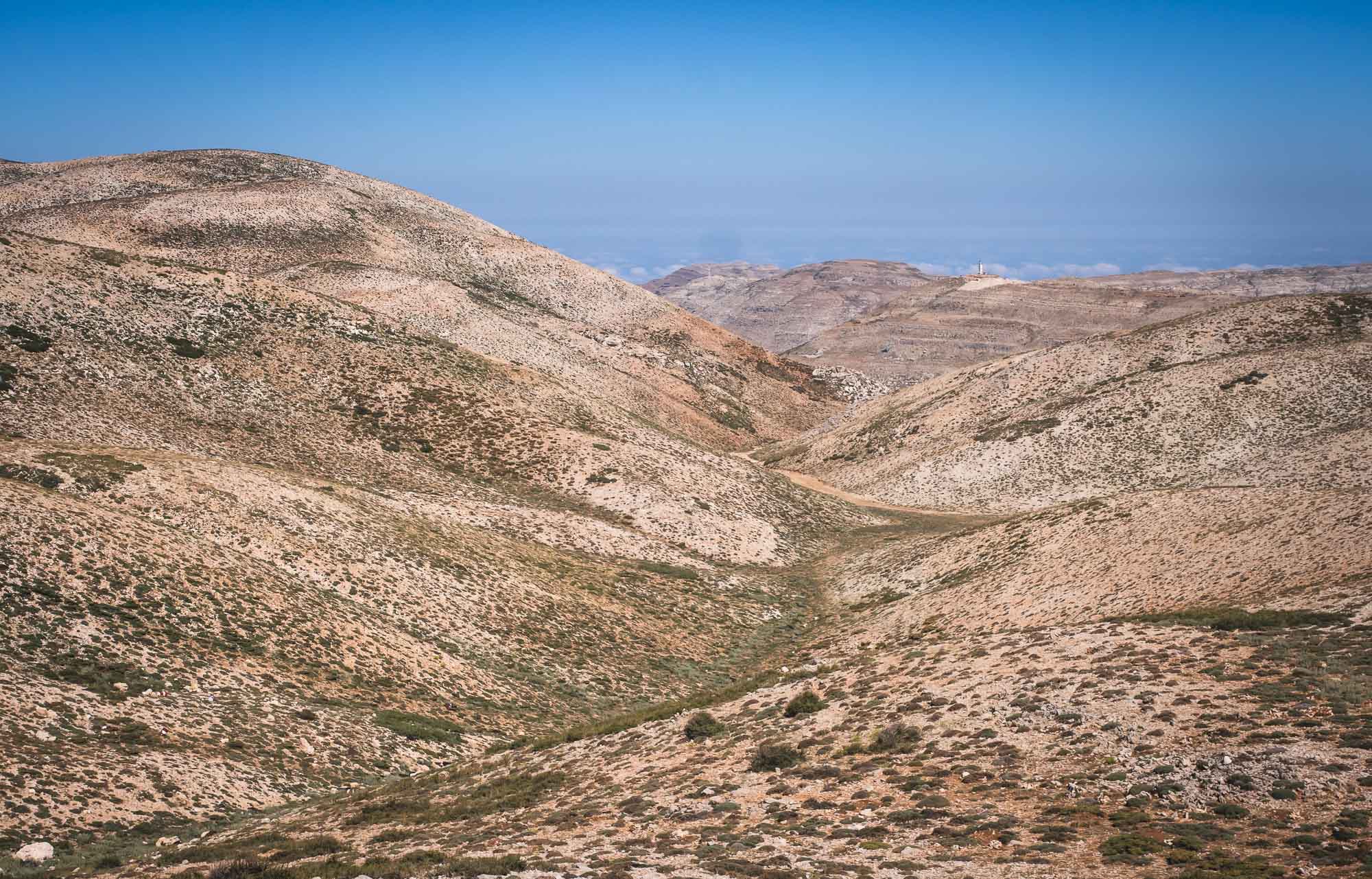
Into the Mountains
We took a trip to Baalbek into eastern Lebanon, which takes you over the central mountain ranges. While sparsely populated these days, parts of it become very busy in the winter when the skiing season kicks in. Yes, you can ski in Lebanon. The white statue of Saint Charbel in the background.
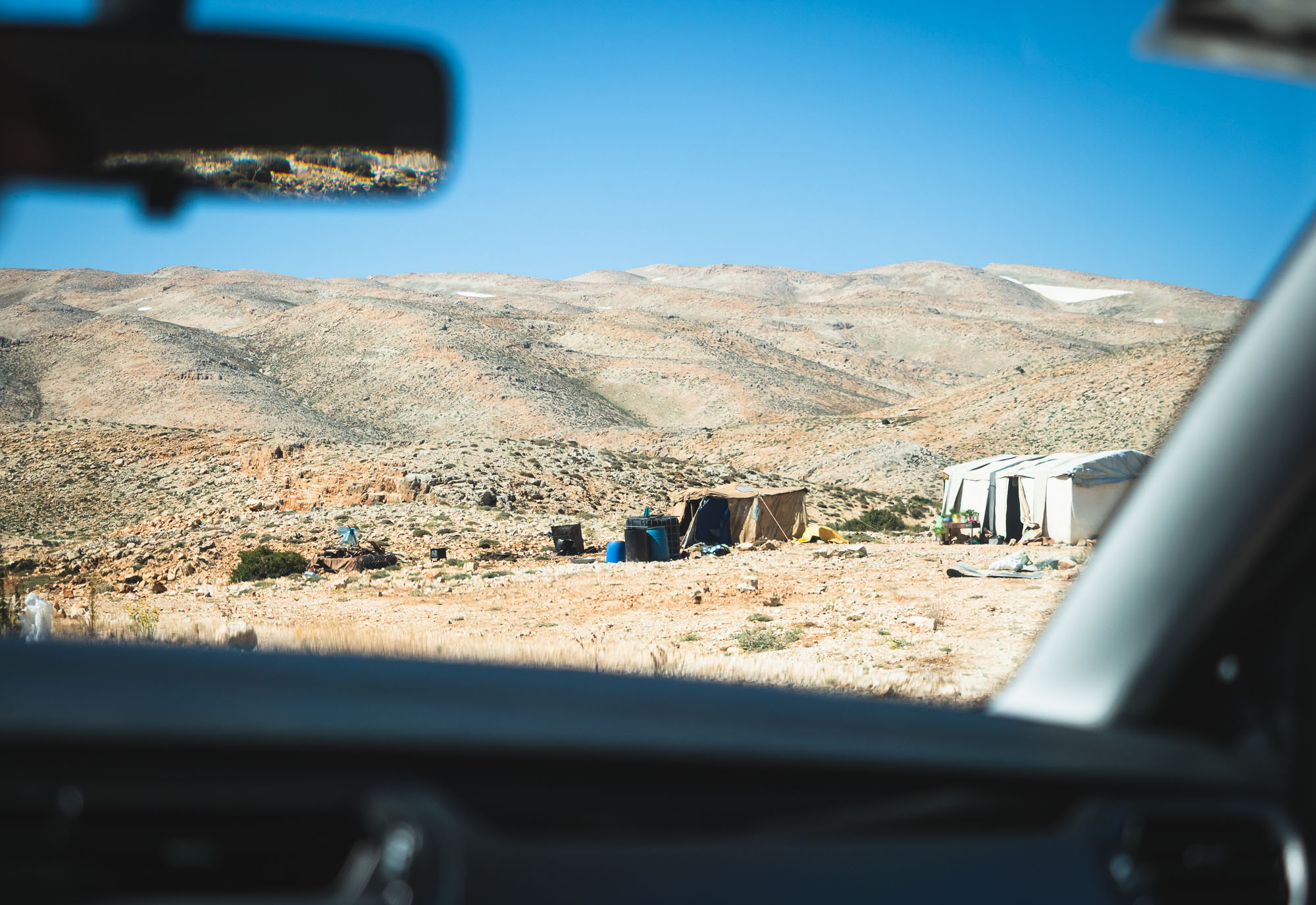
Tents & Huts
Local farmers live in temporary tents up in the mountains.
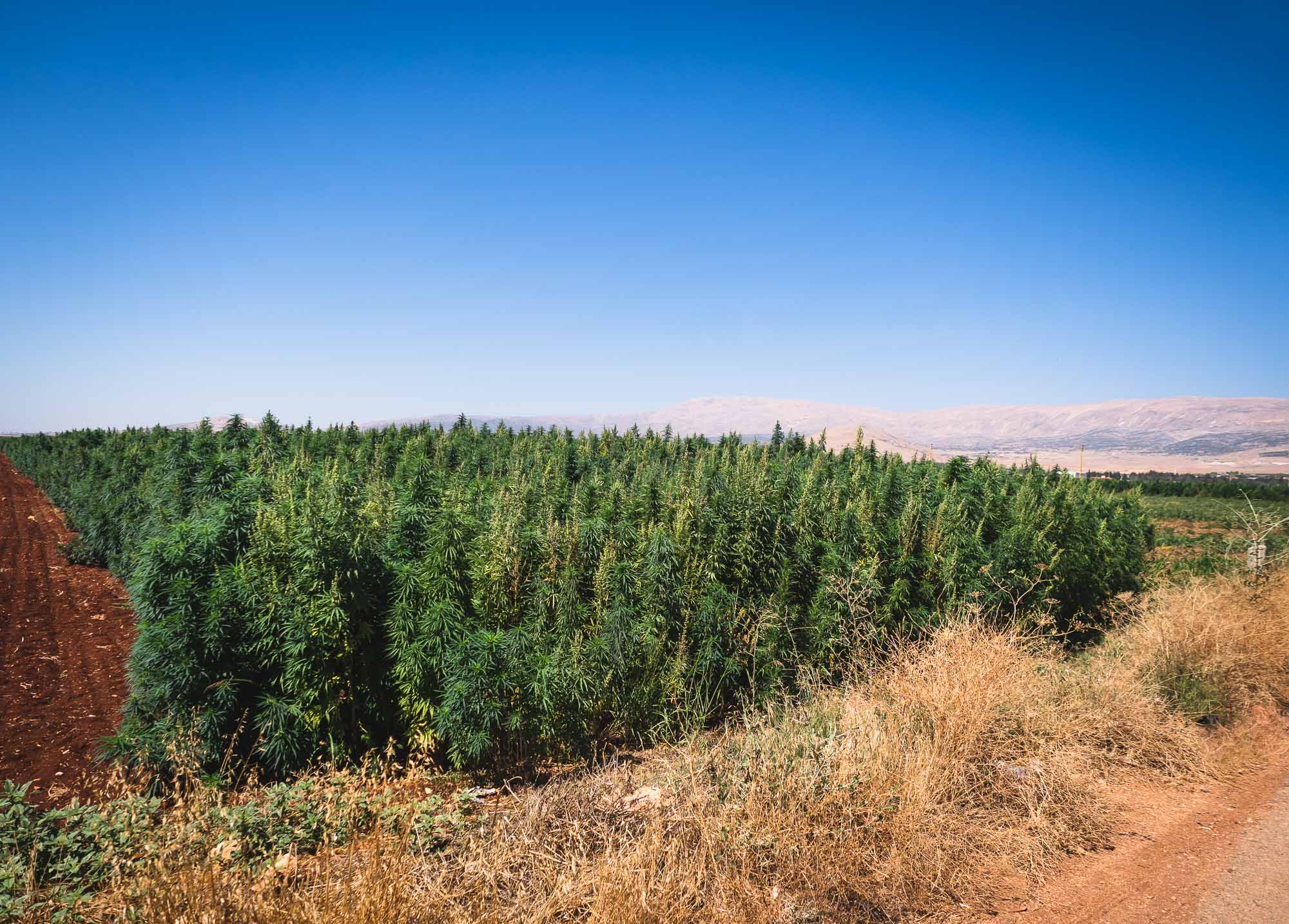
Unusual Crop
No comment.
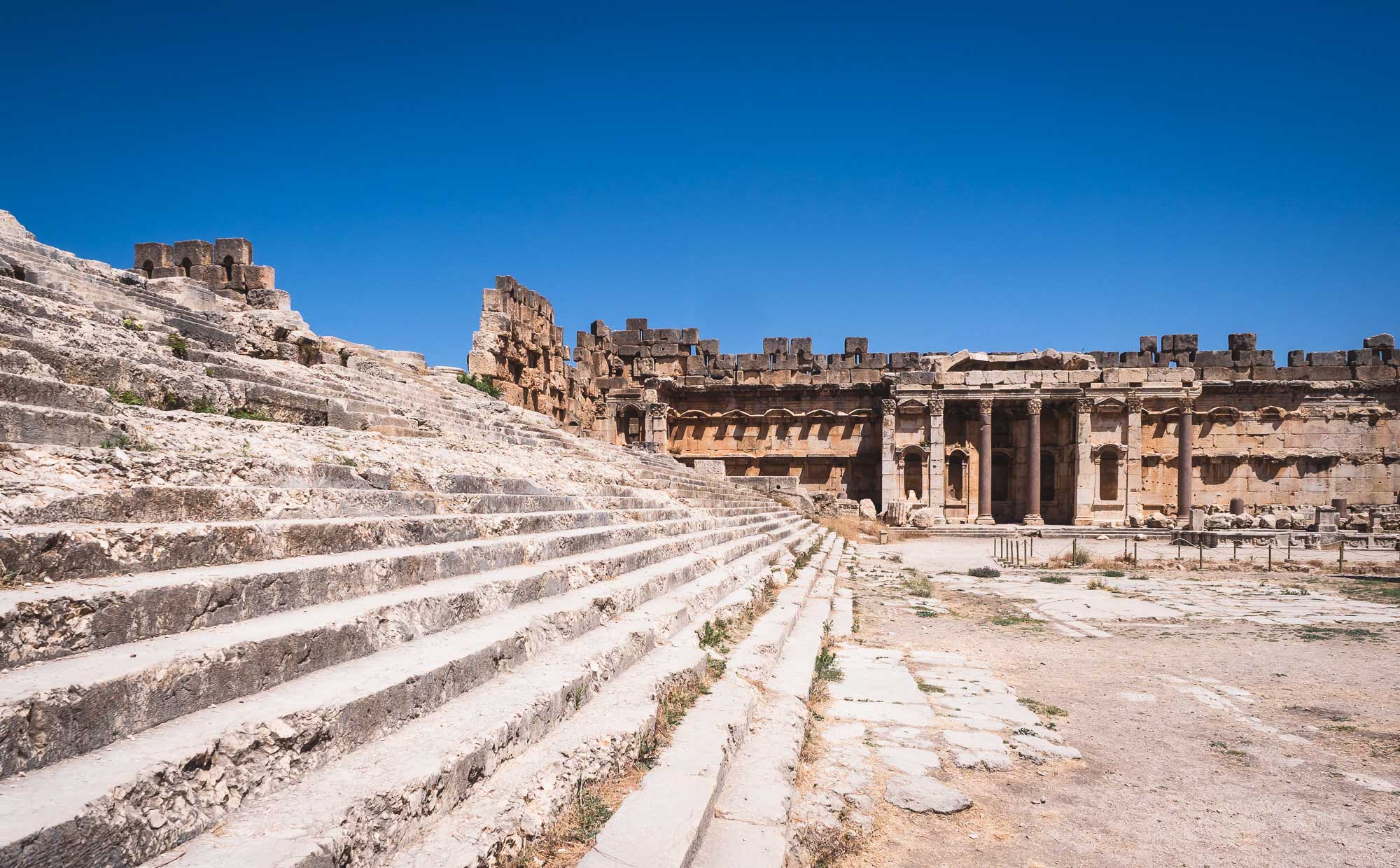
Stairs
The stairs leading to the Temple of Jupiter in Baalbek's complex of ancient ruins. It is the largest of the Roman world, but today only a few columns - currently under restoration - remain.

Temple of Bacchus
This second century temple, dedicated to the god of wine, is one of the best preserved ruins of the Roman empire.
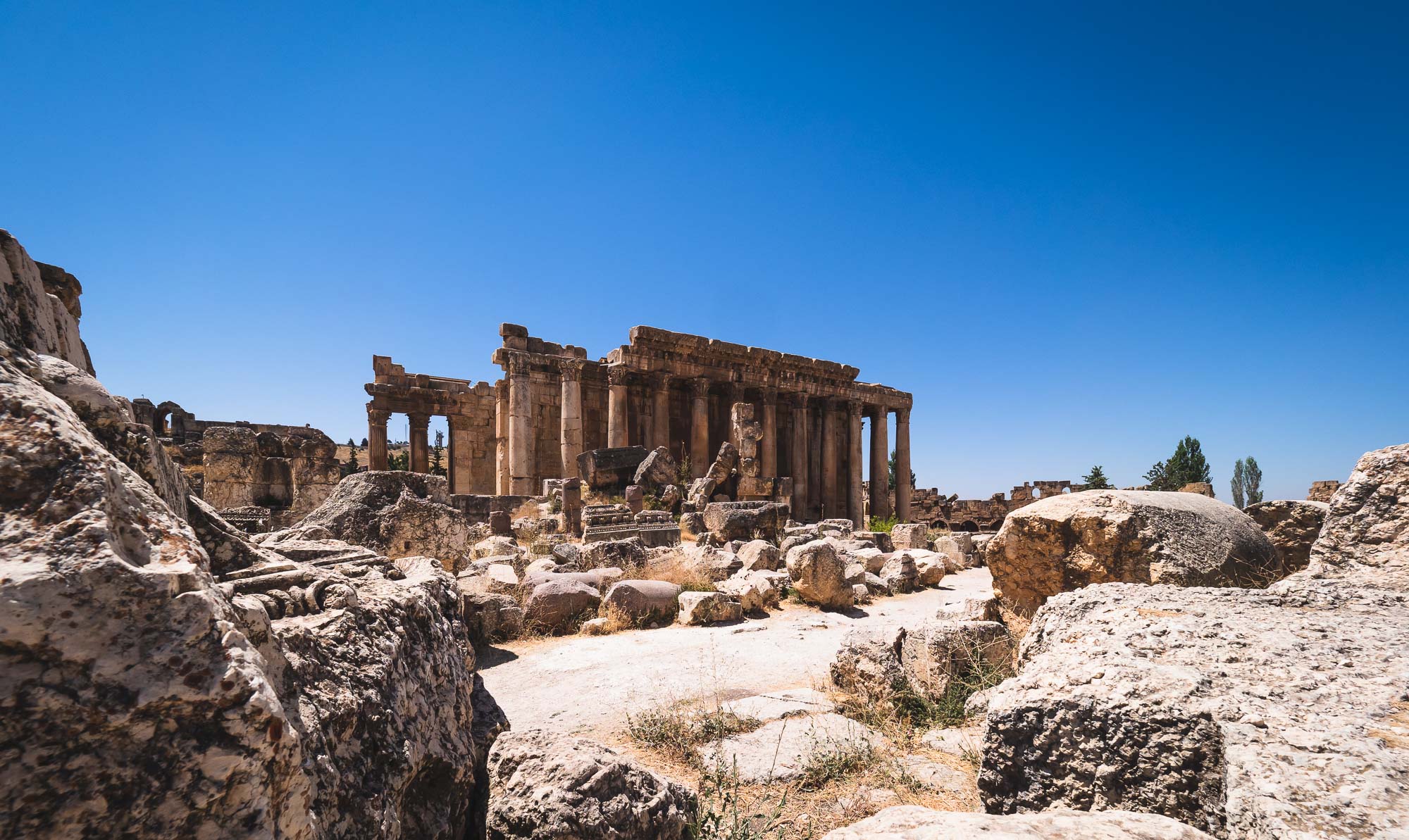
Columns
Another view of the temple from the Great Court.

Friends
A local that is selling Roman coins and guidebooks to tourists wanted to be part of my album.
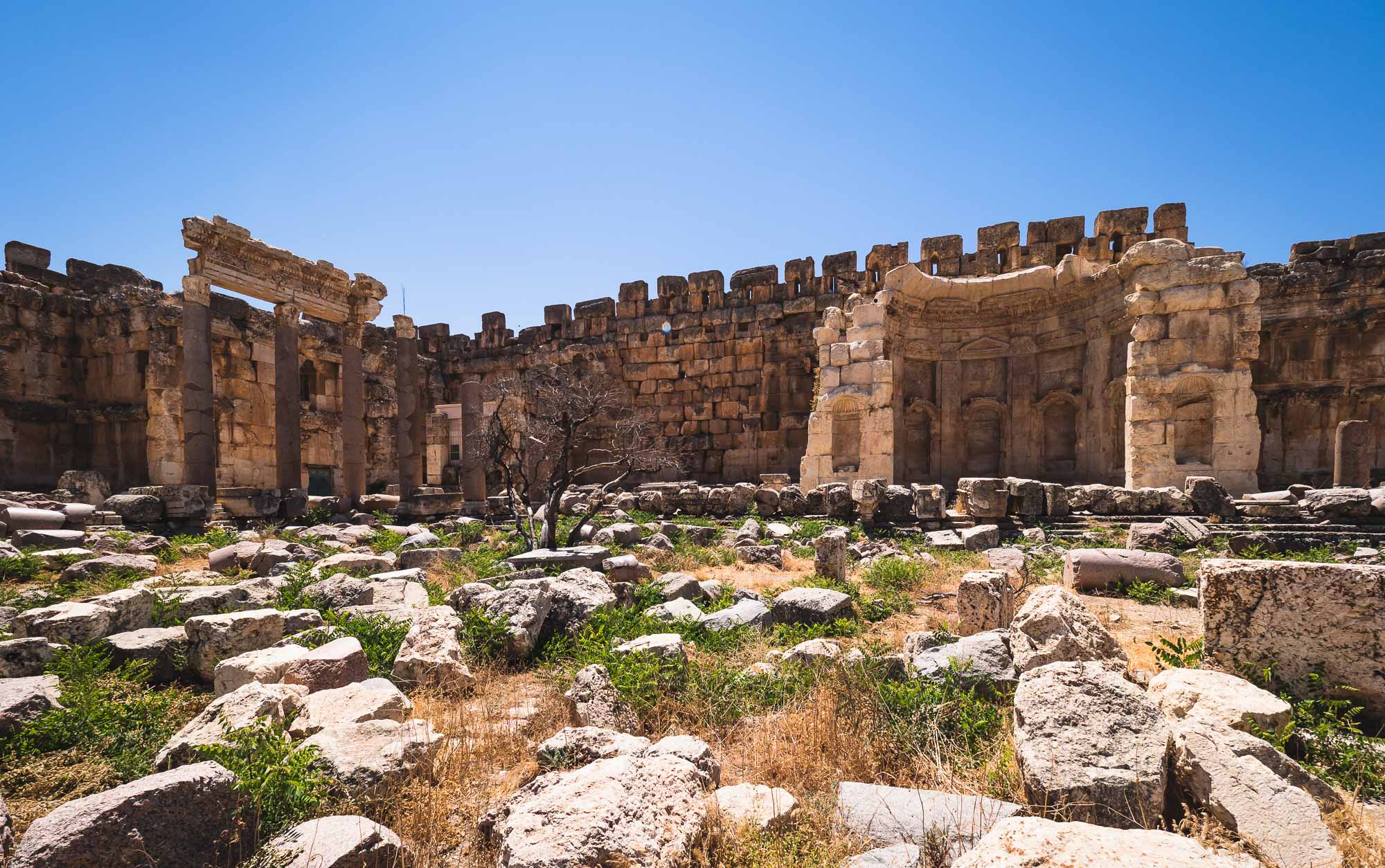
Great Court
The exterior walls of the Great Court. A basilica was later built inside the courtyard.

Bustan al-Khan
The ruins of Heliopolis, as Baalbek was called in Hellenic times, are today some of the most significant in the world. This section, south of the Temple of Jupiter, is a portico with twelve columns.

Stone of the Pregnant Woman
The podium of the temple complex includes 3 stones weighing 800 tons each. Even larger ones, among them this one, were found in the nearby quarry, weighing up to 1800 tons each. The original method of construction remains an archeological mystery, but the quarry was slightly higher than the temple complex, so some form of folling the stones to the site was probably used.
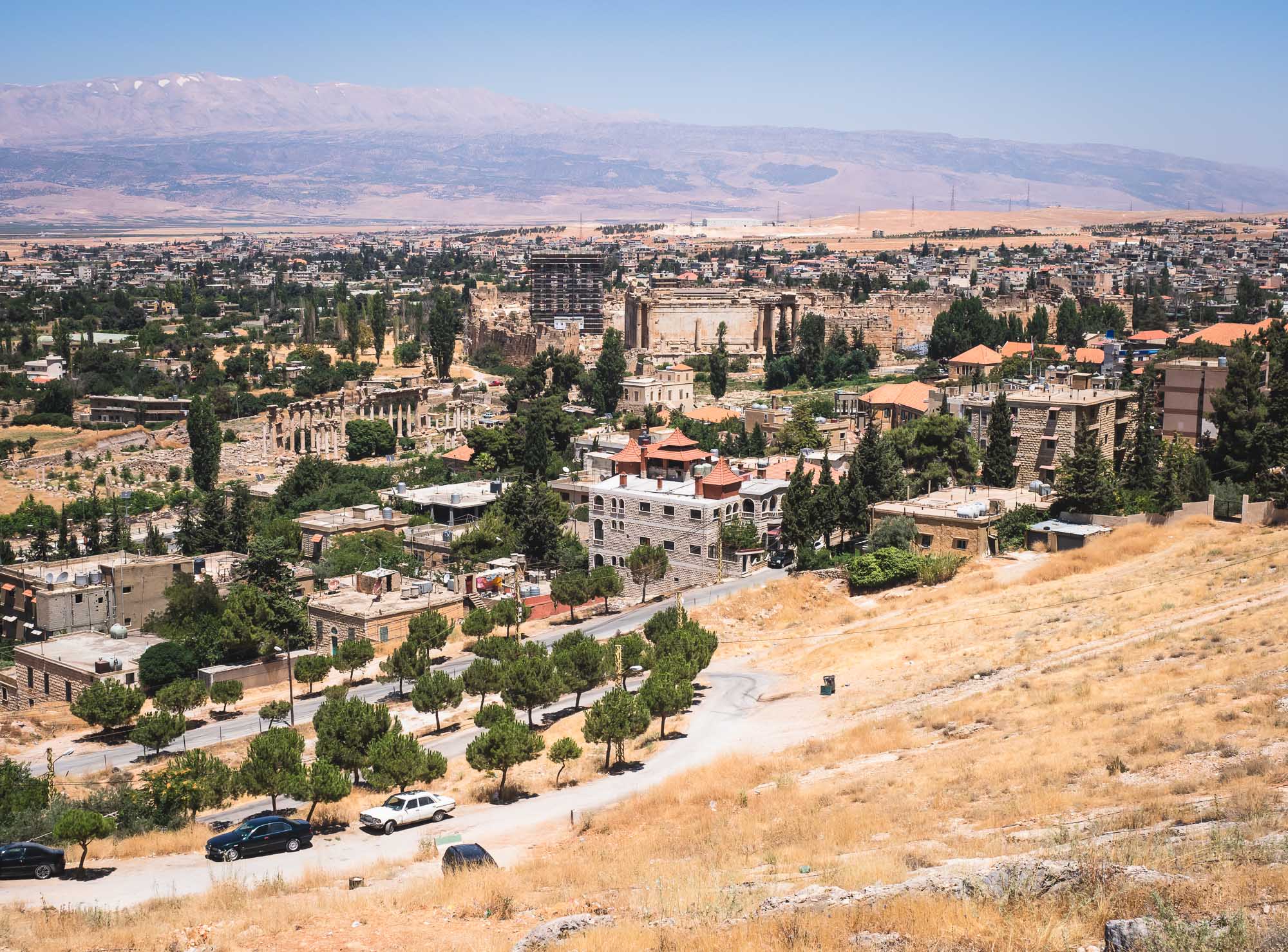
Overview
I hiked up a nearby hill to get an overview of the site. The Temple of Jupiter is visible with the pillars under restoration at the moment, thus covered in scaffolding. The Temple of Bacchus just in front. The entire complex was fortified later under Arabic rule, but not touched much anymore since the 14th century. There is a third temple, the Temple of Venus, not visible here, to the right of the Bacchus temple, as well as the Temple of Mercury, on the same hill this photo was taken from, but very little is left of it. To the very left is Bustan al-Khan.
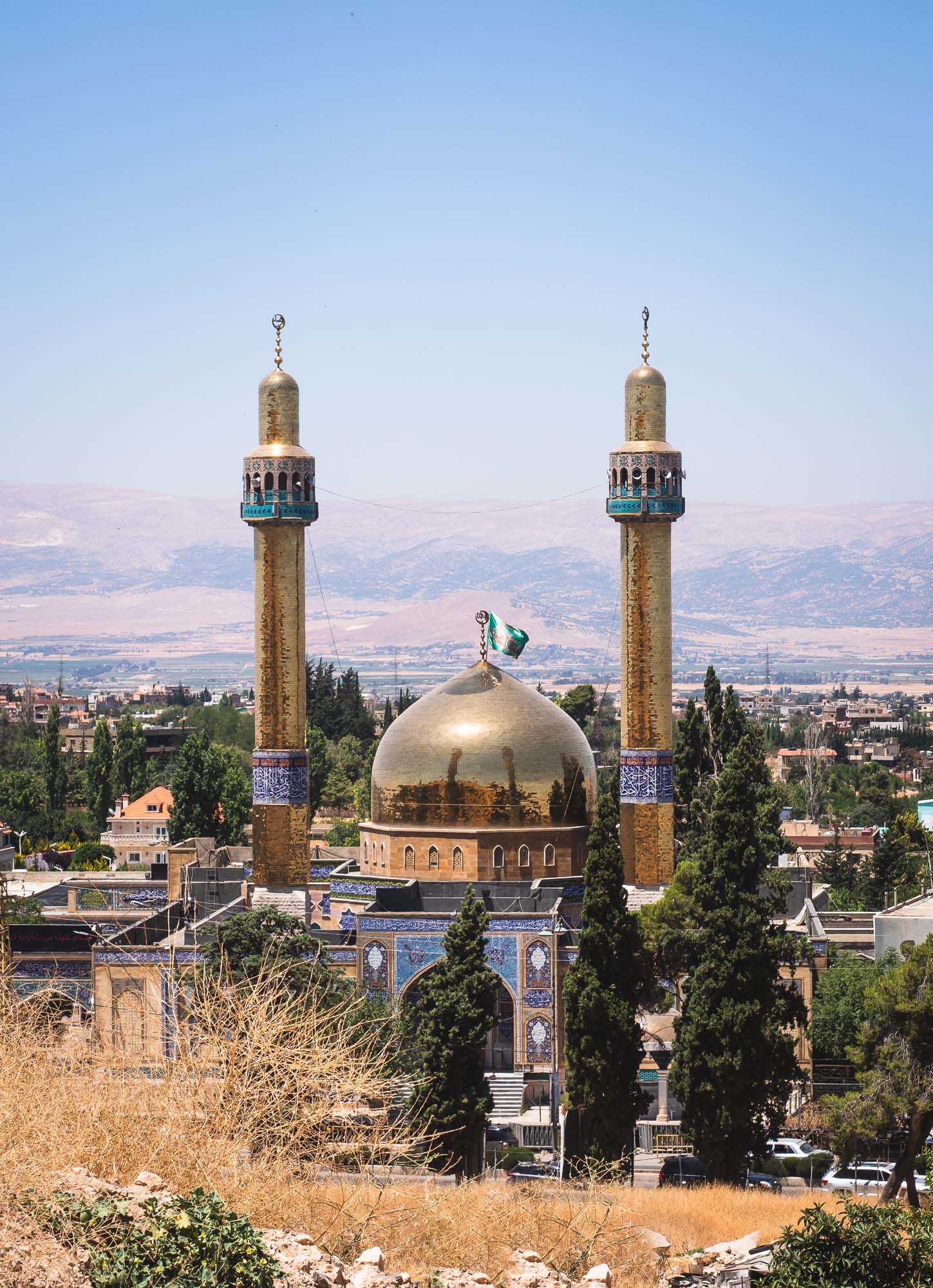
Sayyida Khawla Mosque
The golden roof makes this mosque hard to miss.
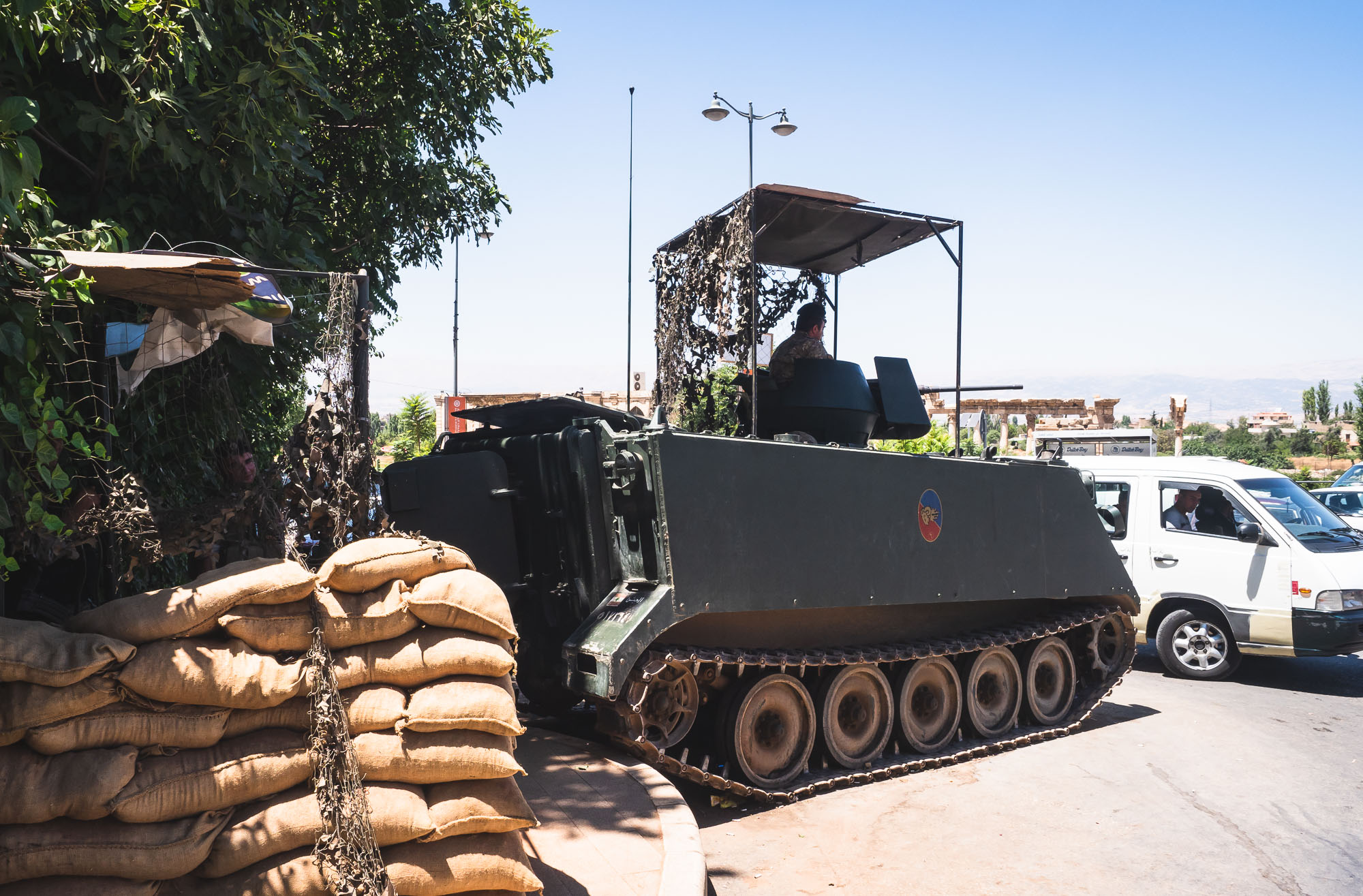
Military Presence
Given the close boarder to Syria, military posts and check points are still omnipresent in this area.
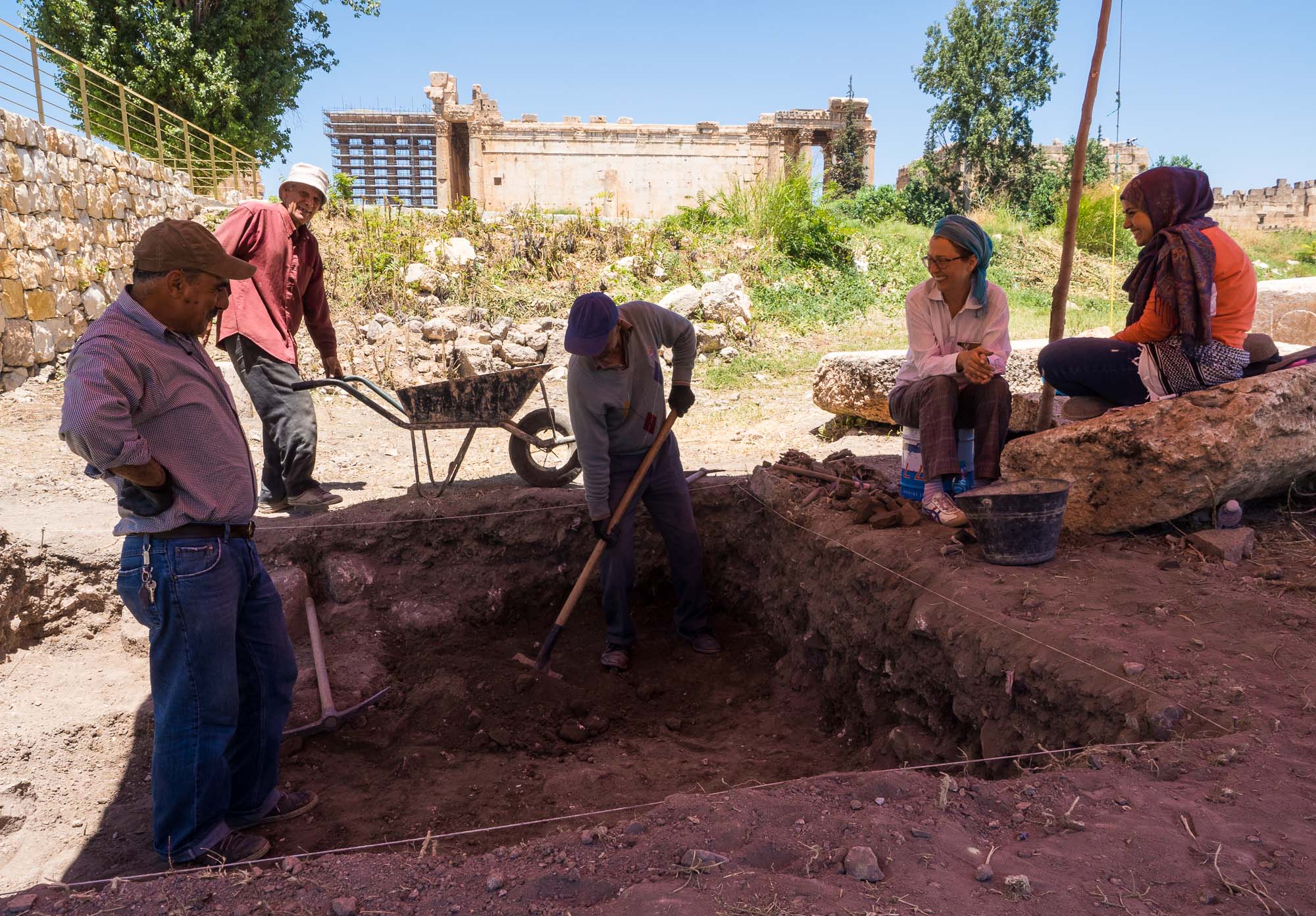
Digging
A team led by a German archeologistc is digging in the area east of the temples, to determine if further excavations would make sense.
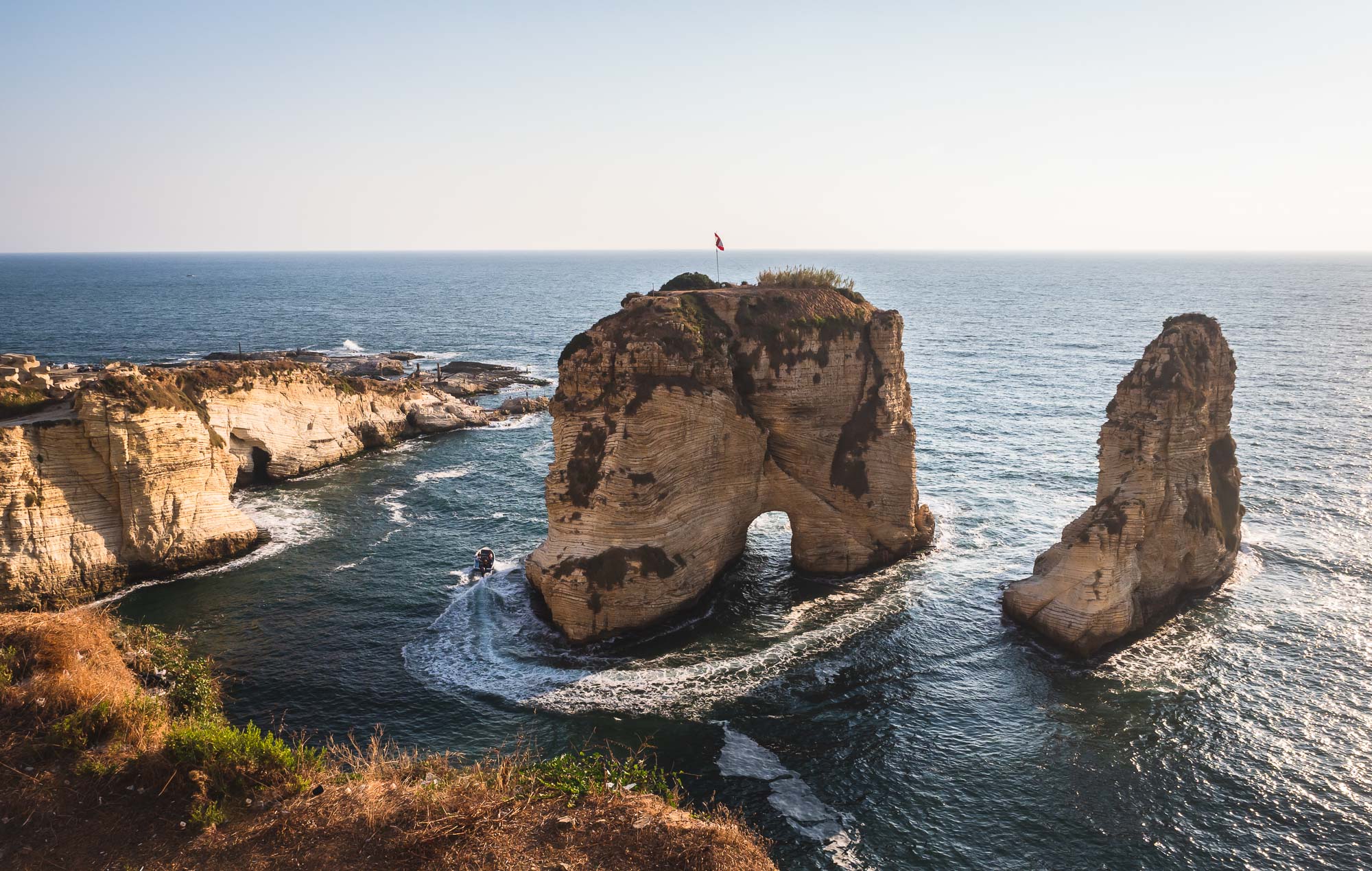
Raouche Rocks
These two rocks are probably the most famous of Beirut's landmarks.
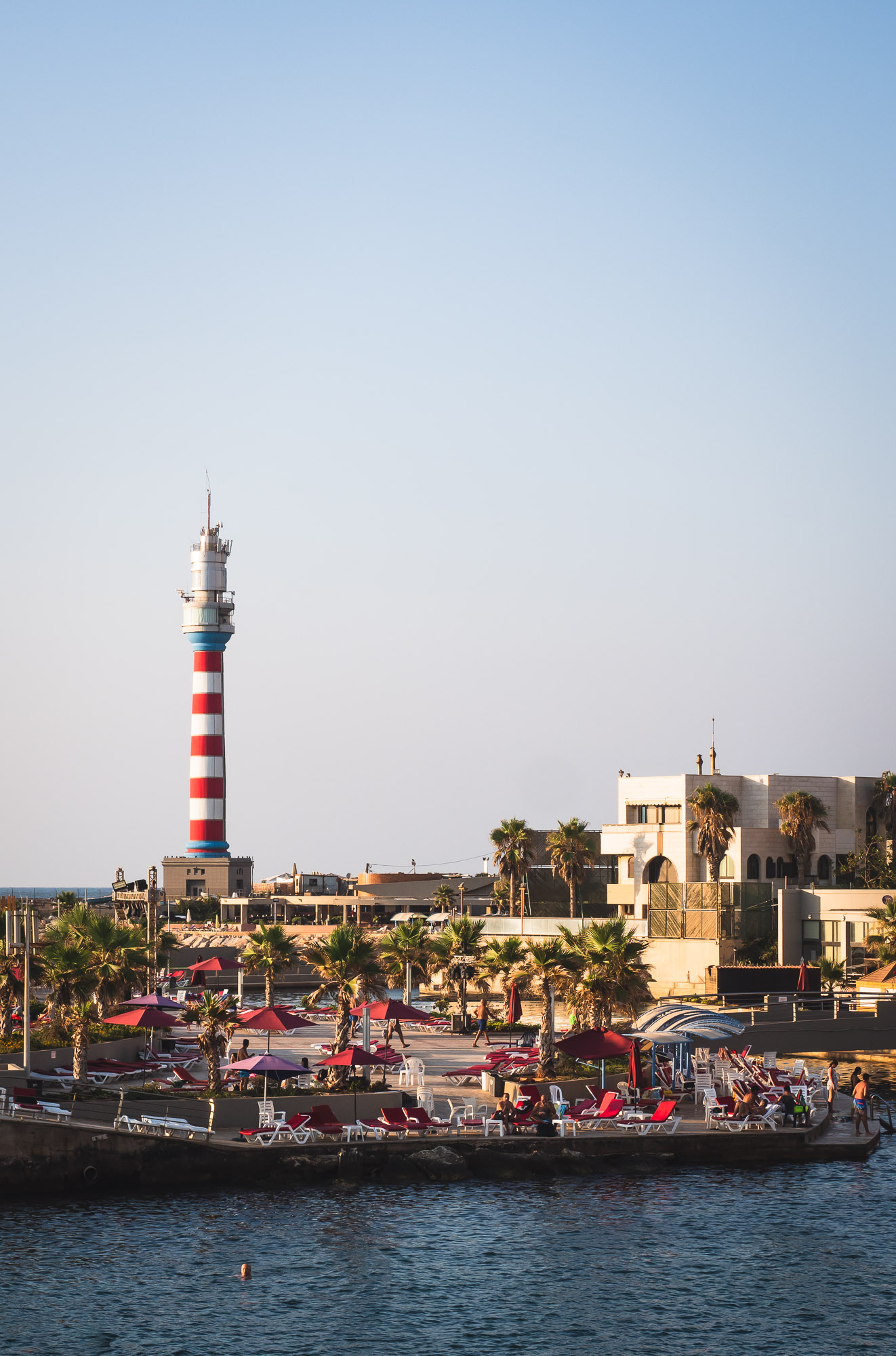
The New Lighthouse
While this one opened in 2003, it has been the same family that is responsible for Beirut's nightly guiding light for the past 150 years.
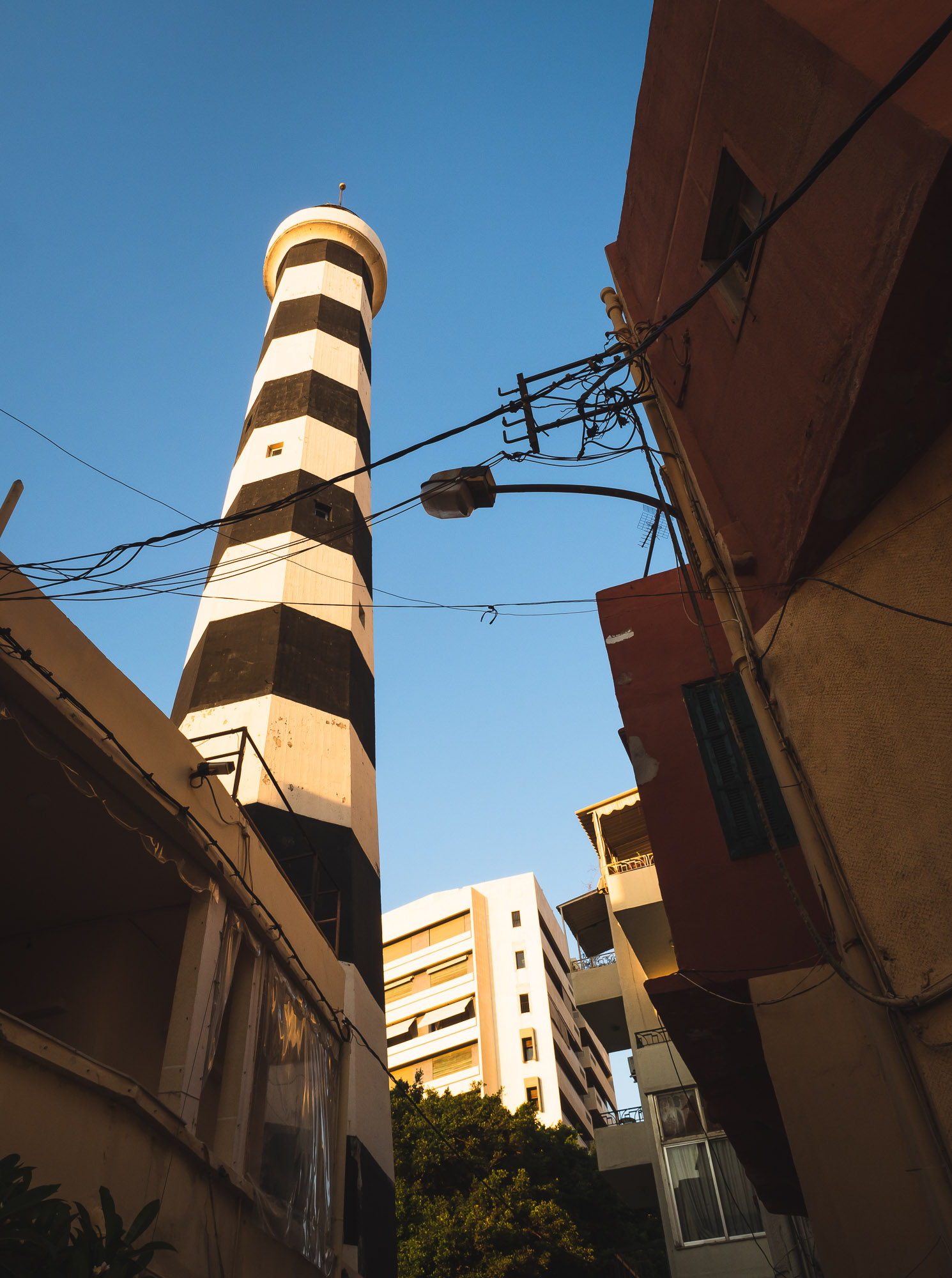
The Old Lighthouse
It was built in the 1920s, but when an influential businessman constructed a taller building in front, a new one closer to shore was needed.

The illustrious M
The BMW M badge seems to be highly coveted in Lebanon, and thus applied generously.
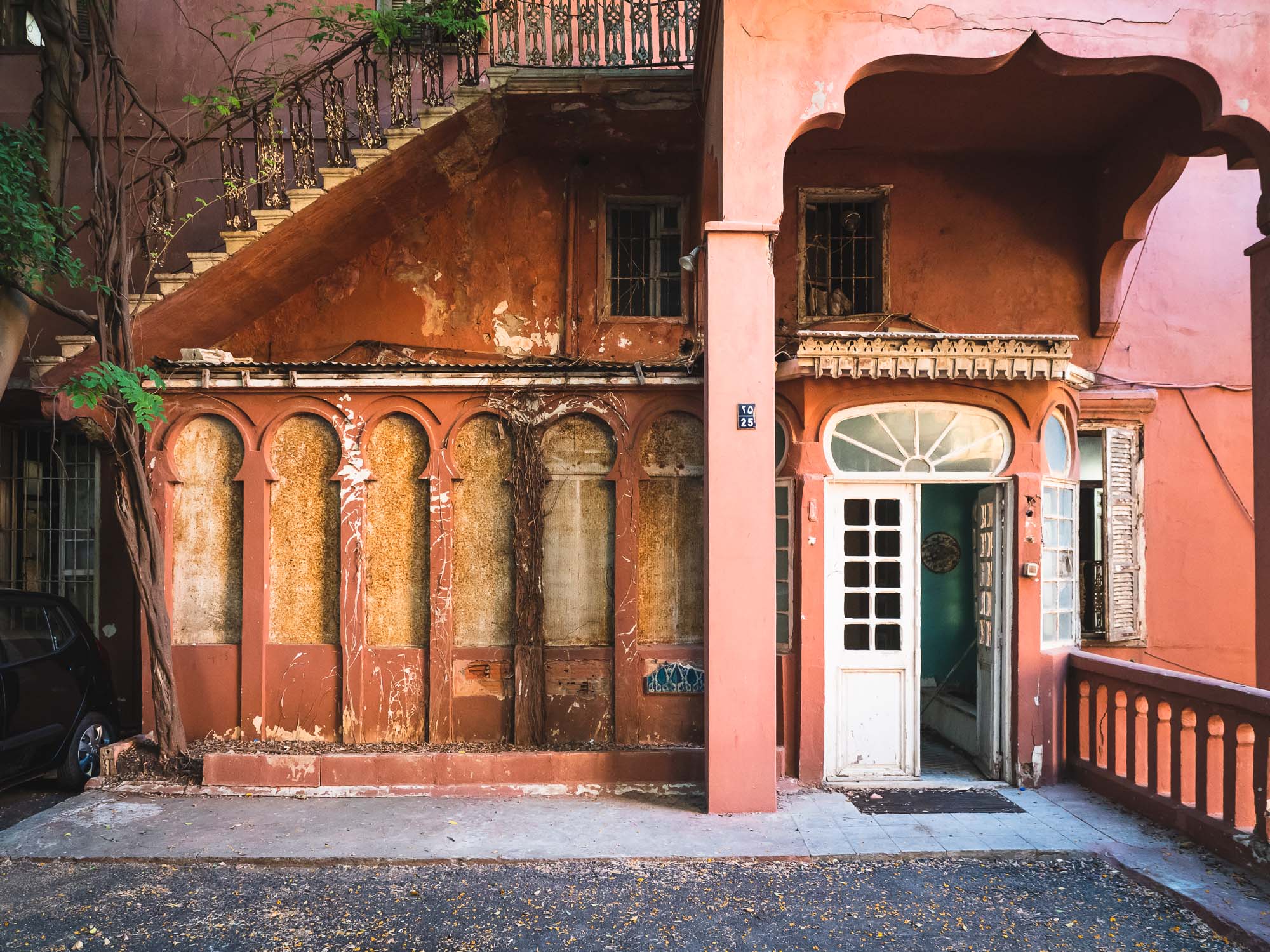
La Maison Rose
Another one of Beirut's abandoned palaces, this one is located directly on the hill on the north western tip of the Ras area. While the door was open, a very official letter posted at the entrance, and the questionable condition of the staircase, didn't quite give me the confidence to walk inside.
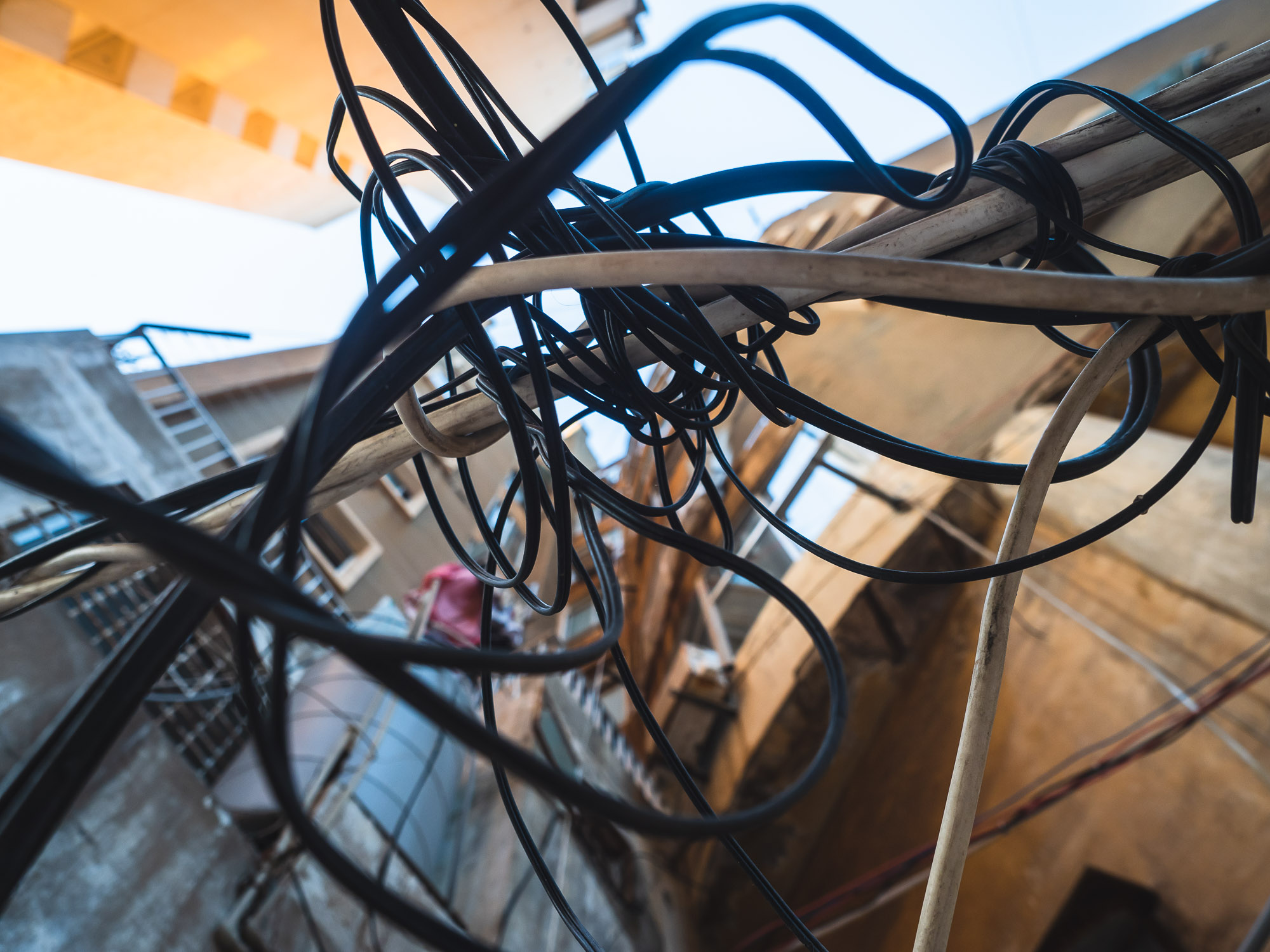
Power
Lebanon is famous for its regular power outages. One can only guess as to what may be the reason for such occurences...

Alignment
A bit of planning and the right spot allowed me to get the postcard shot, with the sun setting between the rocks, while a boat of tourists cruises around them.

Flying
A couple watches a plane approaching Beirut's Rafic Hariri International Airport.
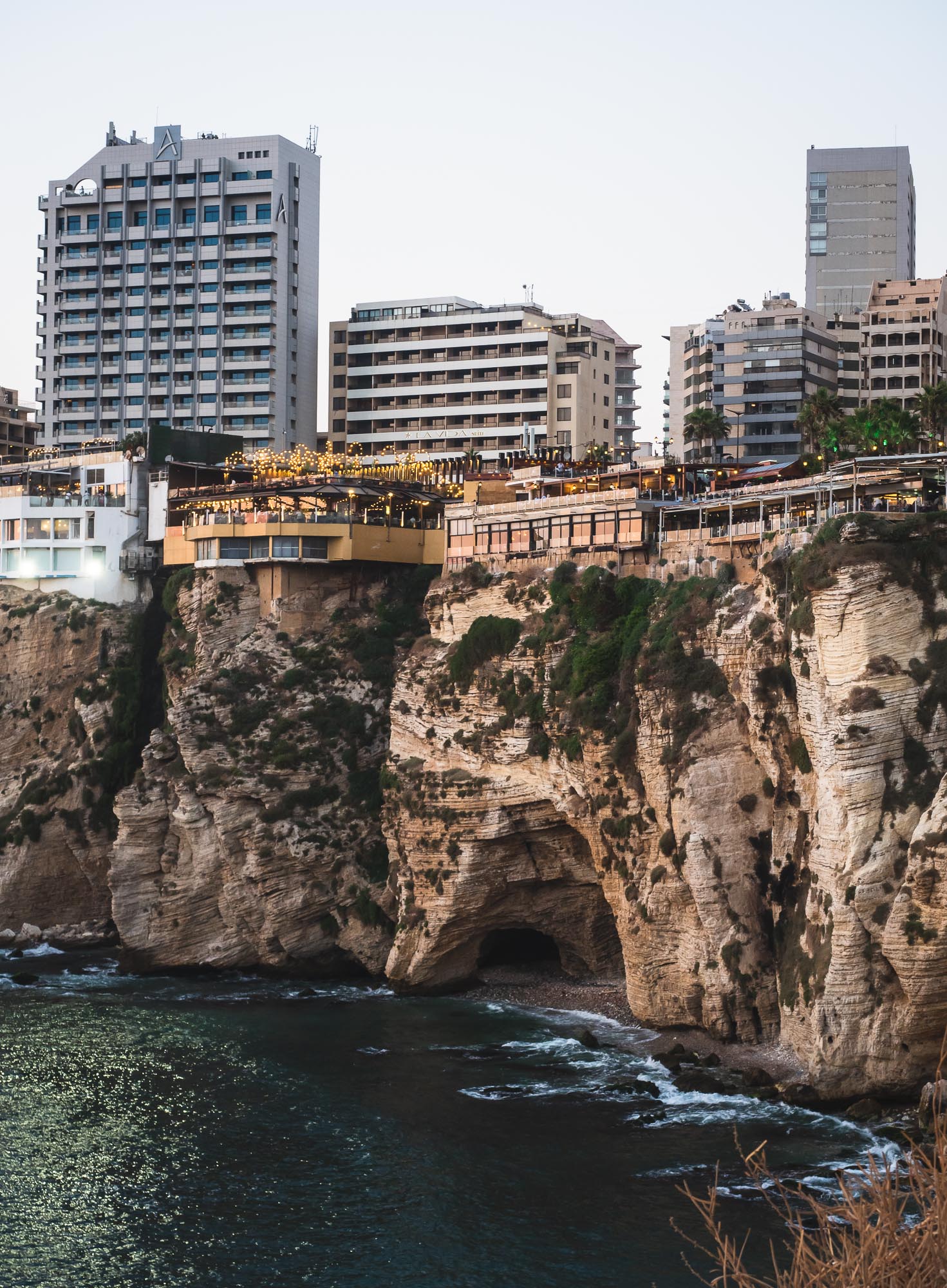
Cave
Unbeknownst to the diners above, the coastline in front of the famous rocks features a beautiful cave structure below.
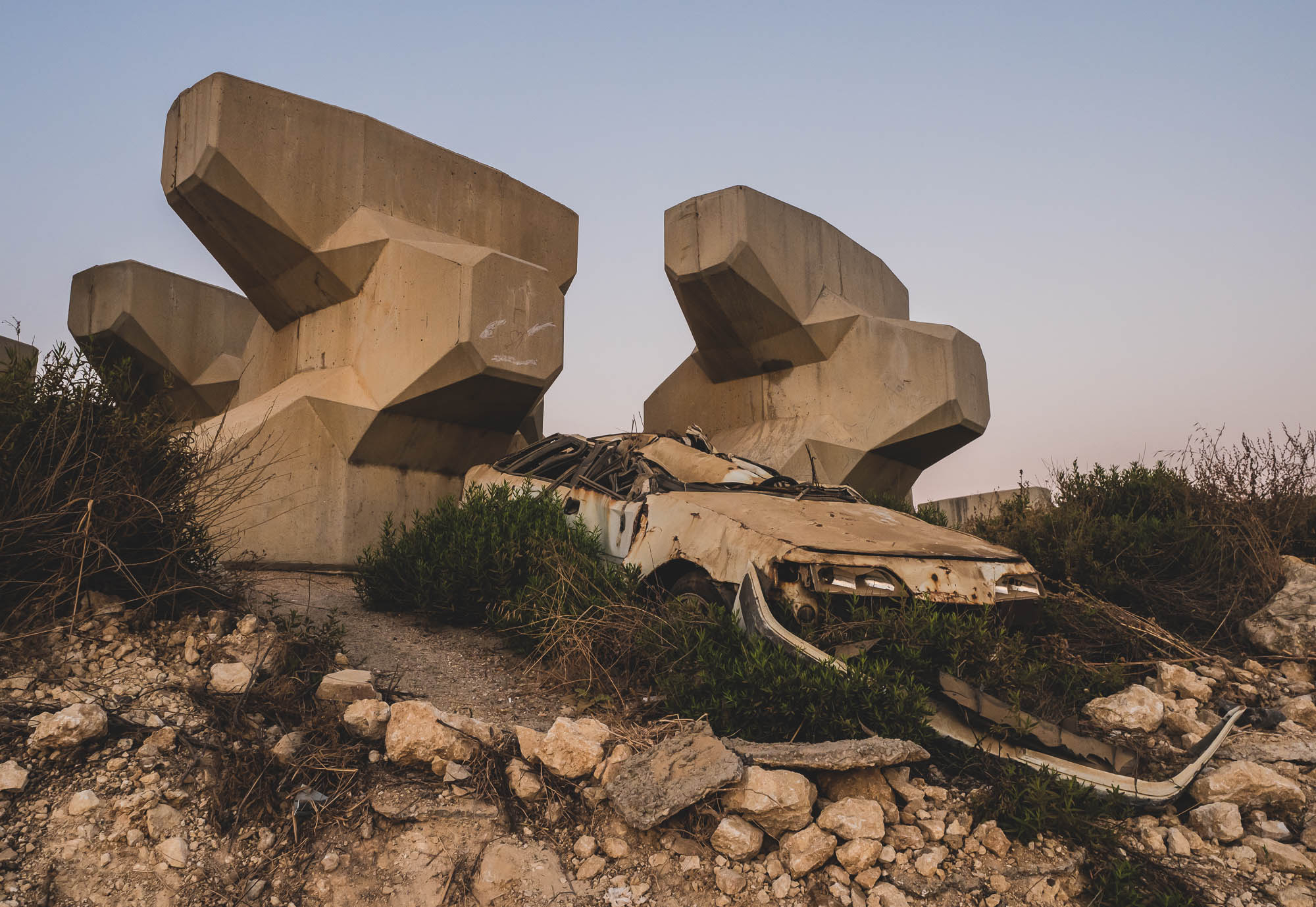
Strange Things
What are they, why are they here, and how did the car get in between them - these and other questions come to mind.
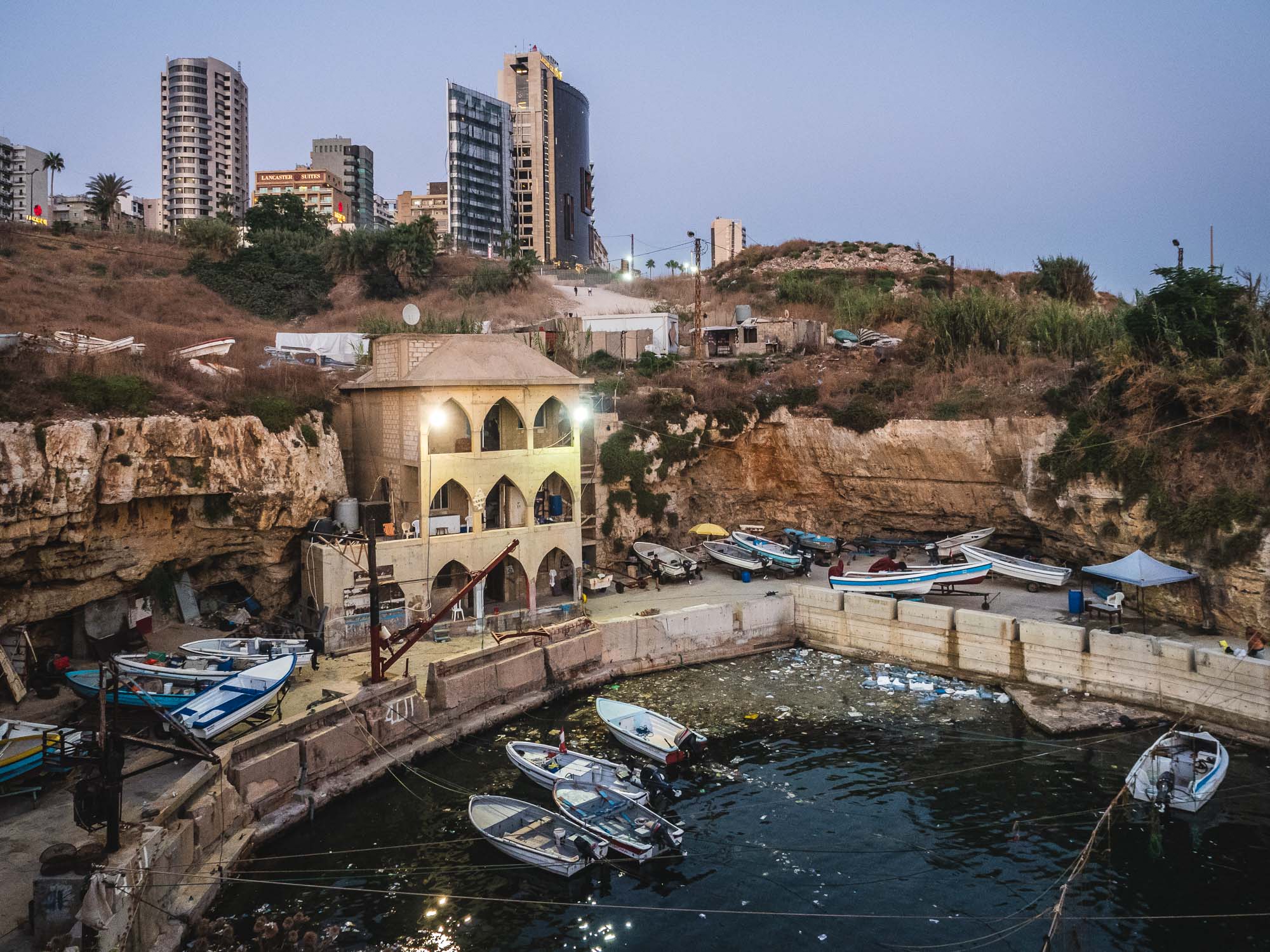
Mini Marina
A small harbour is perched in between the rocky coastline of Beirut.
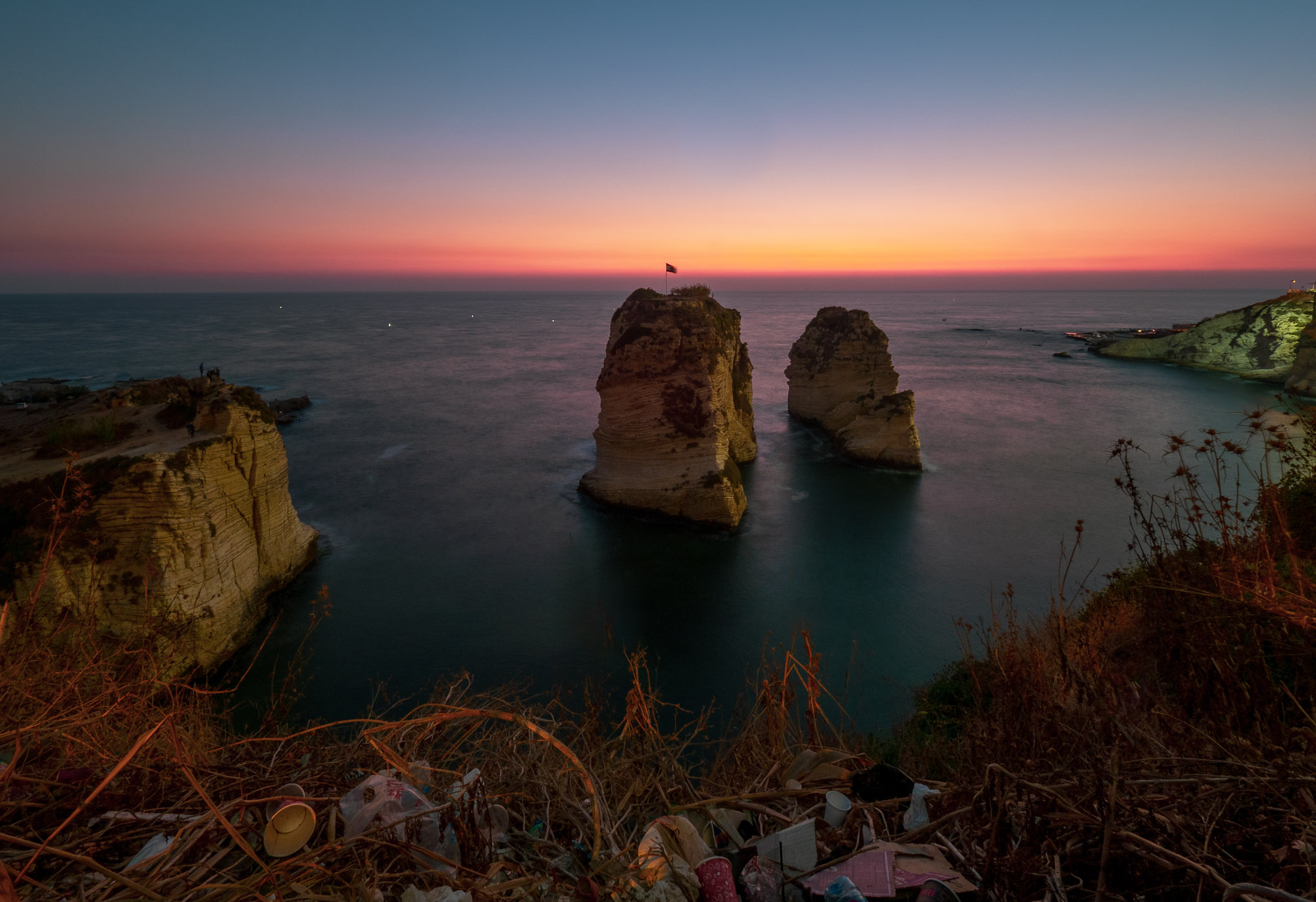
The Dark Side
One is sometimes tempted to apply a little photoshop and get the perfect photo - but the reality of the site is full of garbage and plastic, as seen here. In general, the country would be well advised to take better care of its beautiful setting.
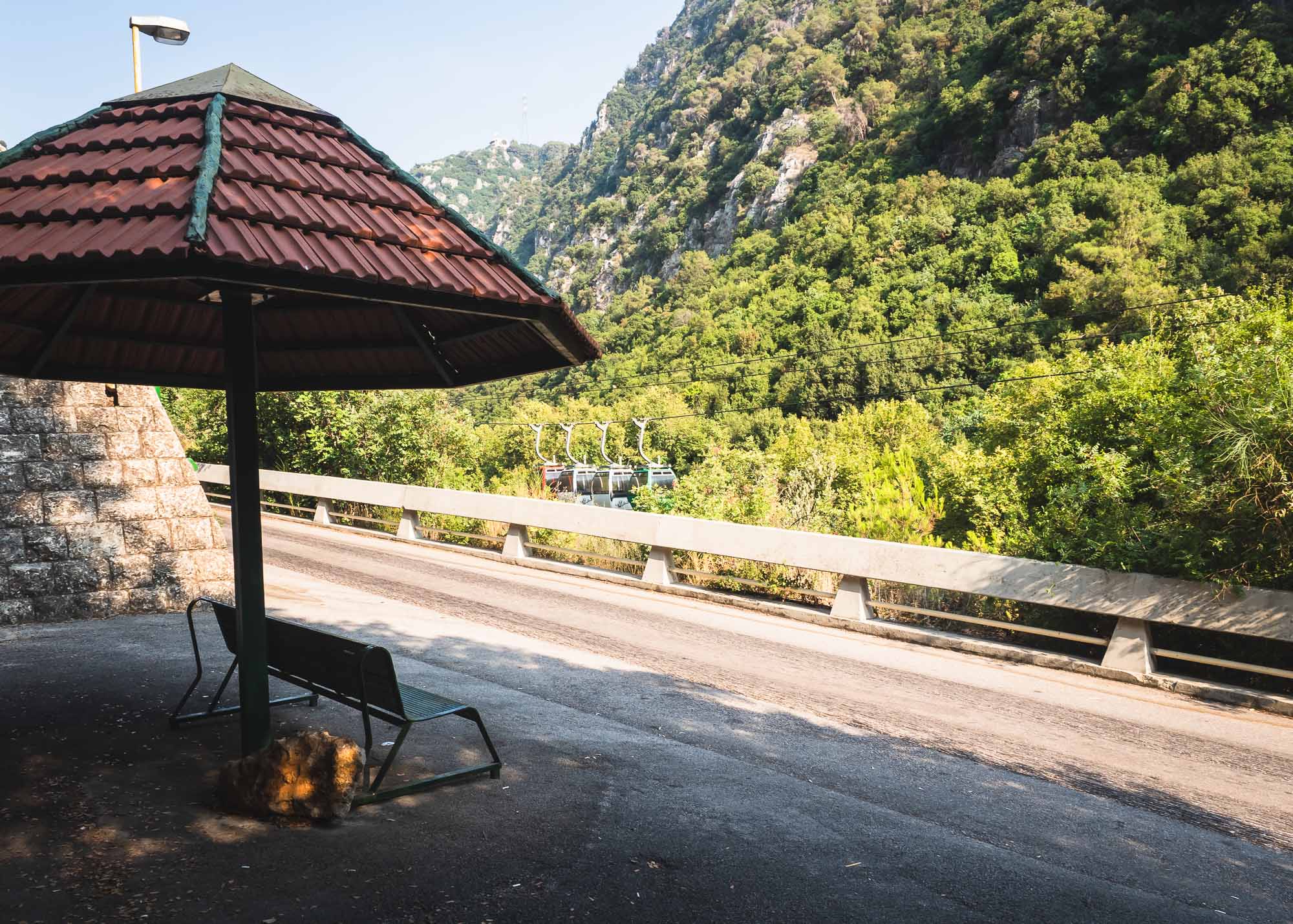
Jeita Grotto
The small road leading up to the cave is closed for cars - a cable car brings you to the top if you don't want to walk.
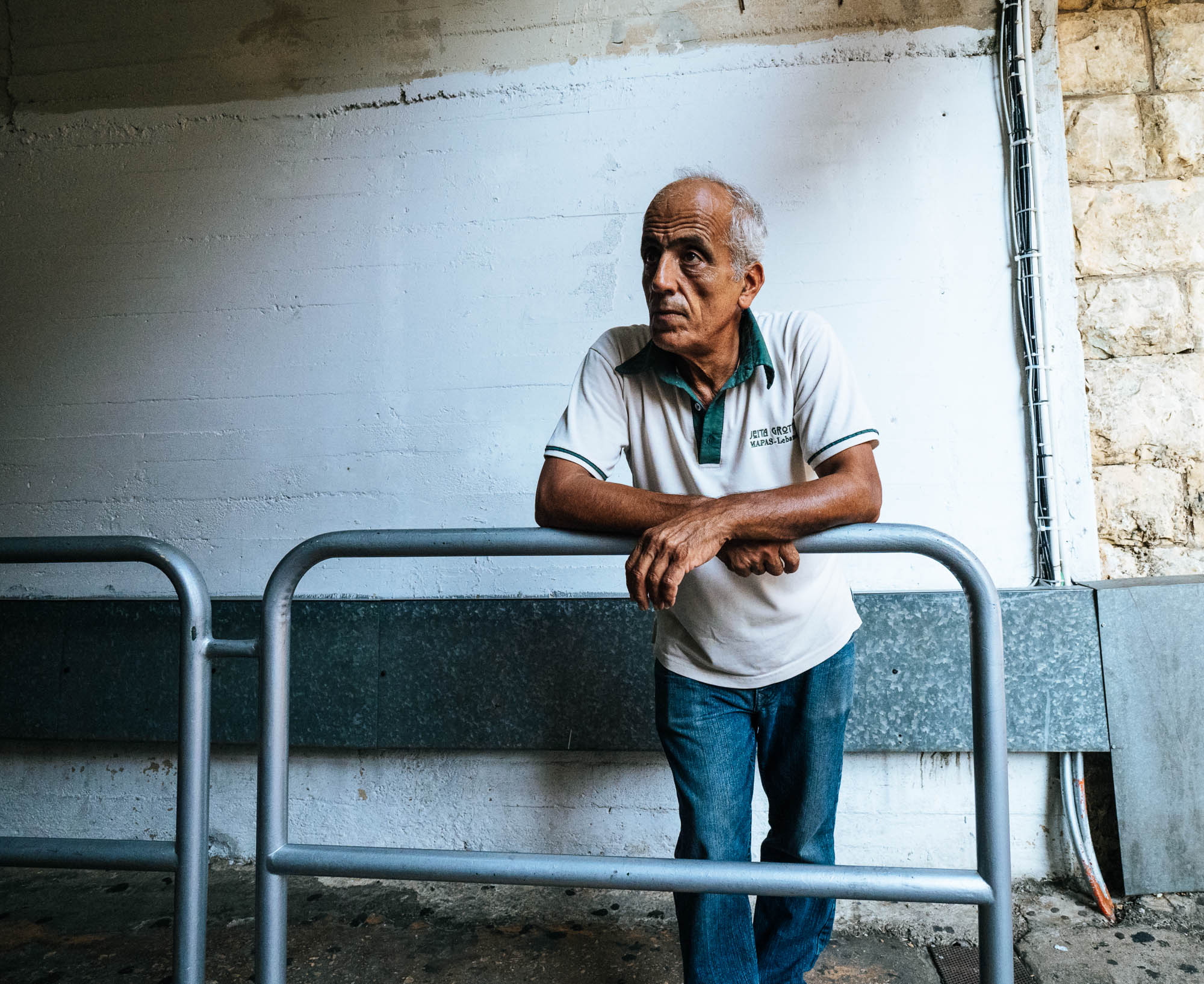
No Access
One of the team members of the Grotto's staff waiting for the next group to arrive.
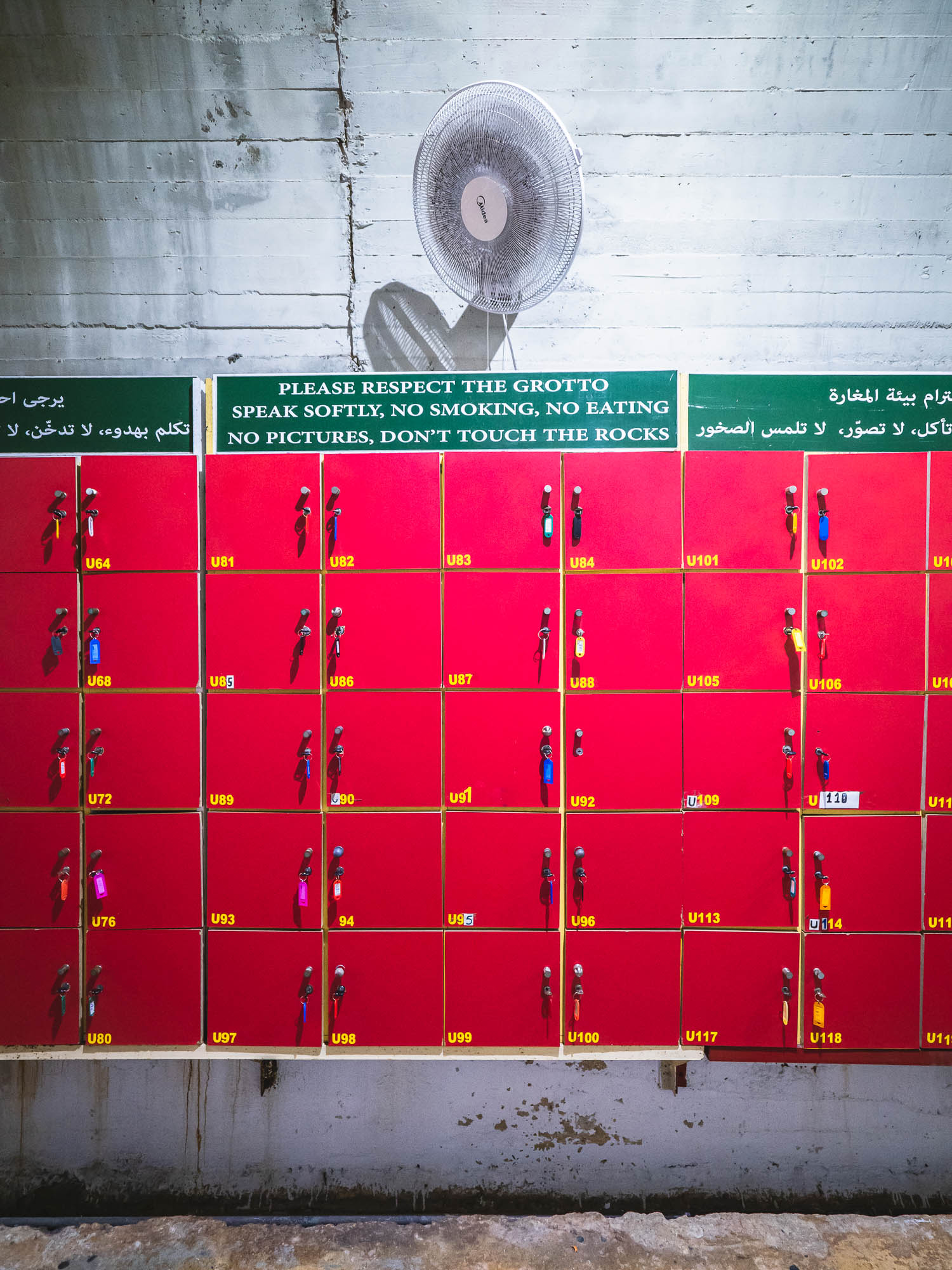
Respect the Grotto
The rules are strict, and phones and cameras are not allowed to be taken inside. Having met and listened to the General Manager of the site who has build and looked after most of the attraction since it reopened after the war in 1995, it was clear that his passion for keeping the attraction in a pristine state is behind the rules, and they seem to be working.
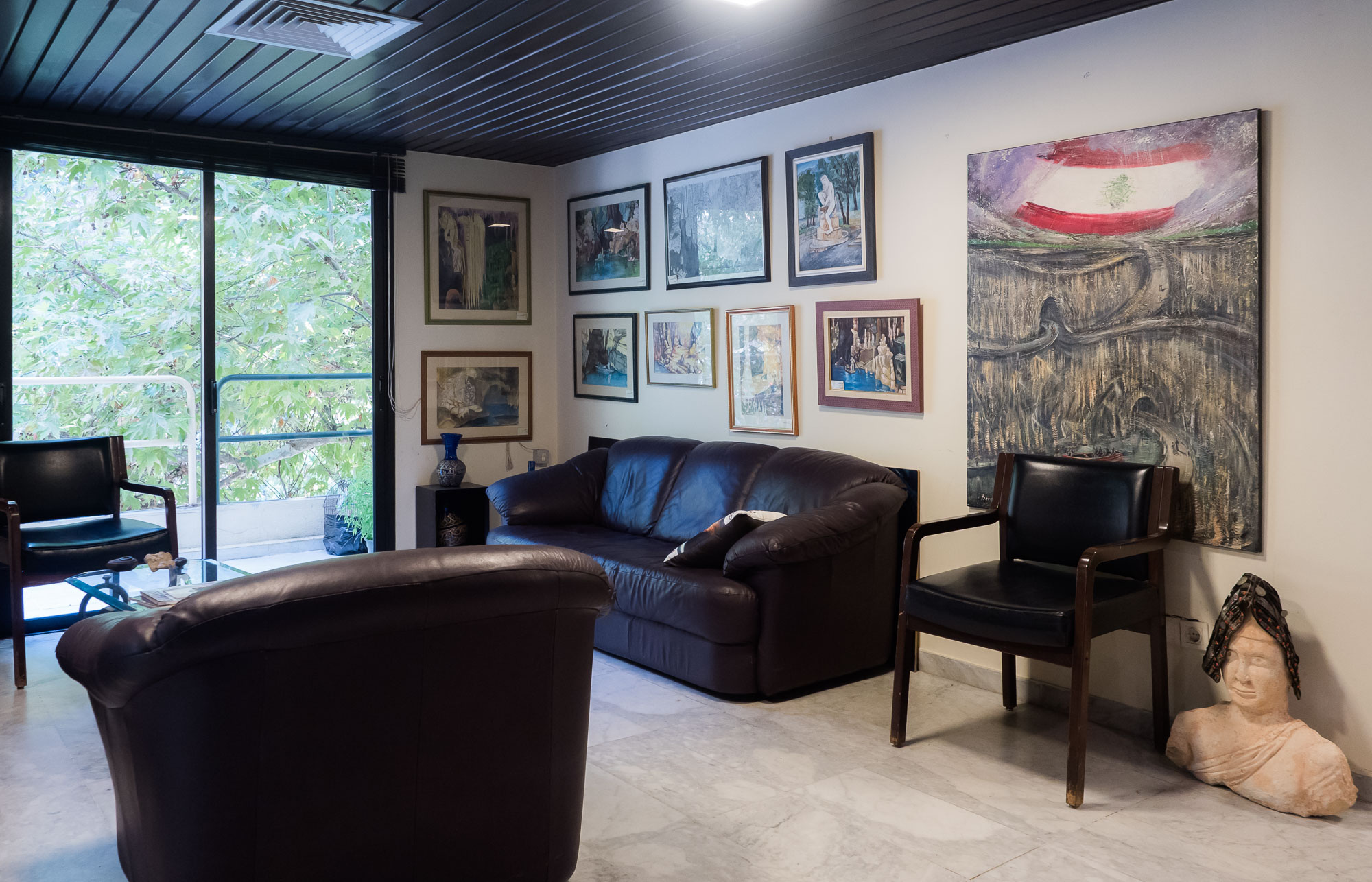
Artworks
The office of the General Manager of the Grotto features paintings of school children as part of a competition. As he explained to me, judges made them draw an outline of the painting on the back while evaluating the submissions, to be sure it was really the children who were responsible for the work.
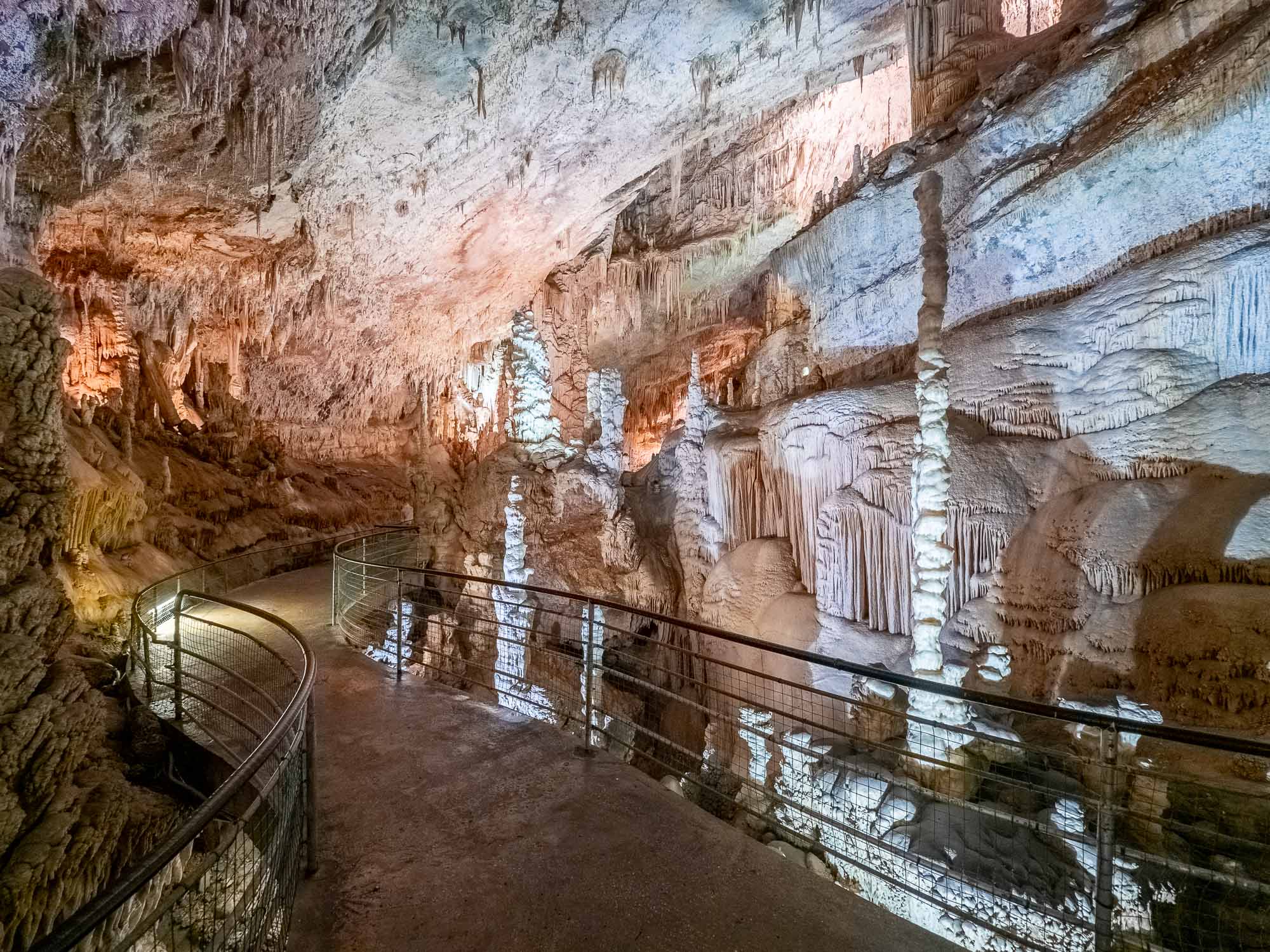
Opportunity
However, after a brief exchange I was deemed trustworthy enough to visit the Grotto after hours. While I didn't have much time inside, it was an incredible experience, for which I'm very grateful.
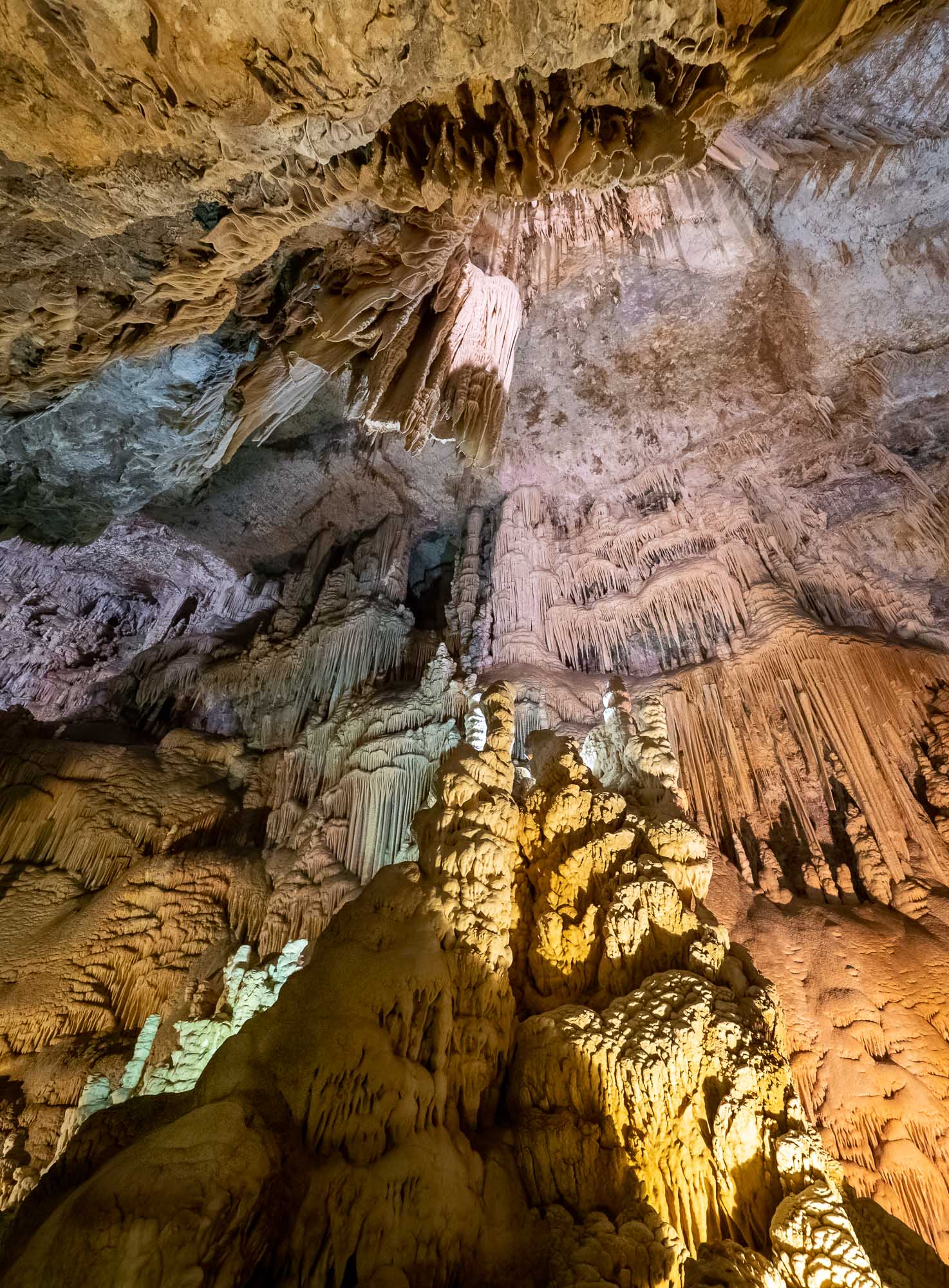
Lighting
One of the most impressive feats is the way the Grotto has been lit up by the team, accentuating the shapes, contrasts, and colours, in the right places.
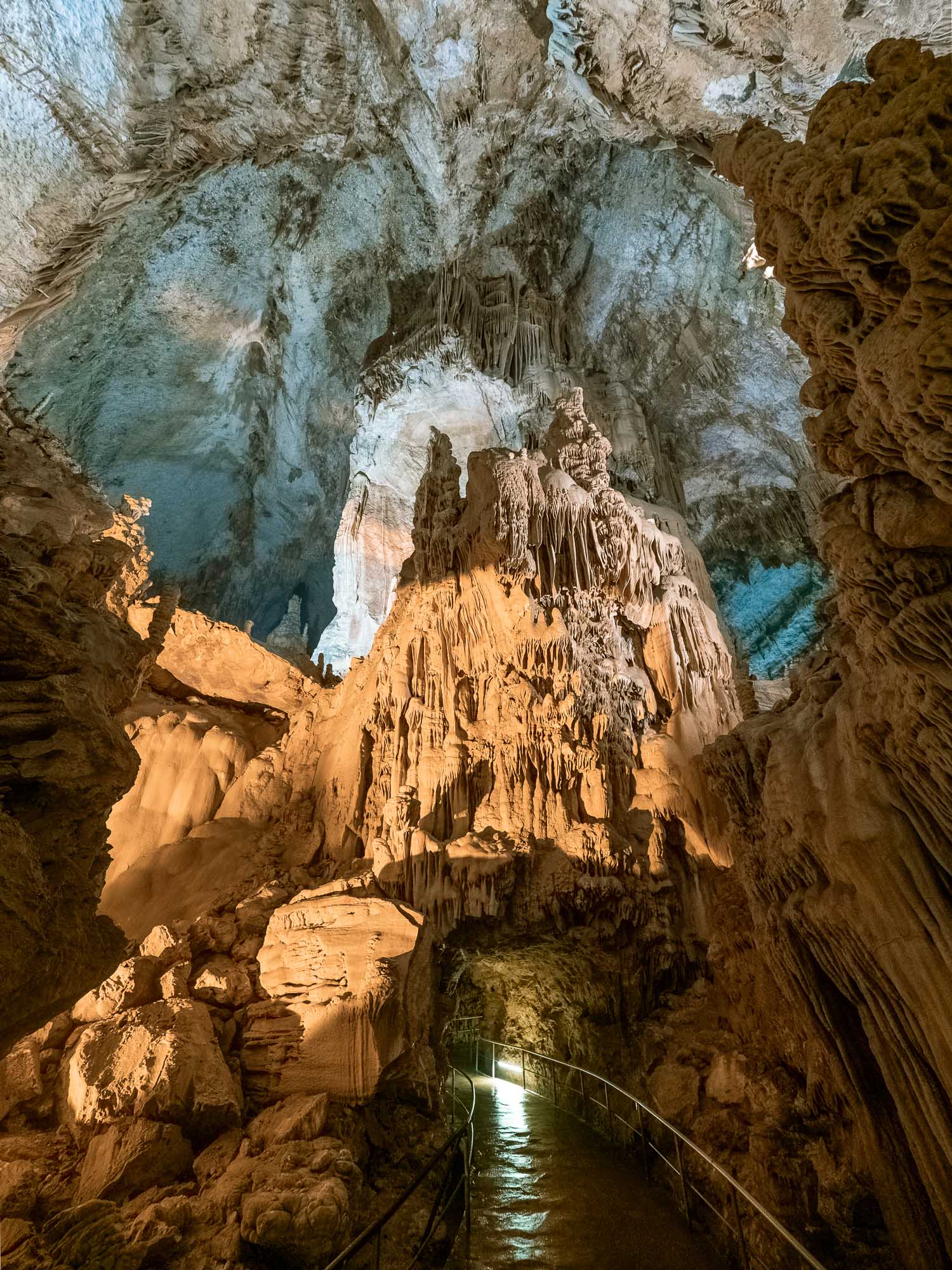
Tunnel
About 50m in, visitors walk through a tunnel connecting the accessible chambers.
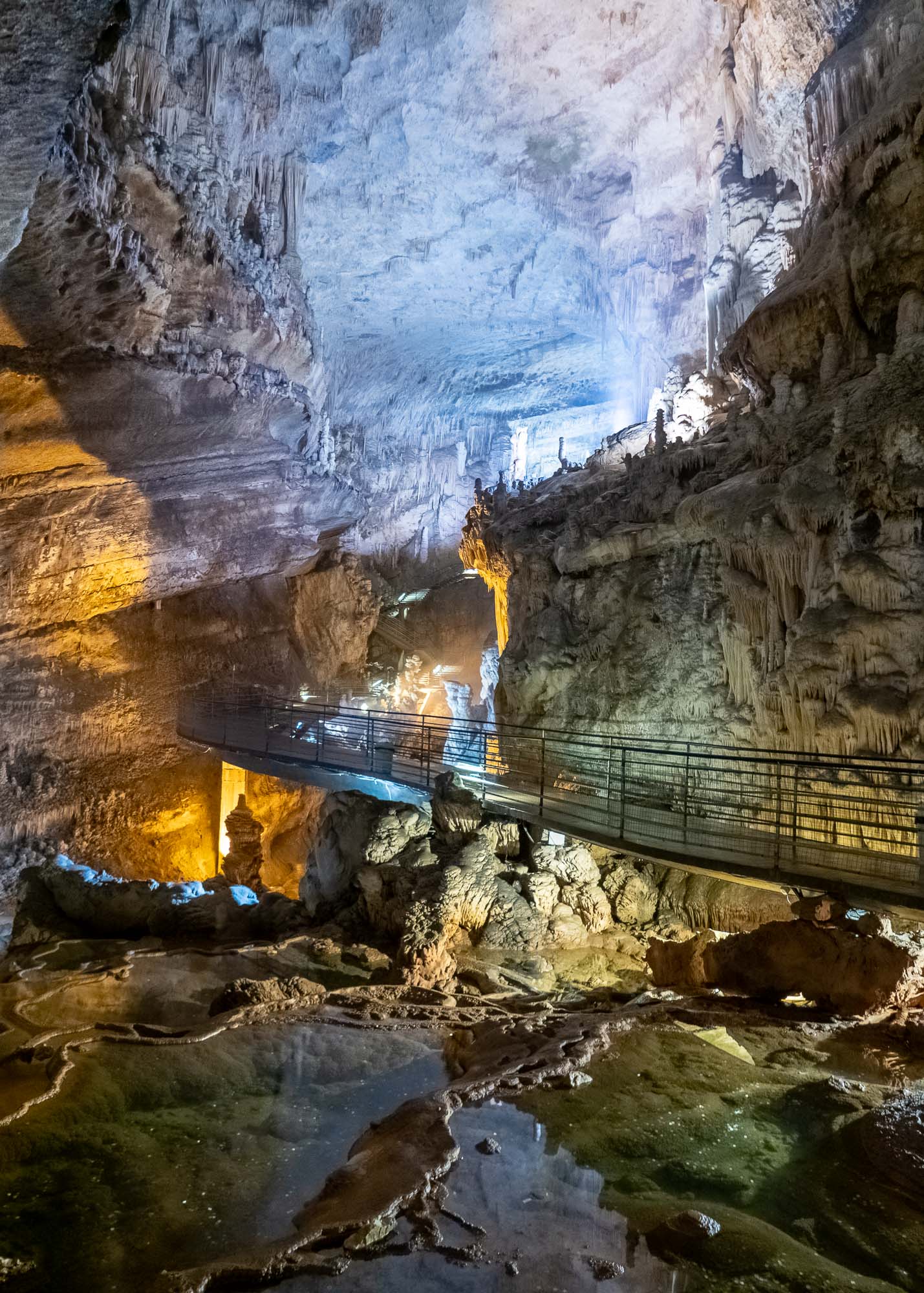
Puddles
While there are several spots where the water drips from the ceiling (side note - this is much more amazing if you get a chance to be in the cave in absolute silence like I was) water collects in only a few spots in the Upper Grotto.

Scale
Note the viewing platform on the top left, providing a sense of scale in this photo. The space is enourmous.
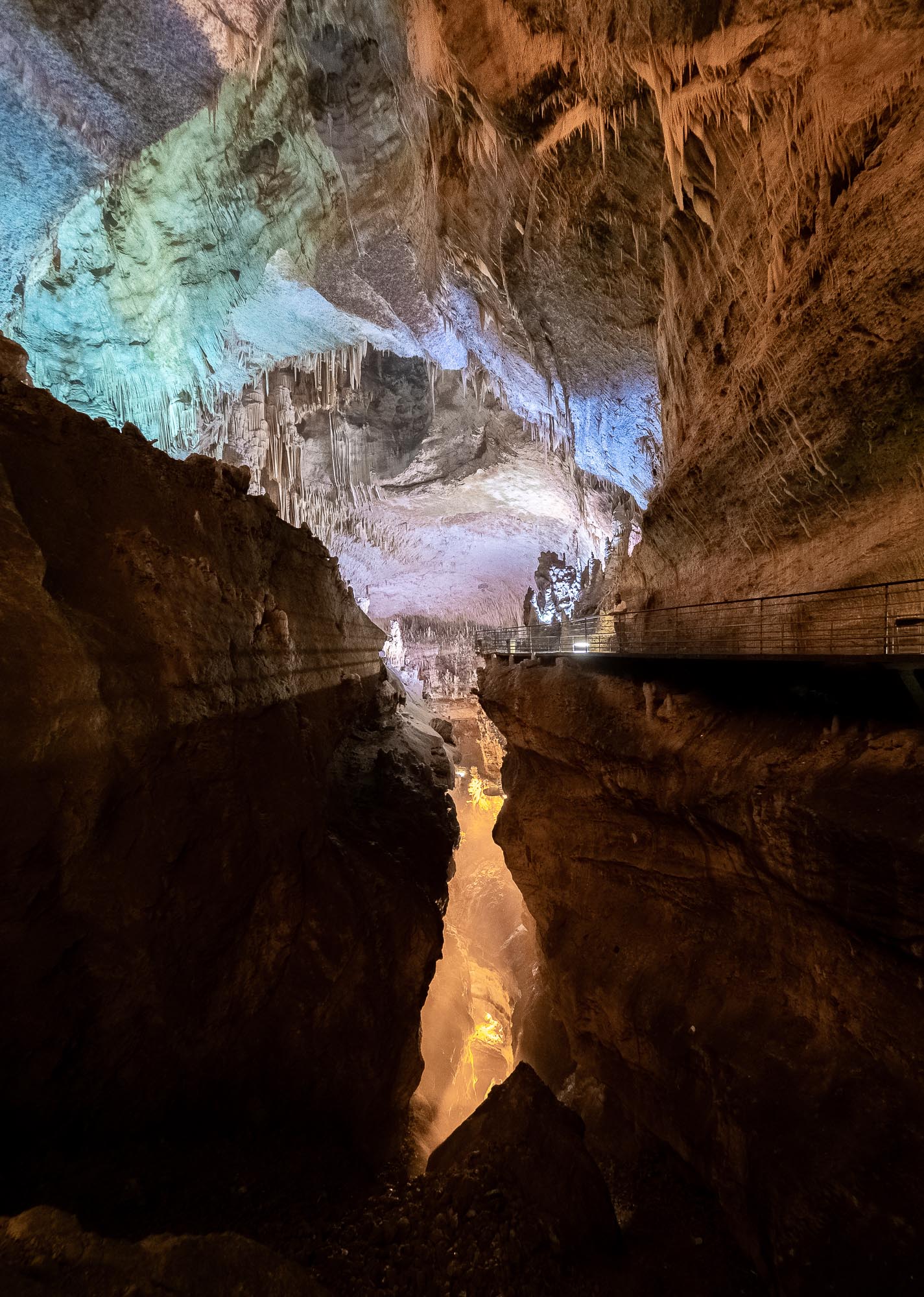
Depth
The total length of the two interconnected caves is almost 9km, but not all of it is accessible.
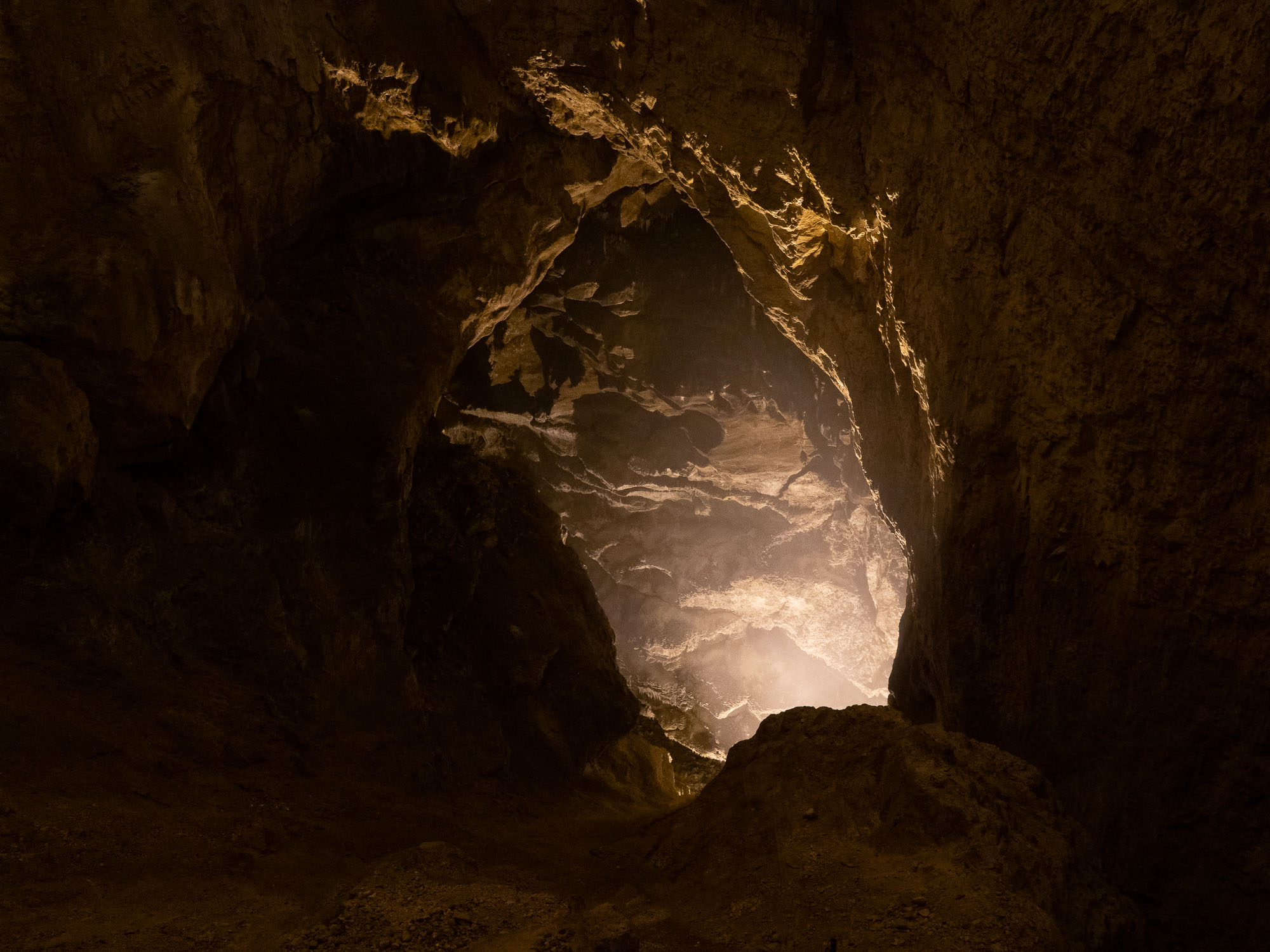
Into The Deep
Looking down into a part of the cave not accessible on the walkway, past the third and tallest chamber with an impressive height of 120m.
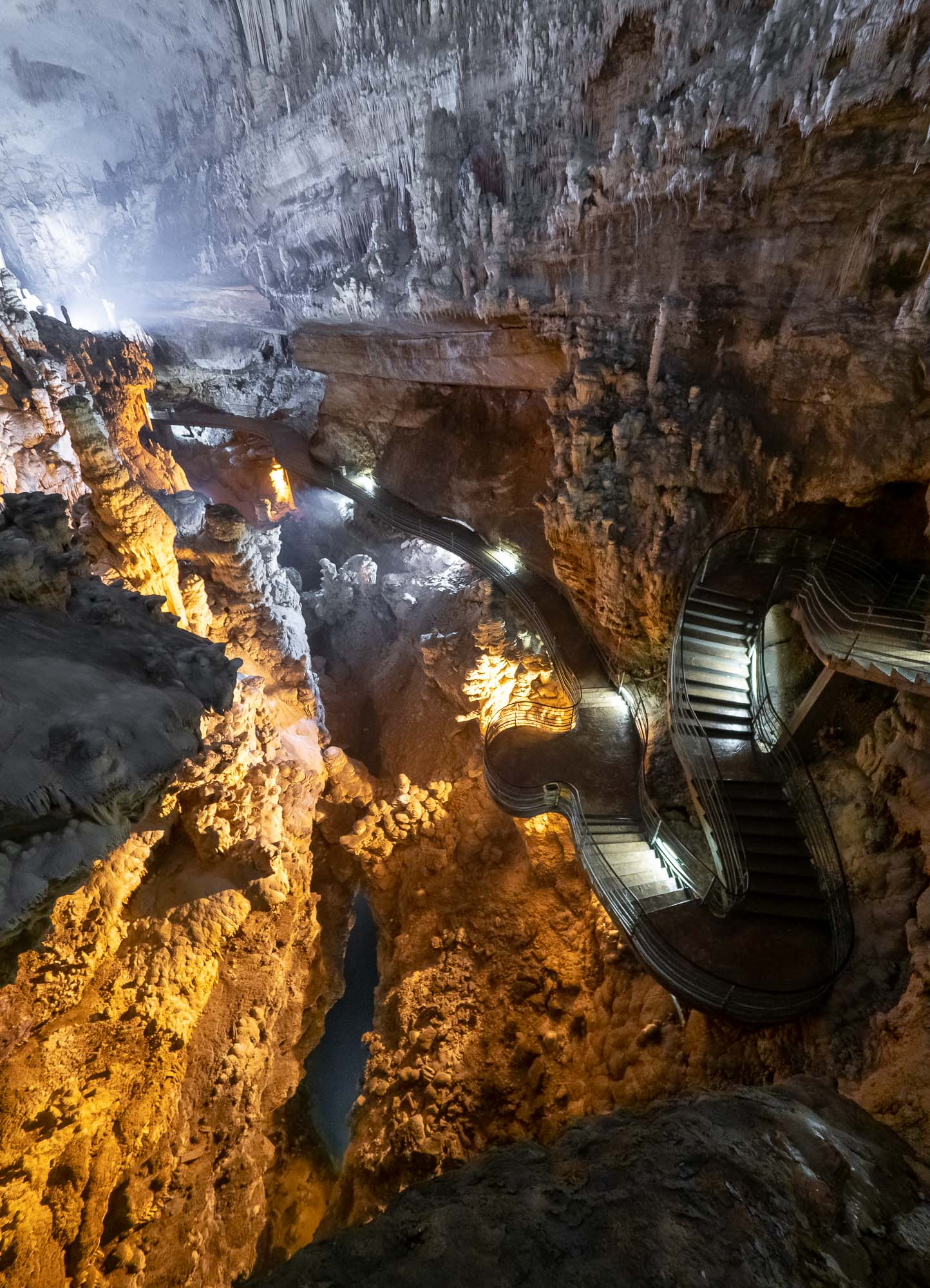
River
The underground river that runs into the second ower grotto, provides drinking water to more than 1 million people. You can get a glimpse of it on the bottom center in this photo.

Water
A close up between the tight gaps in the rocks reveals the river, 50m down from the platform.
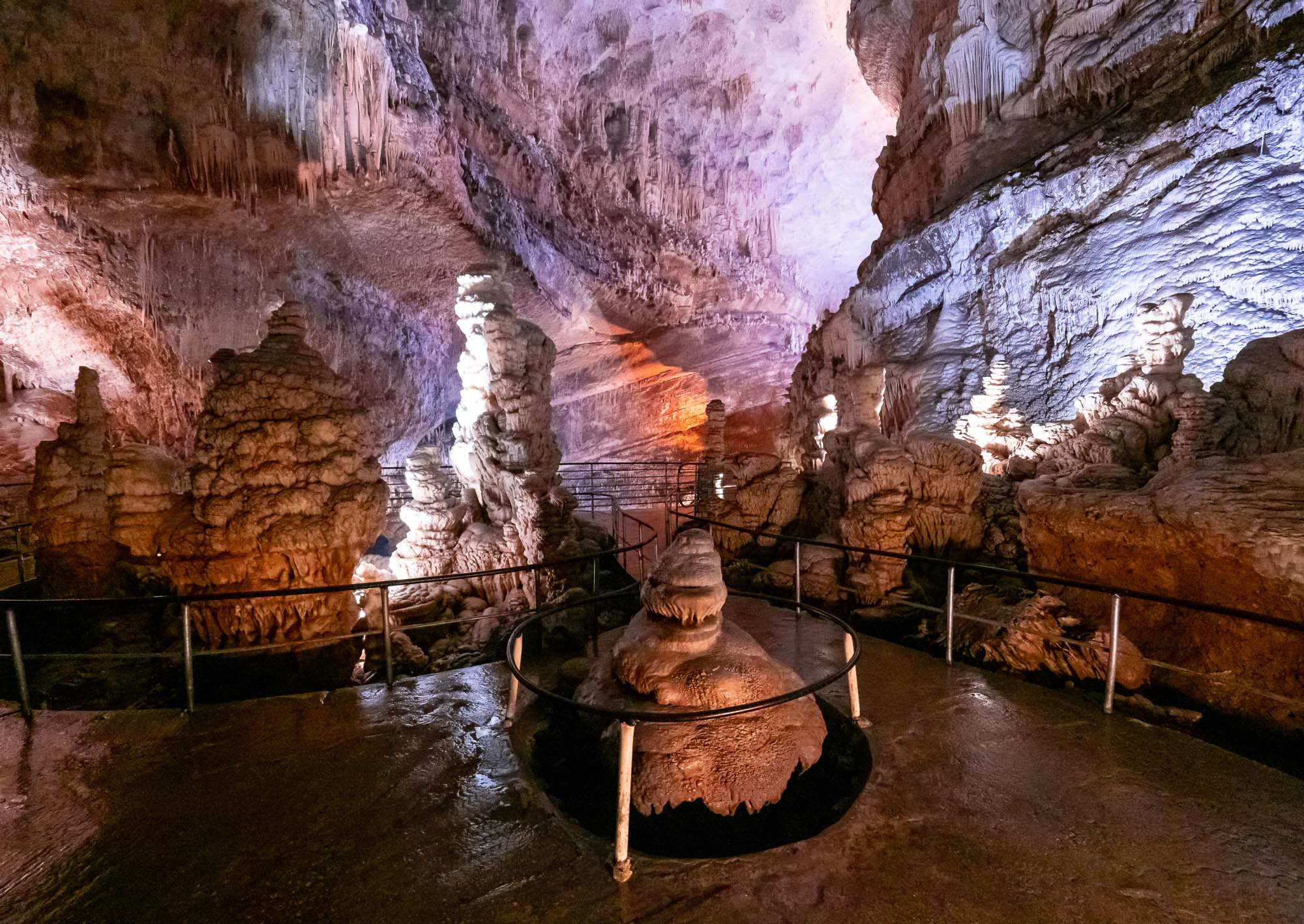
Walkway
A total of the three chambers are accessible to tourists in the Upper Cave, lined with walkways to avoid damaging the natural environment.
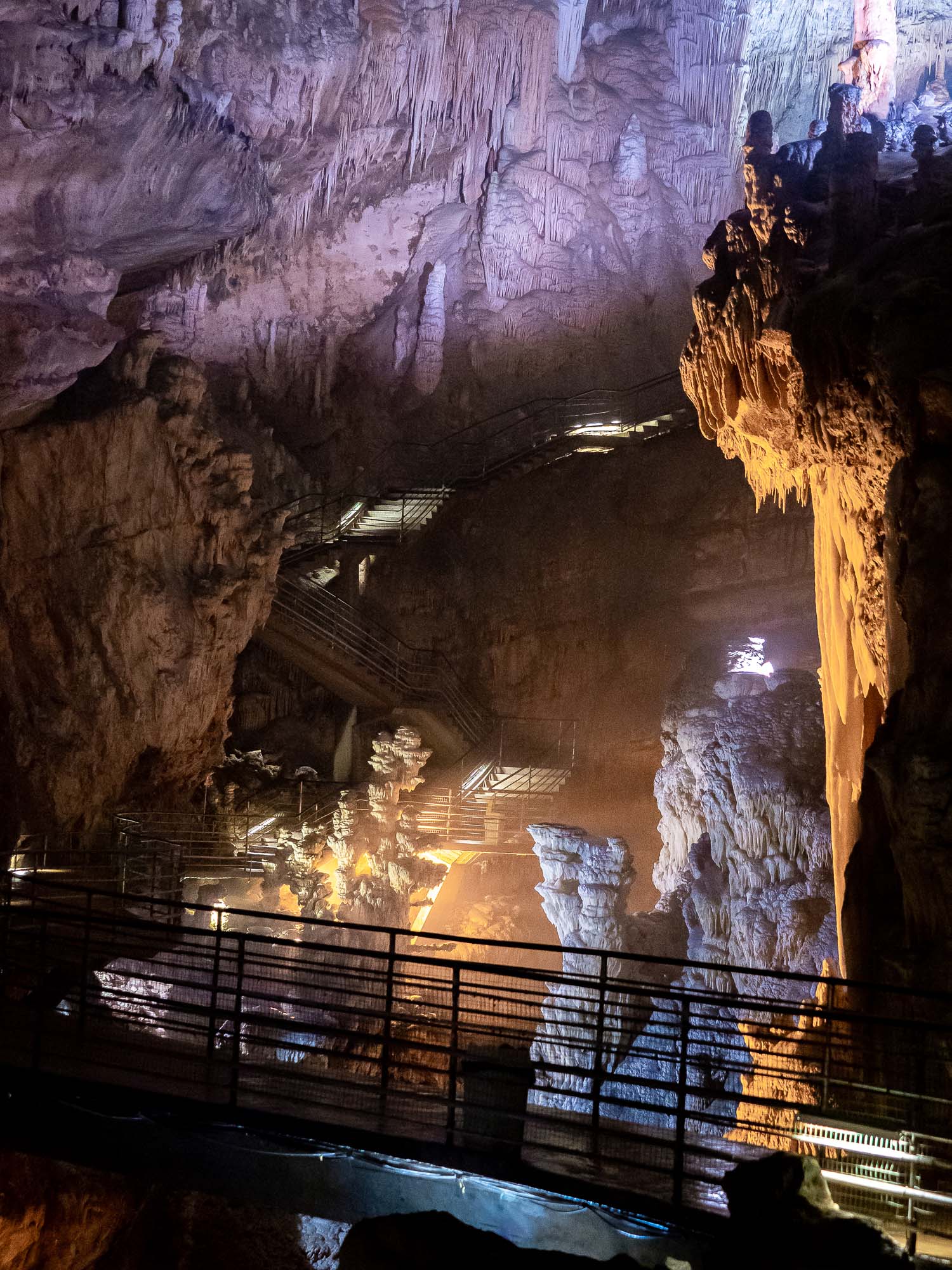
Climb
As you make your way up the 5th or 6th flight of stairs, you truly start to appreciate the size of the chambers.
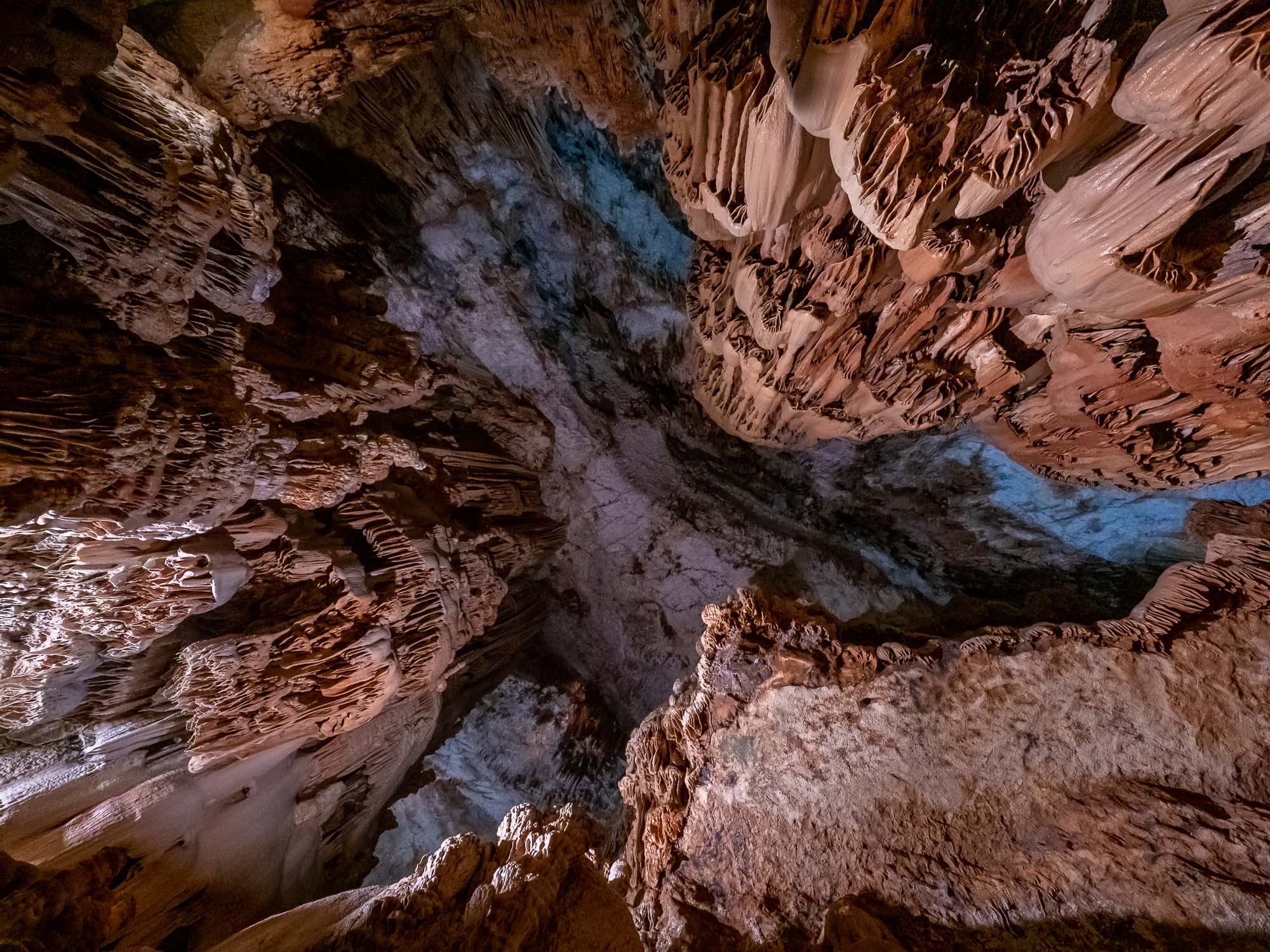
Upwards
A view upwards in between the karstic limestone rock formations.
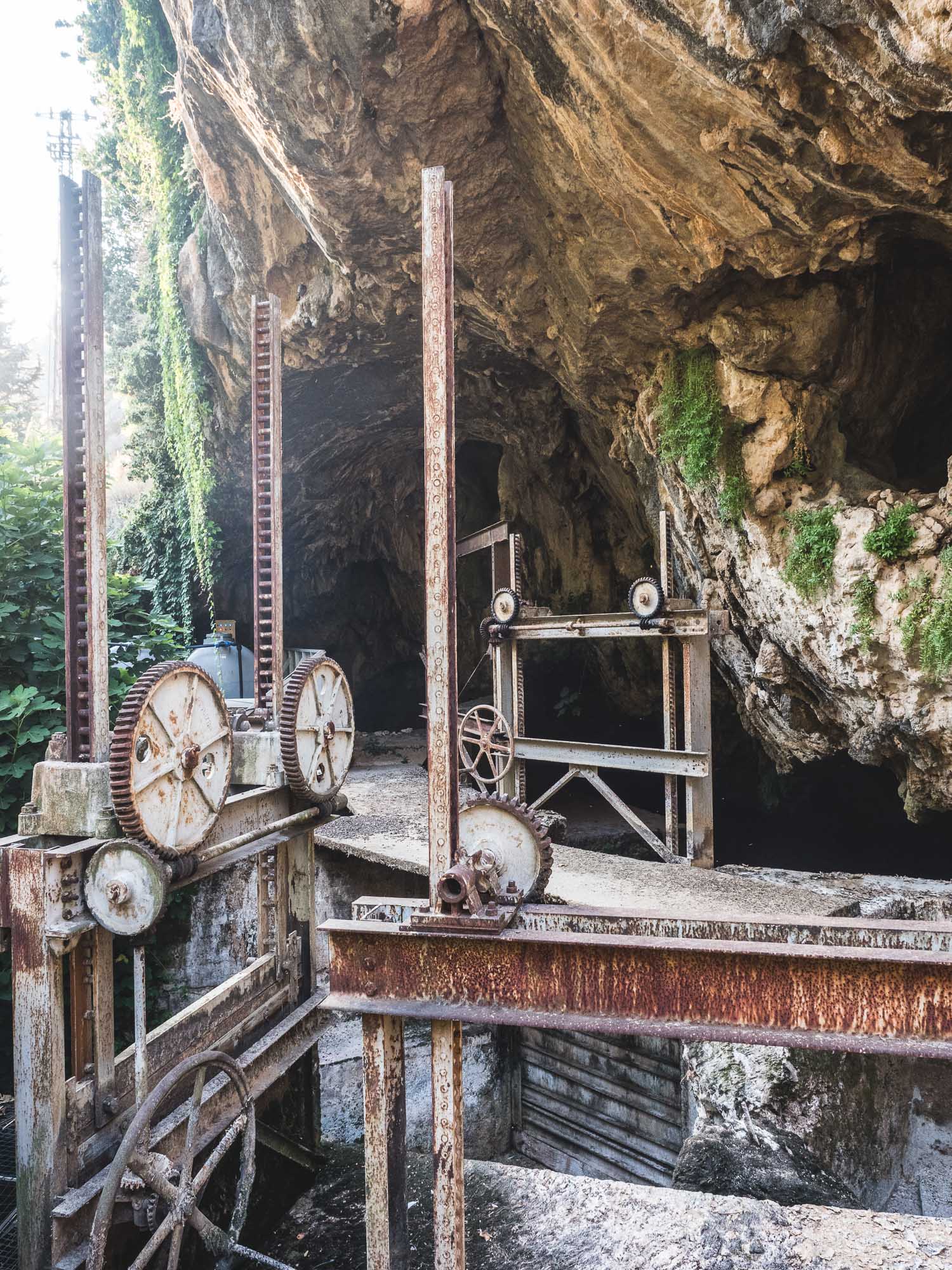
Flow Control
Water dams and valves have been set up to control the power of the river out of the grotto.
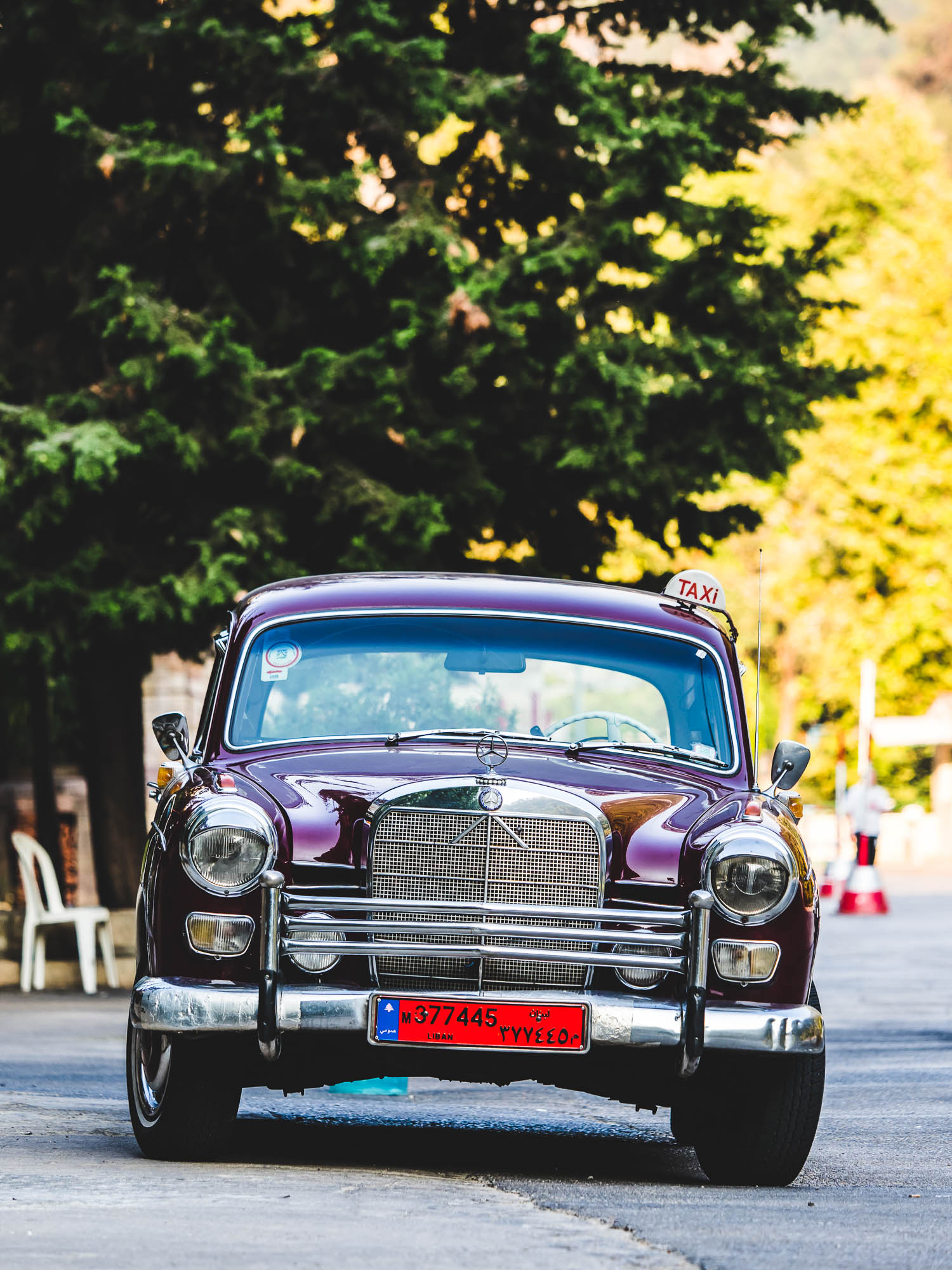
Classic
There are many old cars in Lebanon, but not many in this condition.
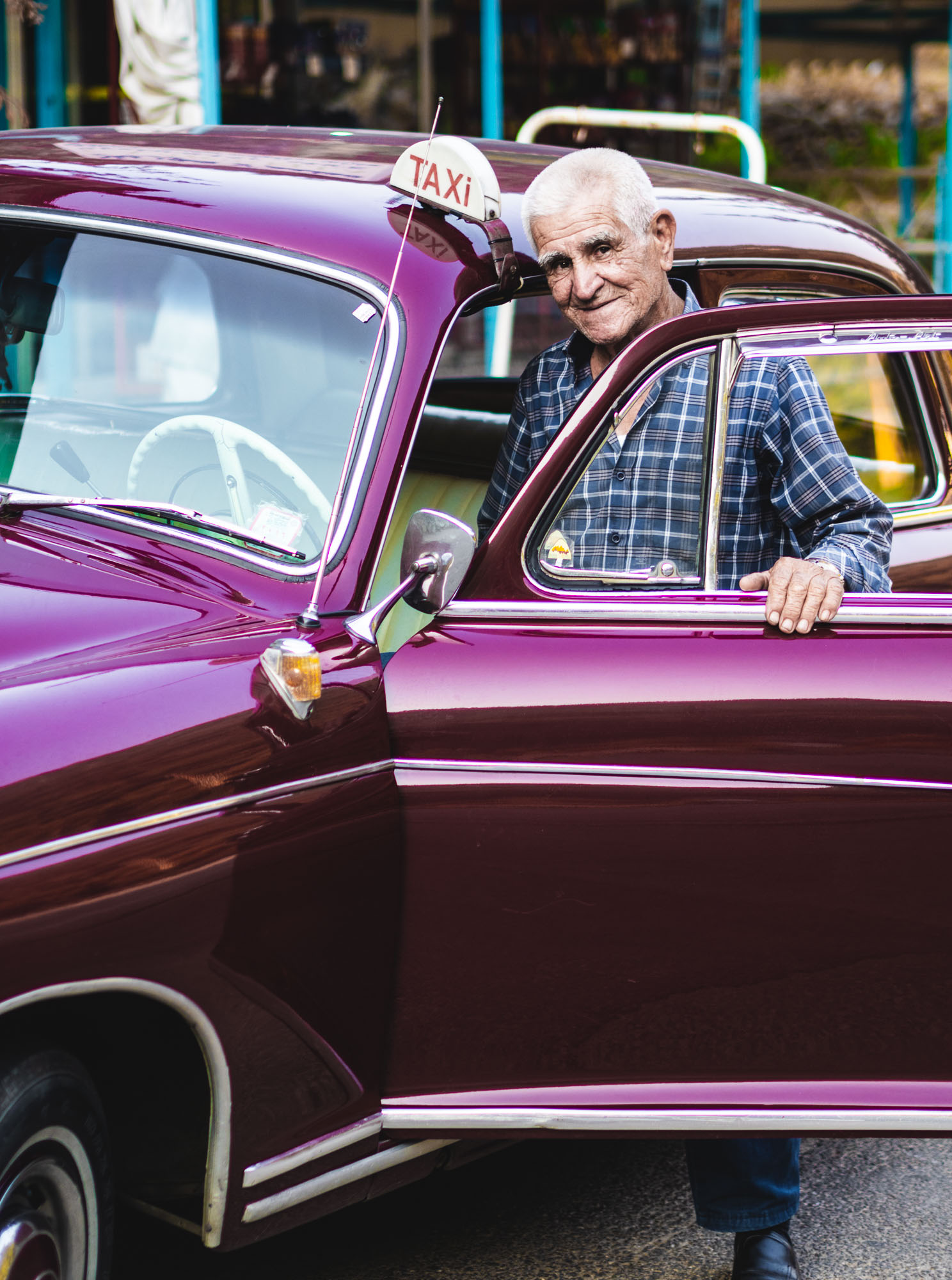
Owner
The owner is visibly proud of his vehicle.
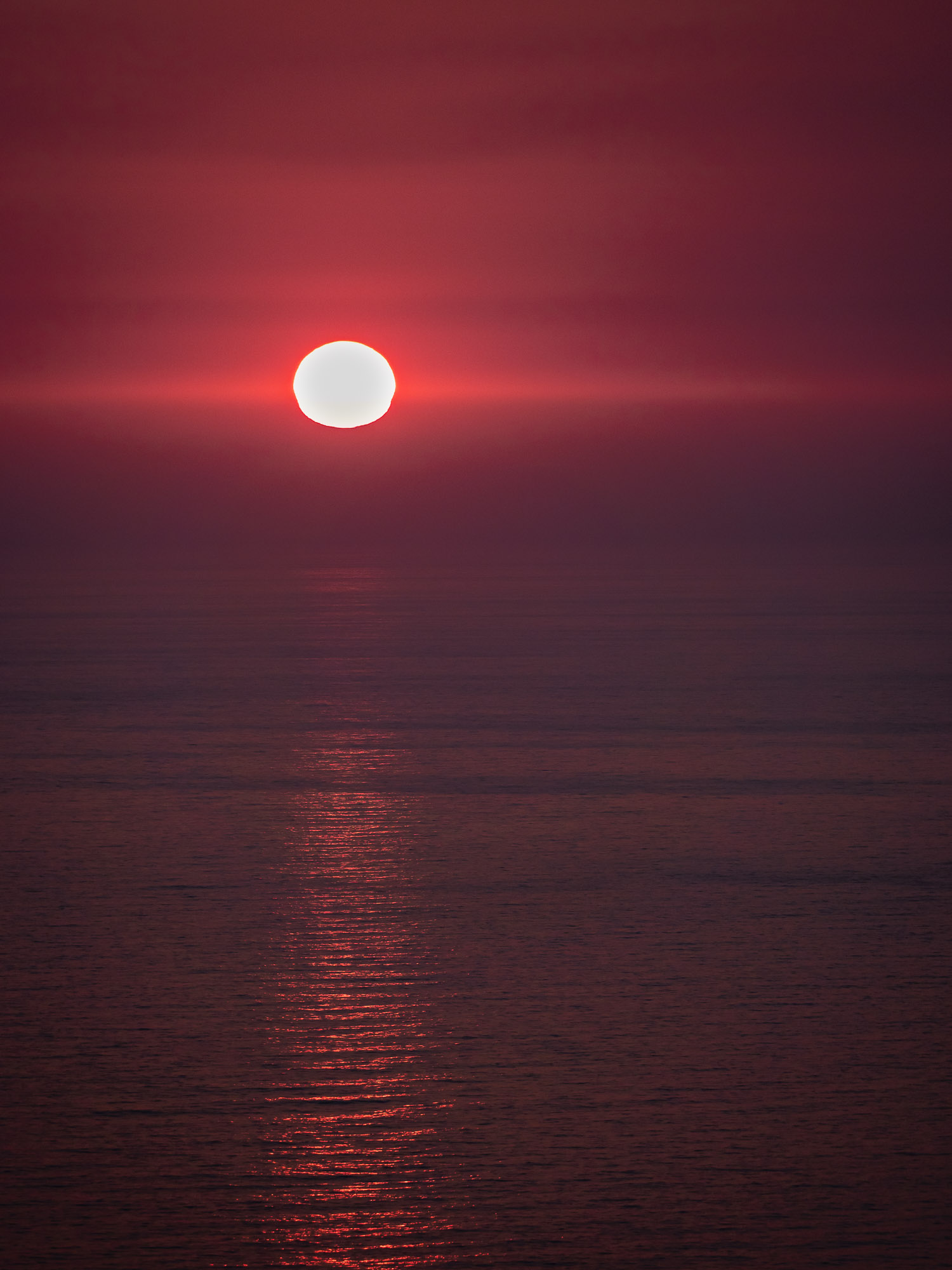
Last Evening
The end of my stay came with a beautiful red sunset and a nice dinner with the people that were the reason for the trip.